Shows
 PAINWeek PodcastsBack to the Future: Current and Future Opioid Abuse Risk Assessment and Mitigation StrategiesCurrent and Future Opioid Abuse Risk Assessment and Mitigation Strategies
Both chronic pain and the harms associated with prescription opioid abuse, including serious adverse events and fatalities, are enormous public health problems. Opioid therapy has been a cornerstone of a multimodal approach to the management of chronic pain. However, the increased rate of opioid prescriptions has been paralleled by the abuse of prescription opioids in the US, escalating more than 113% between 2004 and 2013. Recent clinical guidelines and professional society position papers for opioid prescribing recommend that prior to initiating opioid therapy in selected candidates, providers should screen patients to identify those...2020-05-1448 min
PAINWeek PodcastsBack to the Future: Current and Future Opioid Abuse Risk Assessment and Mitigation StrategiesCurrent and Future Opioid Abuse Risk Assessment and Mitigation Strategies
Both chronic pain and the harms associated with prescription opioid abuse, including serious adverse events and fatalities, are enormous public health problems. Opioid therapy has been a cornerstone of a multimodal approach to the management of chronic pain. However, the increased rate of opioid prescriptions has been paralleled by the abuse of prescription opioids in the US, escalating more than 113% between 2004 and 2013. Recent clinical guidelines and professional society position papers for opioid prescribing recommend that prior to initiating opioid therapy in selected candidates, providers should screen patients to identify those...2020-05-1448 min PAINWeek PodcastsThe Unbearable Lightness of…Multimodal Treatment PlansThe nitty-gritty of medication prescribing in a patient population that often feels voiceless or powerless in their quest for pain relief while also battling addiction.
Now more than ever, the opioid crisis and the overwhelming need to treat chronic pain are colliding. It used to just be we worried about opioid use in substance use disorder (SUD) patients, but now even some nonopioid pain medications have become drugs of abuse or have been found to potentially increase the risk for opioid overdose. In addition to providing naloxone education and counseling, learn how to balance the PROs and CONs, or risks...2020-05-1450 min
PAINWeek PodcastsThe Unbearable Lightness of…Multimodal Treatment PlansThe nitty-gritty of medication prescribing in a patient population that often feels voiceless or powerless in their quest for pain relief while also battling addiction.
Now more than ever, the opioid crisis and the overwhelming need to treat chronic pain are colliding. It used to just be we worried about opioid use in substance use disorder (SUD) patients, but now even some nonopioid pain medications have become drugs of abuse or have been found to potentially increase the risk for opioid overdose. In addition to providing naloxone education and counseling, learn how to balance the PROs and CONs, or risks...2020-05-1450 min PAINWeek PodcastsHow to Live in Your Discomfort Zone Without OpioidsPain Management Strategies for the Geriatric Population
This session will examine pain relief options for the elderly population, focusing mainly on the use of spinal orthoses as a way to reduce or eliminate the use of opioids in the elderly. Statistics have shown, in no uncertain terms, the aging of the American population. With this increase in the elderly population comes a substantial rise in the number of patients living in pain due to various spinal afflictions, from fractures to scoliosis to kyphosis, disc issues, and beyond. Due to the aging population plus the widespread opioid epidemic, practitioners need to...2019-08-2842 min
PAINWeek PodcastsHow to Live in Your Discomfort Zone Without OpioidsPain Management Strategies for the Geriatric Population
This session will examine pain relief options for the elderly population, focusing mainly on the use of spinal orthoses as a way to reduce or eliminate the use of opioids in the elderly. Statistics have shown, in no uncertain terms, the aging of the American population. With this increase in the elderly population comes a substantial rise in the number of patients living in pain due to various spinal afflictions, from fractures to scoliosis to kyphosis, disc issues, and beyond. Due to the aging population plus the widespread opioid epidemic, practitioners need to...2019-08-2842 min PAINWeek PodcastsThe Treatment of Neuropathies and Neuropathic PainClinical Applications of Electronic Signal Treatment and the Combined Electrochemical Treatment: A New Method
Combined electrochemical treatment (CET) uses local anesthetics and with electronic signal treatment (EST) to mitigate/eliminate pain, allodynia, numbness, and other symptoms of neuropathic and chronic pain. Its physiological actions are understood using the principles of physics, not pharmacology. CET treats all causes of peripheral neuropathy and patients experience reduction of pain, dysesthesias, allodynia, numbness; an increase in strength; improvement in motor function, balance, and improved QoL. EST provides an alternative to steroids due to profound anti-inflammatory effects with evidence showing boosting of immune function. Central...2019-08-2751 min
PAINWeek PodcastsThe Treatment of Neuropathies and Neuropathic PainClinical Applications of Electronic Signal Treatment and the Combined Electrochemical Treatment: A New Method
Combined electrochemical treatment (CET) uses local anesthetics and with electronic signal treatment (EST) to mitigate/eliminate pain, allodynia, numbness, and other symptoms of neuropathic and chronic pain. Its physiological actions are understood using the principles of physics, not pharmacology. CET treats all causes of peripheral neuropathy and patients experience reduction of pain, dysesthesias, allodynia, numbness; an increase in strength; improvement in motor function, balance, and improved QoL. EST provides an alternative to steroids due to profound anti-inflammatory effects with evidence showing boosting of immune function. Central...2019-08-2751 min PAINWeek PodcastsAssessing and Managing Comorbidities in Chronic Pain PatientsBridges to Babylon
Individuals who suffer from chronic pain often present with significant medical and psychiatric comorbidities that can exacerbate the pain experience and contribute to a further erosion of quality of life and disability. In this current climate of reducing the reliance on opioids or opioid sparing it is essential that clinicians effectively and efficiently identify and manage these comorbidities. This presentation will provide an overview of the prevalence of common comorbidities, assessment strategies, and pharmacologic and nonpharmacologic interventions in patients with chronic pain. (Recorded at PAINWeek 2018)2019-08-2747 min
PAINWeek PodcastsAssessing and Managing Comorbidities in Chronic Pain PatientsBridges to Babylon
Individuals who suffer from chronic pain often present with significant medical and psychiatric comorbidities that can exacerbate the pain experience and contribute to a further erosion of quality of life and disability. In this current climate of reducing the reliance on opioids or opioid sparing it is essential that clinicians effectively and efficiently identify and manage these comorbidities. This presentation will provide an overview of the prevalence of common comorbidities, assessment strategies, and pharmacologic and nonpharmacologic interventions in patients with chronic pain. (Recorded at PAINWeek 2018)2019-08-2747 min PAINWeek PodcastsThe Problem of Prolonged Withdrawal Syndrome (PWS)Benzodiazepines and "Z" Drugs for Pain Patients
Benzodiazepines and ‘Z’ drugs are frequently coprescribed to pain patients. They were developed for legitimate medical needs, but unbridled success and application has led to serious problems, some of which are known. The potential extreme duration of the withdrawal syndrome, however, is virtually unknown by providers and regulators. Patients suffer, not knowing the symptoms have a cause and not having medical professionals to turn to for help. They may become “difficult” patients, marginalized, or told that their symptoms are psychological. Paradoxically, the simplicity and success of GABA-A receptor knowledge has distracted from studying other ph...2019-08-271h 02
PAINWeek PodcastsThe Problem of Prolonged Withdrawal Syndrome (PWS)Benzodiazepines and "Z" Drugs for Pain Patients
Benzodiazepines and ‘Z’ drugs are frequently coprescribed to pain patients. They were developed for legitimate medical needs, but unbridled success and application has led to serious problems, some of which are known. The potential extreme duration of the withdrawal syndrome, however, is virtually unknown by providers and regulators. Patients suffer, not knowing the symptoms have a cause and not having medical professionals to turn to for help. They may become “difficult” patients, marginalized, or told that their symptoms are psychological. Paradoxically, the simplicity and success of GABA-A receptor knowledge has distracted from studying other ph...2019-08-271h 02 PAINWeek PodcastsIV Naloxone Infusion: A Hidden GemDespite the current opioid crisis, opioids remain the mainstay of analgesic therapy. They are associated with a multitude of side effects, including respiratory depression, pruritus, nausea, vomiting, urinary retention, ileus, and constipation. Beyond certain doses and duration of intake that vary from patient to patient, opioids can also induce a state of paradoxical hyperalgesia. Among these side effects, opioid induced ileus, urinary retention, and opioid induced hyperalgesia contribute to unnecessary prolongation of hospital length of stay. Naloxone is a well known antagonist used to reverse opioid induced respiratory depression. There is evidence supporting the use of low dose IV naloxone...2019-08-2746 min
PAINWeek PodcastsIV Naloxone Infusion: A Hidden GemDespite the current opioid crisis, opioids remain the mainstay of analgesic therapy. They are associated with a multitude of side effects, including respiratory depression, pruritus, nausea, vomiting, urinary retention, ileus, and constipation. Beyond certain doses and duration of intake that vary from patient to patient, opioids can also induce a state of paradoxical hyperalgesia. Among these side effects, opioid induced ileus, urinary retention, and opioid induced hyperalgesia contribute to unnecessary prolongation of hospital length of stay. Naloxone is a well known antagonist used to reverse opioid induced respiratory depression. There is evidence supporting the use of low dose IV naloxone...2019-08-2746 min PAINWeek PodcastsThe Right Drug, the Right Patient, the Right TimeThe content of this presentation will encourage audience participation. The “rights” section—drug, patient, time—will enable participants to reflect on medical malpractice cases where these rights were initiated in less than adequate outcomes and fell below the standard of care. Additionally, attendees will come to understand the pharmacokinetic challenges often reflected in the treatment of the geriatric patient, and there will be discussion of the various opioid metabolism routes of substrate, inducer, and inhibitor pathways. (Recorded at PAINWeek 2018)2019-08-271h 16
PAINWeek PodcastsThe Right Drug, the Right Patient, the Right TimeThe content of this presentation will encourage audience participation. The “rights” section—drug, patient, time—will enable participants to reflect on medical malpractice cases where these rights were initiated in less than adequate outcomes and fell below the standard of care. Additionally, attendees will come to understand the pharmacokinetic challenges often reflected in the treatment of the geriatric patient, and there will be discussion of the various opioid metabolism routes of substrate, inducer, and inhibitor pathways. (Recorded at PAINWeek 2018)2019-08-271h 16 PAINWeek PodcastsFocusing on the Patient, Not the OpioidPolicies and Practicalities
The current opioid epidemic has resulted in numerous professional and society guidelines focused on safe opioid prescribing. In addition, policymakers have focused on state legislation to limit the duration of opioid prescribing for acute pain. As a result of the increased scrutiny, prescribers have shifted their focus to limiting opioid prescribing for patients with chronic noncancer pain. Now, more than ever, evidence based behavioral treatment modalities are essential for fostering pain coping skills and providing support as part of optimal interdisciplinary pain management. This course will begin with a brief review of the opioid epidemic. Current opioid...2019-08-2752 min
PAINWeek PodcastsFocusing on the Patient, Not the OpioidPolicies and Practicalities
The current opioid epidemic has resulted in numerous professional and society guidelines focused on safe opioid prescribing. In addition, policymakers have focused on state legislation to limit the duration of opioid prescribing for acute pain. As a result of the increased scrutiny, prescribers have shifted their focus to limiting opioid prescribing for patients with chronic noncancer pain. Now, more than ever, evidence based behavioral treatment modalities are essential for fostering pain coping skills and providing support as part of optimal interdisciplinary pain management. This course will begin with a brief review of the opioid epidemic. Current opioid...2019-08-2752 min PAINWeek PodcastsSolutions to Counterfeit MedicinesCounterfeit medicine and counterfeit medical services pose a clear and present danger to our society. While we have all heard of the opioid epidemic, many of us are not aware that a great deal of the morbidity and mortality within the opioid epidemic is caused by legal and illegal counterfeit medicine and counterfeit pain providers. According to the World Health Organization, global sales of counterfeit products in the pharmaceutical industry alone accounted for $431 billion in 2012. Counterfeit pharmaceuticals alone account for up to $200 billion in losses per year. Over the last few years, I have discussed this topic in detail and...2019-08-271h 02
PAINWeek PodcastsSolutions to Counterfeit MedicinesCounterfeit medicine and counterfeit medical services pose a clear and present danger to our society. While we have all heard of the opioid epidemic, many of us are not aware that a great deal of the morbidity and mortality within the opioid epidemic is caused by legal and illegal counterfeit medicine and counterfeit pain providers. According to the World Health Organization, global sales of counterfeit products in the pharmaceutical industry alone accounted for $431 billion in 2012. Counterfeit pharmaceuticals alone account for up to $200 billion in losses per year. Over the last few years, I have discussed this topic in detail and...2019-08-271h 02 PAINWeek PodcastsPain Clinical TrialsThere are studies that must be performed in order to determine their clinical relevance. The process extends from bench top to bedside and incudes various special populations like pediatrics and geriatrics. This course addresses various elements related to the study of analgesics. Novel improved preclinical animal models in analgesic studies will be examined. The unique issues of unusually high placebo and nocebo effects in analgesic, which can lead to confusing results, will be discussed along with the role and responsibilities of acting as a principal investigator in an analgesic trial. This course will review the practical impact of new healthcare...2019-08-271h 41
PAINWeek PodcastsPain Clinical TrialsThere are studies that must be performed in order to determine their clinical relevance. The process extends from bench top to bedside and incudes various special populations like pediatrics and geriatrics. This course addresses various elements related to the study of analgesics. Novel improved preclinical animal models in analgesic studies will be examined. The unique issues of unusually high placebo and nocebo effects in analgesic, which can lead to confusing results, will be discussed along with the role and responsibilities of acting as a principal investigator in an analgesic trial. This course will review the practical impact of new healthcare...2019-08-271h 41 PAINWeek PodcastsFacilitating Treatment Adherence in Pain MedicineDo As I Say!
Surveys of healthcare providers indicate that one of the most distressing features of clinical practice is that of patient nonadherence. Its incidence in pain medicine is concerning: over 50% of patients with chronic noncancer pain are nonadherent with their prescribed exercise treatment and up to 62% of patients with chronic noncancer pain are nonadherent to psychopharmacological treatment. Nonadherence is a critical issue, not only because it undermines treatment effectiveness, but because it can waste limited resources and be dangerous, especially regarding medications. Although promoting adherence is an important component of clinical practice, unfortunately it’s rarely taught in me...2019-08-2751 min
PAINWeek PodcastsFacilitating Treatment Adherence in Pain MedicineDo As I Say!
Surveys of healthcare providers indicate that one of the most distressing features of clinical practice is that of patient nonadherence. Its incidence in pain medicine is concerning: over 50% of patients with chronic noncancer pain are nonadherent with their prescribed exercise treatment and up to 62% of patients with chronic noncancer pain are nonadherent to psychopharmacological treatment. Nonadherence is a critical issue, not only because it undermines treatment effectiveness, but because it can waste limited resources and be dangerous, especially regarding medications. Although promoting adherence is an important component of clinical practice, unfortunately it’s rarely taught in me...2019-08-2751 min PAINWeek PodcastsPain, Drugs, and EthicsPain remains one of the most common reasons that people seek medical attention in the United States. When pain was designated as the fifth vital sign, people were given the right to have their pain assessed and effectively treated by their healthcare professionals. A number of ethical dilemmas have surfaced since, including the increased prescribing of opioid medications for patients with chronic pain, in the face of also increasing rates of abuse, misuse, and addiction related to these medications. The “opioid overdose epidemic/crisis” has led us to the challenge of balancing the safe, compassionate, and effective treatment of chronic pain...2019-08-2751 min
PAINWeek PodcastsPain, Drugs, and EthicsPain remains one of the most common reasons that people seek medical attention in the United States. When pain was designated as the fifth vital sign, people were given the right to have their pain assessed and effectively treated by their healthcare professionals. A number of ethical dilemmas have surfaced since, including the increased prescribing of opioid medications for patients with chronic pain, in the face of also increasing rates of abuse, misuse, and addiction related to these medications. The “opioid overdose epidemic/crisis” has led us to the challenge of balancing the safe, compassionate, and effective treatment of chronic pain...2019-08-2751 min PAINWeek PodcastsThe Impact of the CDC Guidelines on Practitioners and PatientsYear of the Locusts
The CDC guidelines have caused controversy and spurred heated discussion. Produced with a paucity of evidence based medicine, they were never evaluated and iterated in the manner of more appropriate guidelines. In this course, we will examine the guidelines and their effect on practitioners—primary care physicians, pain specialists, etc—and chronic pain noncancer patients as well as some chronic cancer patients. Many functioning patients have had their opioid dosages diminished, either in concert with their physician or forcibly, without any say in the matter. This, along with a marked reduction in the amount of legal opio...2019-08-271h 07
PAINWeek PodcastsThe Impact of the CDC Guidelines on Practitioners and PatientsYear of the Locusts
The CDC guidelines have caused controversy and spurred heated discussion. Produced with a paucity of evidence based medicine, they were never evaluated and iterated in the manner of more appropriate guidelines. In this course, we will examine the guidelines and their effect on practitioners—primary care physicians, pain specialists, etc—and chronic pain noncancer patients as well as some chronic cancer patients. Many functioning patients have had their opioid dosages diminished, either in concert with their physician or forcibly, without any say in the matter. This, along with a marked reduction in the amount of legal opio...2019-08-271h 07 PAINWeek PodcastsFrom Here to InfirmityThe reality of chronic pain can be sobering and depressing. The term “empathy” in the context of medical care may sometimes be confusing and misunderstood. This often results in the conveyance of sympathy—the “I’m sorry approach”—to patients suffering from chronic pain, which does not achieve the same goals as providing a compassionate, meaningful, and empathic relationship. Empathy is often defined as the capacity to understand or feel what another person is experiencing from their frame of reference: to “put oneself in someone else’s shoes.” Empathic listening may not be easy to achieve, but often may result in a much more grati...2019-08-2748 min
PAINWeek PodcastsFrom Here to InfirmityThe reality of chronic pain can be sobering and depressing. The term “empathy” in the context of medical care may sometimes be confusing and misunderstood. This often results in the conveyance of sympathy—the “I’m sorry approach”—to patients suffering from chronic pain, which does not achieve the same goals as providing a compassionate, meaningful, and empathic relationship. Empathy is often defined as the capacity to understand or feel what another person is experiencing from their frame of reference: to “put oneself in someone else’s shoes.” Empathic listening may not be easy to achieve, but often may result in a much more grati...2019-08-2748 min PAINWeek PodcastsNeurogenic Thoracic Outlet SyndromePain represents a foremost feature of neurogenic thoracic outlet syndrome (NTOS). Symptoms include ipsilateral upper extremity pain, sensory loss, shoulder and neck discomfort, arm paresis or edema, headache, and even sympathetic nervous system impairment. This presentation will cover an evidence based review of the classification, etiology, clinical presentation, diagnostic measures, and surgical treatment of NTOS with a focus on nonoperative therapies such as physical modalities, pharmacological therapies, and more contemporary minimally invasive, cervicothoracic intramuscular treatments with botulinum toxin. (Recorded at PAINWeek 2018)2019-08-2743 min
PAINWeek PodcastsNeurogenic Thoracic Outlet SyndromePain represents a foremost feature of neurogenic thoracic outlet syndrome (NTOS). Symptoms include ipsilateral upper extremity pain, sensory loss, shoulder and neck discomfort, arm paresis or edema, headache, and even sympathetic nervous system impairment. This presentation will cover an evidence based review of the classification, etiology, clinical presentation, diagnostic measures, and surgical treatment of NTOS with a focus on nonoperative therapies such as physical modalities, pharmacological therapies, and more contemporary minimally invasive, cervicothoracic intramuscular treatments with botulinum toxin. (Recorded at PAINWeek 2018)2019-08-2743 min PAINWeek PodcastsTapping Into Temperament and Pain With Music PsychotherapyHello Darkness My Old Friend
A myriad of medical conditions are accompanied by depression. Somatic pain is frequent in major depression and is found in 50% to 90% of depressed patients. Assessing pain accurately and, most particularly, knowing the trauma history and acknowledging its impact on functionality, may provide key information on how to most effectively treat pain associated with depression. The criteria for major depression is inclusive of symptoms that can be directly impacted by music psychotherapy: pain, fatigue, agitation, feelings of worthlessness, impeded thinking/concentration. This presentation will address common diseases such as heart disease, cancer, neurologic dysfunction, and multiple...2019-08-2727 min
PAINWeek PodcastsTapping Into Temperament and Pain With Music PsychotherapyHello Darkness My Old Friend
A myriad of medical conditions are accompanied by depression. Somatic pain is frequent in major depression and is found in 50% to 90% of depressed patients. Assessing pain accurately and, most particularly, knowing the trauma history and acknowledging its impact on functionality, may provide key information on how to most effectively treat pain associated with depression. The criteria for major depression is inclusive of symptoms that can be directly impacted by music psychotherapy: pain, fatigue, agitation, feelings of worthlessness, impeded thinking/concentration. This presentation will address common diseases such as heart disease, cancer, neurologic dysfunction, and multiple...2019-08-2727 min PAINWeek PodcastsUnstable Core or Unstable Theories?Steadying Our Understanding with the Evidence
Low back pain is one of the most prevalent, costly, and complex issues we face in rehab and medicine as a whole. It has been proposed that a large portion of back pain cases are due to core weakness or, as it’s commonly referred to, instability. This idea originated from the work of Paul Hodges and Peter O’Sullivan in the early 1990s. The idea caught like wild fire, infiltrating university level classes, continuing professional education courses, and subsequently shaping societal beliefs about backs and back pain causes. Fitness, rehabilitation, and medical professionals freq...2019-08-2741 min
PAINWeek PodcastsUnstable Core or Unstable Theories?Steadying Our Understanding with the Evidence
Low back pain is one of the most prevalent, costly, and complex issues we face in rehab and medicine as a whole. It has been proposed that a large portion of back pain cases are due to core weakness or, as it’s commonly referred to, instability. This idea originated from the work of Paul Hodges and Peter O’Sullivan in the early 1990s. The idea caught like wild fire, infiltrating university level classes, continuing professional education courses, and subsequently shaping societal beliefs about backs and back pain causes. Fitness, rehabilitation, and medical professionals freq...2019-08-2741 min PAINWeek PodcastsAcute Pain Management for Patients on BuprenorphineTo Dream the Impossible Dream
With our current climate of opioid overuse and increasing opioid related deaths, alternatives to pure mu opioids are necessary. Buprenorphine, an important weapon in the arsenal for management of substance use disorder, is now rising in popularity as an opioid option for chronic pain. Evidence has demonstrated efficacy for various chronic pain conditions with less risk of adverse effects, such as the development of tolerance and respiratory depression. With increasing utilization, patients on chronic buprenorphine therapy are now more frequently being admitted to hospitals with severe acute pain due to surgery or trauma. A partial...2019-08-2741 min
PAINWeek PodcastsAcute Pain Management for Patients on BuprenorphineTo Dream the Impossible Dream
With our current climate of opioid overuse and increasing opioid related deaths, alternatives to pure mu opioids are necessary. Buprenorphine, an important weapon in the arsenal for management of substance use disorder, is now rising in popularity as an opioid option for chronic pain. Evidence has demonstrated efficacy for various chronic pain conditions with less risk of adverse effects, such as the development of tolerance and respiratory depression. With increasing utilization, patients on chronic buprenorphine therapy are now more frequently being admitted to hospitals with severe acute pain due to surgery or trauma. A partial...2019-08-2741 min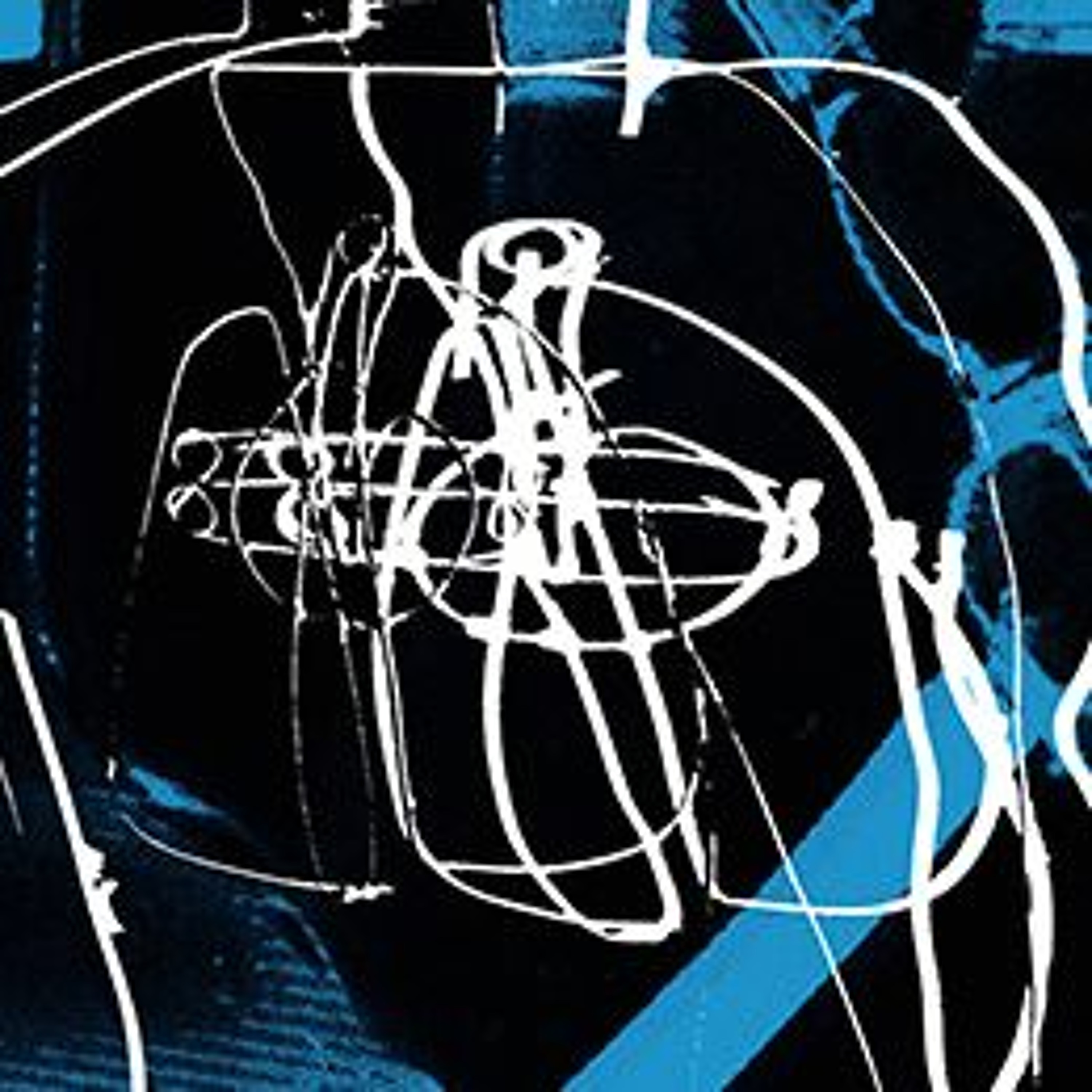 PAINWeek PodcastsThe Trifecta: Support for Chronic Pain ManagementCentral Sensitization, Opioid Tapering, and Educational Support
Chronic pain involves a complex process, with an underlying pathophysiology that is now understood to involve a sensitized state. Understanding the etiology is essential to selecting appropriate treatment modalities. It is also essential to educate patients in a way that can be understood and incorporated into their lives and treatment plans. In this session, cases will be used to highlight clinical decision making and pain management options for patients experiencing chronic pain and central sensitization. We will focus on tapering opioids as part of this management plan, discuss how to taper and which...2019-08-2748 min
PAINWeek PodcastsThe Trifecta: Support for Chronic Pain ManagementCentral Sensitization, Opioid Tapering, and Educational Support
Chronic pain involves a complex process, with an underlying pathophysiology that is now understood to involve a sensitized state. Understanding the etiology is essential to selecting appropriate treatment modalities. It is also essential to educate patients in a way that can be understood and incorporated into their lives and treatment plans. In this session, cases will be used to highlight clinical decision making and pain management options for patients experiencing chronic pain and central sensitization. We will focus on tapering opioids as part of this management plan, discuss how to taper and which...2019-08-2748 min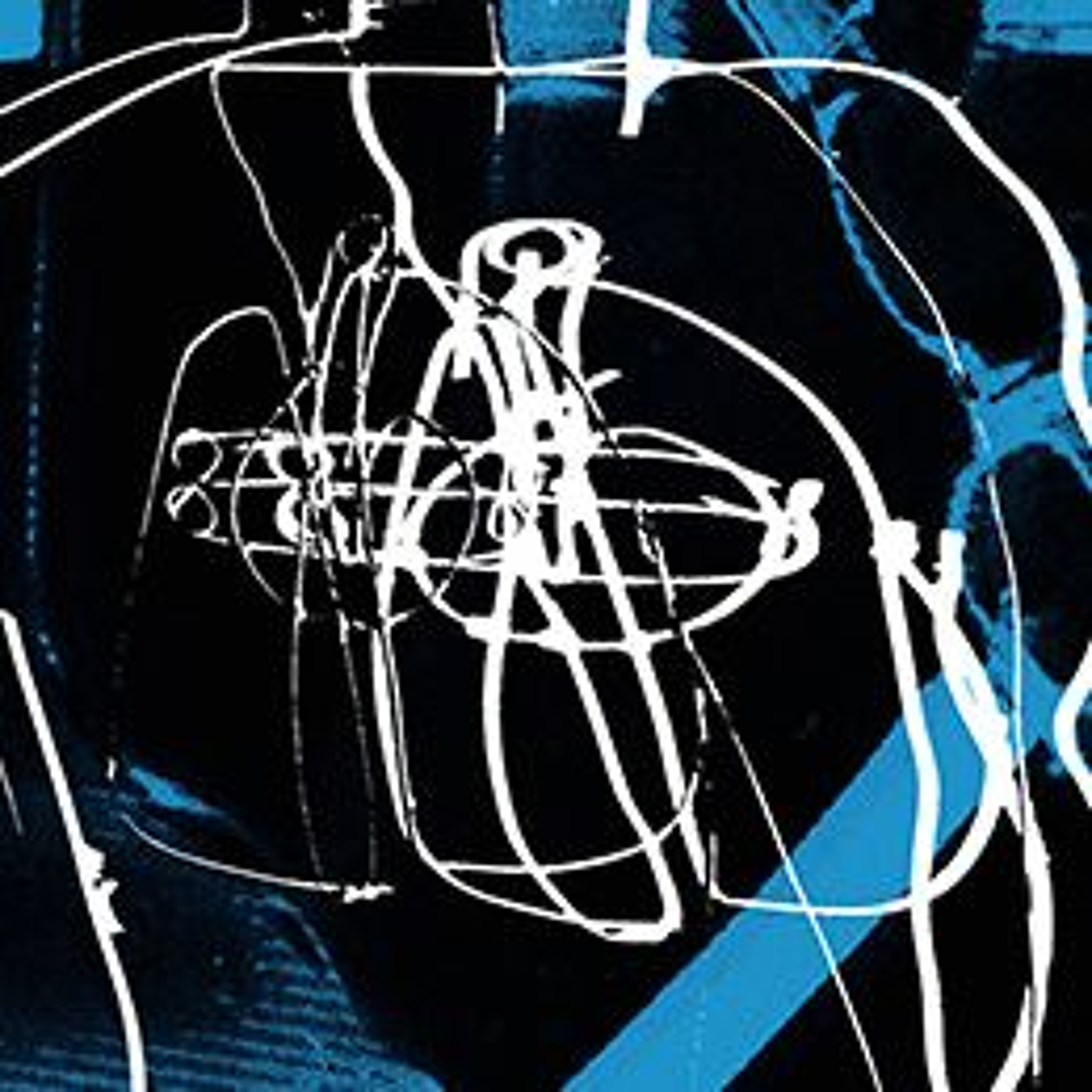 PAINWeek PodcastsAre Bootleg Fentanyls the New Pill Mills?The number of deaths from prescription opioids from 2014 to 2016 were essentially unchanged, but deaths from illicit fentanyl derivatives over the same time period increased by almost 650%. Between 2010 and 2015, we know that by county, prescribed morphine daily dose equivalents (MEDD) per capita decreased by about 50% and remained stable in about 30%. We also know that during the same time span, overall opioid prescribing rates by county decreased about 50% and remained stable at 34%. Additionally, between 2010 and 2015, the average daily MEDD per prescription dropped by 72%, remained the same in 26%, and increased only by 2% per county. Heroin related deaths have skyrocketed over the last 2 years...2019-08-2759 min
PAINWeek PodcastsAre Bootleg Fentanyls the New Pill Mills?The number of deaths from prescription opioids from 2014 to 2016 were essentially unchanged, but deaths from illicit fentanyl derivatives over the same time period increased by almost 650%. Between 2010 and 2015, we know that by county, prescribed morphine daily dose equivalents (MEDD) per capita decreased by about 50% and remained stable in about 30%. We also know that during the same time span, overall opioid prescribing rates by county decreased about 50% and remained stable at 34%. Additionally, between 2010 and 2015, the average daily MEDD per prescription dropped by 72%, remained the same in 26%, and increased only by 2% per county. Heroin related deaths have skyrocketed over the last 2 years...2019-08-2759 min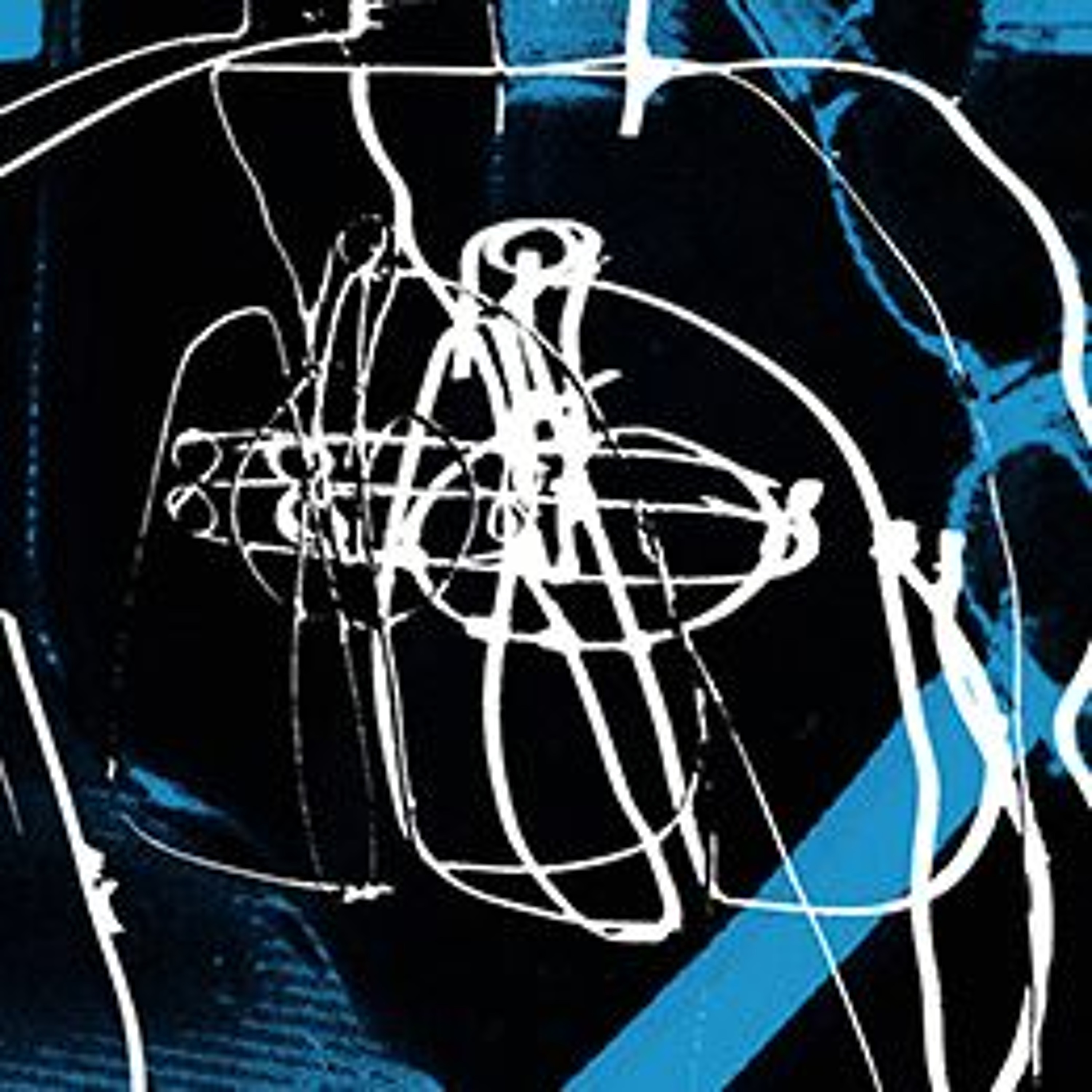 PAINWeek PodcastsSpasms vs Spasticity: Causes and TreatmentsIn professional practice, numerous medications are disguised as “muscle relaxants”; however, just how many actually are true relaxants of peripheral muscle? In this discussion on the overall classes of muscle relaxants, we will endeavor to evaluate these medications based on respective mechanisms of action and truly decipher just what type of medications the stereotypical “muscle relaxants” actually are. We will also aim to improve patient care by providing a strategic thought process into the appropriate selection of these medications for use in patients with muscle spasticity and/or muscle spasms. At the conclusion of our discussion, we will be able to decla...2019-08-2746 min
PAINWeek PodcastsSpasms vs Spasticity: Causes and TreatmentsIn professional practice, numerous medications are disguised as “muscle relaxants”; however, just how many actually are true relaxants of peripheral muscle? In this discussion on the overall classes of muscle relaxants, we will endeavor to evaluate these medications based on respective mechanisms of action and truly decipher just what type of medications the stereotypical “muscle relaxants” actually are. We will also aim to improve patient care by providing a strategic thought process into the appropriate selection of these medications for use in patients with muscle spasticity and/or muscle spasms. At the conclusion of our discussion, we will be able to decla...2019-08-2746 min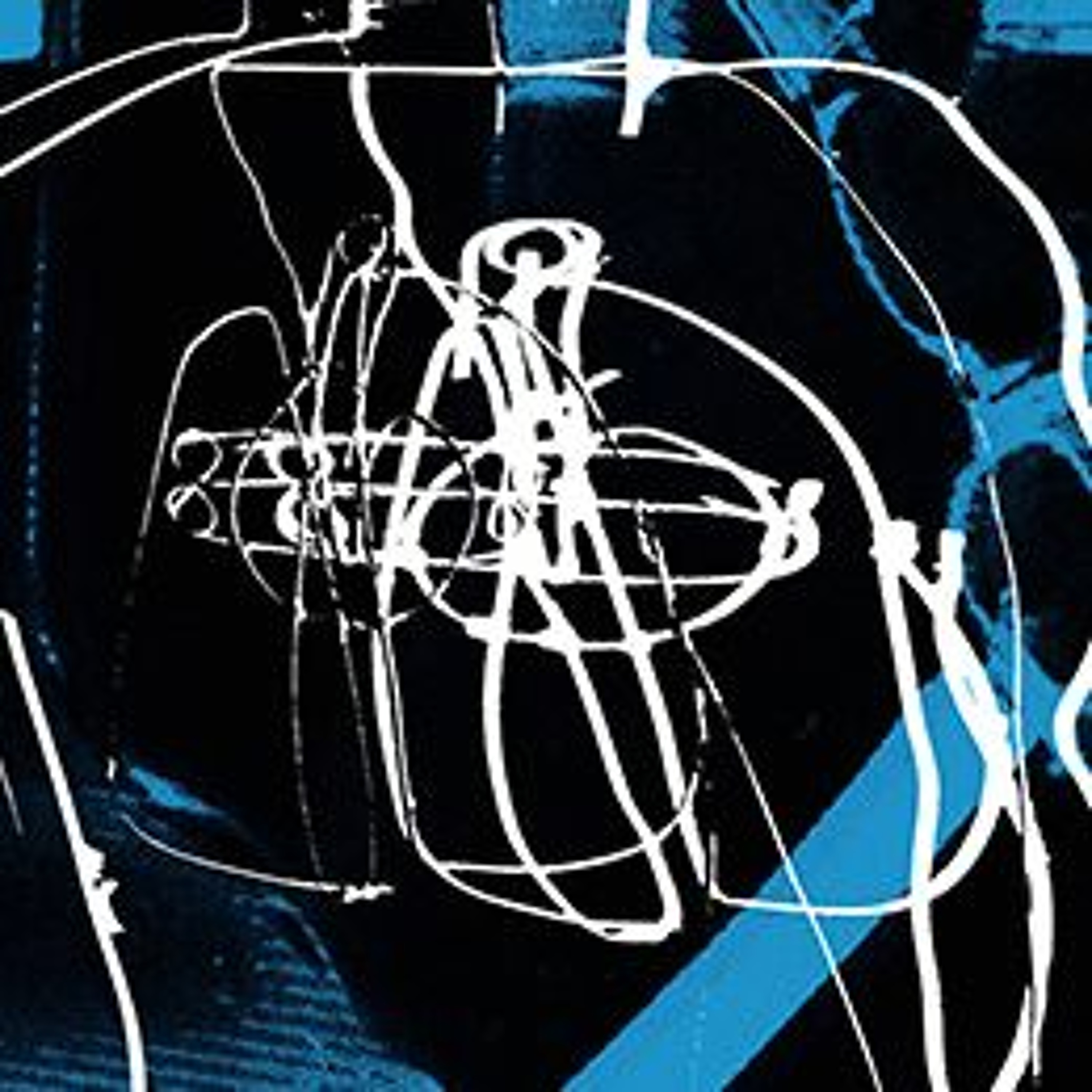 PAINWeek PodcastsNonopioid Analgesics, Adjuvants, and AntidepressantsWhen treating acute and chronic pain conditions, there is a need for “balanced” analgesia or multimodal analgesia. These are cases in which opioids as monotherapy are rarely appropriate. The therapeutic role of adjuvant analgesics is to increase the therapeutic index of opioids by producing an opioid-sparing effect. The use of nonopioid analgesics, adjuvant agents, and, in some cases antidepressants, may provide additional pain relief by opioid-sparing effects. Many of these agents have additional benefits in treating other related comorbid conditions present in those who suffer from chronic pain. Newer regulatory guidelines, like the CDC Guideline for Prescribing Opioids for Chronic Pain...2019-08-2748 min
PAINWeek PodcastsNonopioid Analgesics, Adjuvants, and AntidepressantsWhen treating acute and chronic pain conditions, there is a need for “balanced” analgesia or multimodal analgesia. These are cases in which opioids as monotherapy are rarely appropriate. The therapeutic role of adjuvant analgesics is to increase the therapeutic index of opioids by producing an opioid-sparing effect. The use of nonopioid analgesics, adjuvant agents, and, in some cases antidepressants, may provide additional pain relief by opioid-sparing effects. Many of these agents have additional benefits in treating other related comorbid conditions present in those who suffer from chronic pain. Newer regulatory guidelines, like the CDC Guideline for Prescribing Opioids for Chronic Pain...2019-08-2748 min PAINWeek PodcastsThug DrugsThroughout the course of history, mankind has experienced heightened effects from natural sources, and even delved into creating or modifying substances to the same accord. In our society we have a very “objective” classification of materials based on generally accepted medical use and propensity to become habit forming. However, as one can recall with ethyl alcohol (such as beer, wine, and hard liquor), a substance may never actually chemically change, yet can move across legal classifications. How does that happen? Well, join our discussion to learn how numerous illicit substances have similar, if not the same, mechpreanisms of action as lega...2019-08-2746 min
PAINWeek PodcastsThug DrugsThroughout the course of history, mankind has experienced heightened effects from natural sources, and even delved into creating or modifying substances to the same accord. In our society we have a very “objective” classification of materials based on generally accepted medical use and propensity to become habit forming. However, as one can recall with ethyl alcohol (such as beer, wine, and hard liquor), a substance may never actually chemically change, yet can move across legal classifications. How does that happen? Well, join our discussion to learn how numerous illicit substances have similar, if not the same, mechpreanisms of action as lega...2019-08-2746 min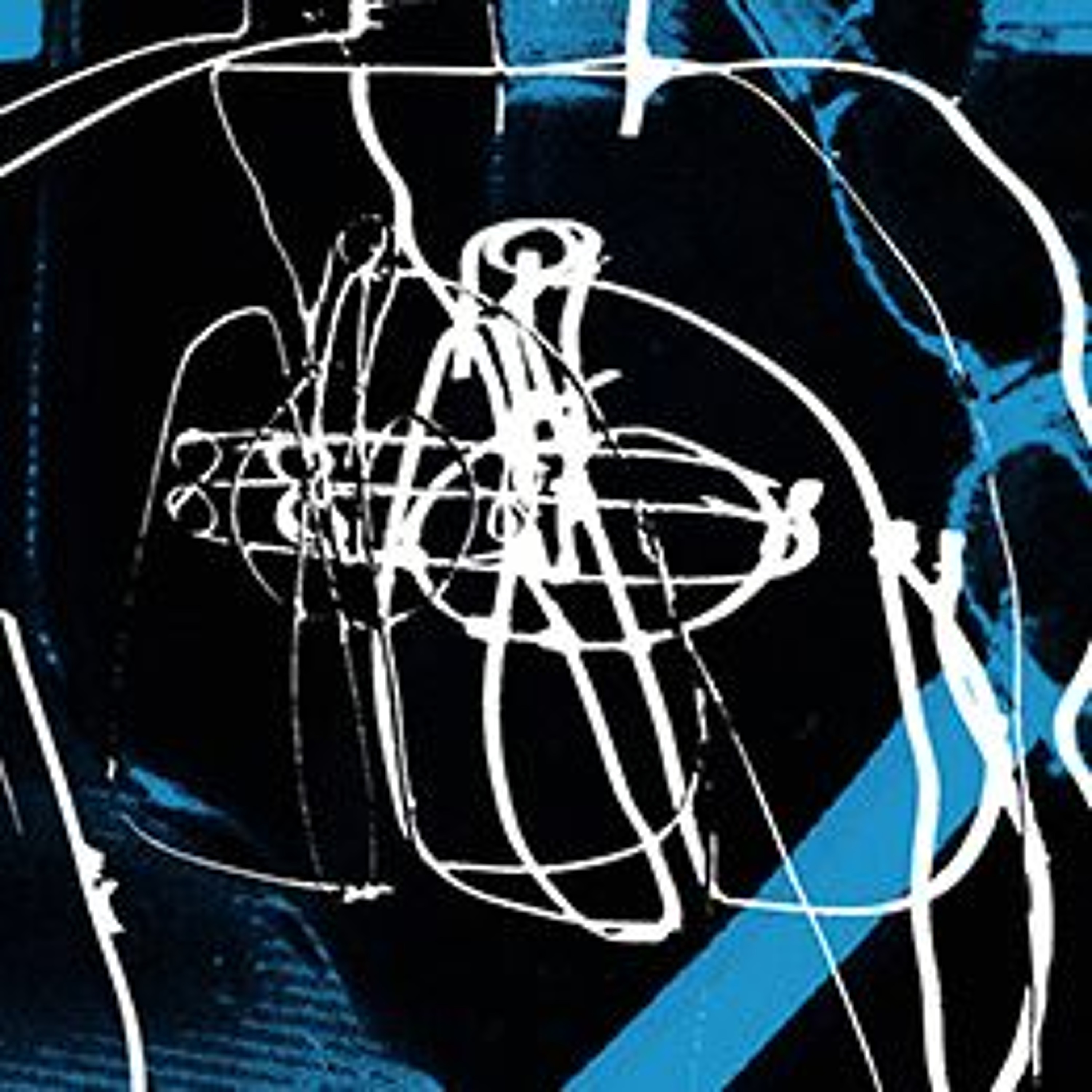 PAINWeek PodcastsOpioid Conversion CalculationsA perennial PAINWeek favorite returns! Many patients receiving opioids will need to be switched from one to another during therapy, or at least from one dosage formulation or route of administration to another. During this session, practitioners learn to recognize clinical situations in which opioid switching would be appropriate. Attendees will also work on a problem set designed to sharpen their skills in opioid conversion calculation. (Recorded at PAINWeek 2018)2019-08-2750 min
PAINWeek PodcastsOpioid Conversion CalculationsA perennial PAINWeek favorite returns! Many patients receiving opioids will need to be switched from one to another during therapy, or at least from one dosage formulation or route of administration to another. During this session, practitioners learn to recognize clinical situations in which opioid switching would be appropriate. Attendees will also work on a problem set designed to sharpen their skills in opioid conversion calculation. (Recorded at PAINWeek 2018)2019-08-2750 min PAINWeek PodcastsUtilizing Complex Care Case Managers in a Pain Clinic SettingIt's a Bird! It's a Plane! No, it's a Case Manager!
Stanford Pain Management Clinic was one of the first programs of its kind to recognize that having complex care case managers could have a significant impact on care coordination for patients, resulting in more successful and positive patient outcomes. In the pain clinic, complex care case managers act as liaisons between patients, pain management providers, and other members of the multidisciplinary care team (both within a practice/hospital and in collaboration with community organizations) to ensure clear communication and coordination of care. This course will explore all the ingredients...2019-08-2757 min
PAINWeek PodcastsUtilizing Complex Care Case Managers in a Pain Clinic SettingIt's a Bird! It's a Plane! No, it's a Case Manager!
Stanford Pain Management Clinic was one of the first programs of its kind to recognize that having complex care case managers could have a significant impact on care coordination for patients, resulting in more successful and positive patient outcomes. In the pain clinic, complex care case managers act as liaisons between patients, pain management providers, and other members of the multidisciplinary care team (both within a practice/hospital and in collaboration with community organizations) to ensure clear communication and coordination of care. This course will explore all the ingredients...2019-08-2757 min PAINWeek PodcastsUnraveling the Secrets of Imaging StudiesClinical Pearls
Diagnostic testing is an integral component for the differential diagnosis. In routine clinical practice there has been a tendency for clinical examinations to become more cursory, largely influenced by increasing demands on a practitioner’s time and the patient’s expectations of technological advances. The end result may arguably lead to an overreliance on technology for basic clinical diagnosis. This session is meant to provide a review or, for some, an introduction to basic structural and functional studies used for the diagnosis of pain related problems. Attention will also be given to the limitations of such studies and the...2019-08-2754 min
PAINWeek PodcastsUnraveling the Secrets of Imaging StudiesClinical Pearls
Diagnostic testing is an integral component for the differential diagnosis. In routine clinical practice there has been a tendency for clinical examinations to become more cursory, largely influenced by increasing demands on a practitioner’s time and the patient’s expectations of technological advances. The end result may arguably lead to an overreliance on technology for basic clinical diagnosis. This session is meant to provide a review or, for some, an introduction to basic structural and functional studies used for the diagnosis of pain related problems. Attention will also be given to the limitations of such studies and the...2019-08-2754 min PAINWeek PodcastsPain TherapeuticsPain therapy is a challenge and requires special approaches. This course, as part of the Pain Educators Forum (PEF), will build on information provided in other PEF sessions and focus on the prevalence and impact of unrelieved pain, pathogenesis, and treatments of pain. Participants will learn about approaches and advances in therapy of common acute and chronic pain syndromes, and evidence based recommendations for pharmacotherapy of pain will be provided. Pain Therapeutics examines current trends in pain relief, which can be implemented into practice as soon as attendees return to work. (Recorded at PAINWeek 2018)2019-08-271h 40
PAINWeek PodcastsPain TherapeuticsPain therapy is a challenge and requires special approaches. This course, as part of the Pain Educators Forum (PEF), will build on information provided in other PEF sessions and focus on the prevalence and impact of unrelieved pain, pathogenesis, and treatments of pain. Participants will learn about approaches and advances in therapy of common acute and chronic pain syndromes, and evidence based recommendations for pharmacotherapy of pain will be provided. Pain Therapeutics examines current trends in pain relief, which can be implemented into practice as soon as attendees return to work. (Recorded at PAINWeek 2018)2019-08-271h 40 PAINWeek PodcastsChronic Pain AssessmentEffective clinical interviewing and pain assessment are critical to the appropriate diagnosis and management of pain. In this presentation, attendees will learn how to apply principles of effective communication and also ascertain how to evaluate available assessment tools. (Recorded at PAINWeek 2018)2019-08-2742 min
PAINWeek PodcastsChronic Pain AssessmentEffective clinical interviewing and pain assessment are critical to the appropriate diagnosis and management of pain. In this presentation, attendees will learn how to apply principles of effective communication and also ascertain how to evaluate available assessment tools. (Recorded at PAINWeek 2018)2019-08-2742 min PAINWeek PodcastsEvaluating Pelvic Pain Caused By Peripheral Nerve InjuryThe Razor's Edge
Pelvic peripheral neuralgias may be a cause of pain in 6% of women with chronic pelvic pain. This type of pain is neuropathic and typically follows the distribution of specific peripheral nerves. Common causes of neuropathic pain include trauma and visceral pathology, and the diagnosis can be confirmed by performing selective peripheral nerve blocks. Treatment options include medication, nerve blocks, nerve ablation, and surgical resection or decompression. The objectives of this lecture are to enable providers to recognize peripheral neuropathic pelvic pain, identify the affected peripheral nerve based on the distribution of the pain, and develop strategies for...2019-08-2739 min
PAINWeek PodcastsEvaluating Pelvic Pain Caused By Peripheral Nerve InjuryThe Razor's Edge
Pelvic peripheral neuralgias may be a cause of pain in 6% of women with chronic pelvic pain. This type of pain is neuropathic and typically follows the distribution of specific peripheral nerves. Common causes of neuropathic pain include trauma and visceral pathology, and the diagnosis can be confirmed by performing selective peripheral nerve blocks. Treatment options include medication, nerve blocks, nerve ablation, and surgical resection or decompression. The objectives of this lecture are to enable providers to recognize peripheral neuropathic pelvic pain, identify the affected peripheral nerve based on the distribution of the pain, and develop strategies for...2019-08-2739 min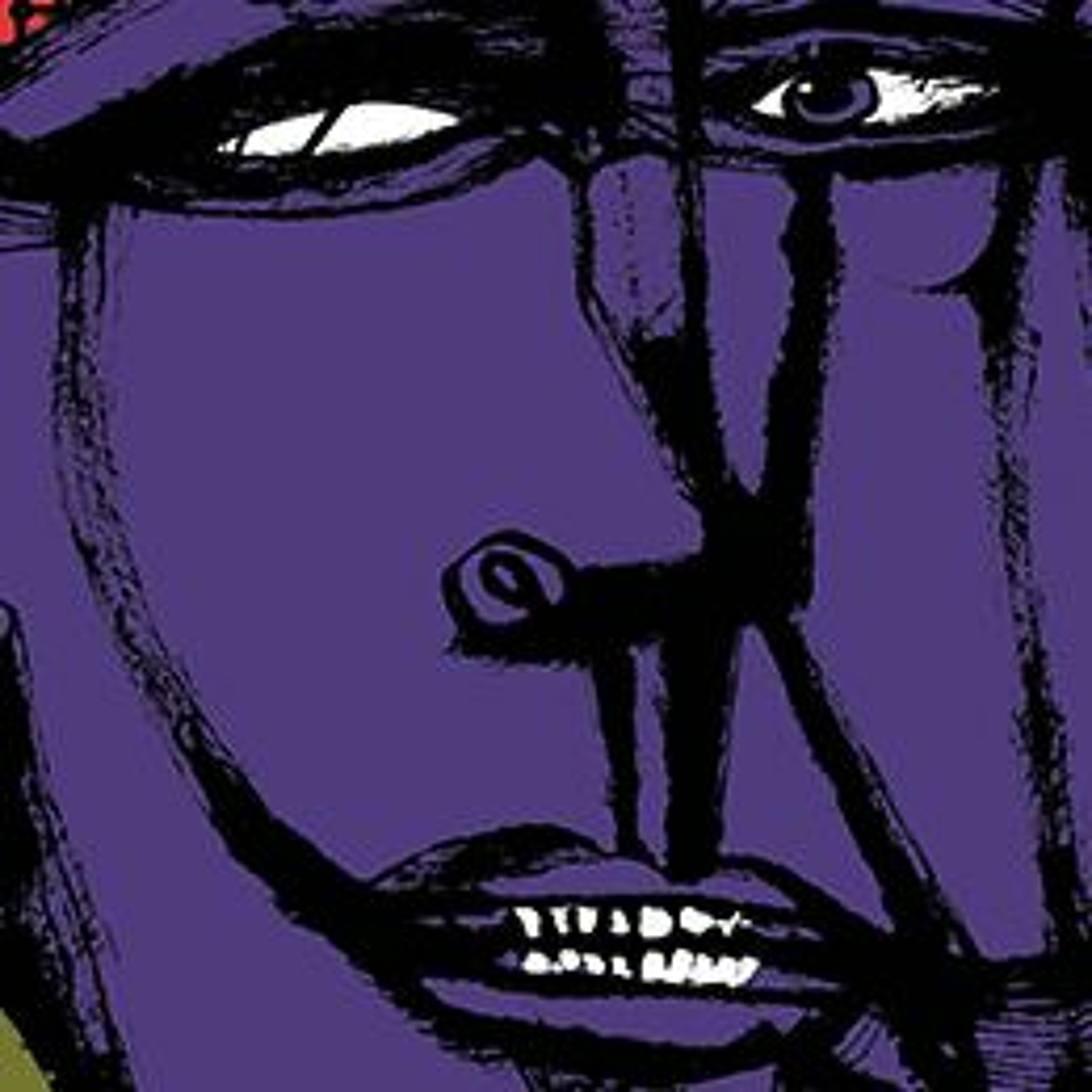 PAINWeek PodcastsTheir Hidden Influence on Chronic Pain, Health, and DiseaseScars and Traumas
It is reported in the literature that physical scars have a systemic influence on chronic pain and are linked to chronic postsurgical, back, shoulder, and neuropathic pain, and are not only physical, but emotional. Scars initiate and maintain stress on the nervous system, “locking” the sympathetic nervous system into a prolonged fight/flight phase, adversely affecting muscle tone, fascia tension, chronic pain, and functional outcomes. This course introduces the concepts of scar release, exploring the integral relationship of scars, stress, and disease. Participants will see how scars/traumas influence nervous system regulation, fascia, and chronic pain, and iden...2019-08-2752 min
PAINWeek PodcastsTheir Hidden Influence on Chronic Pain, Health, and DiseaseScars and Traumas
It is reported in the literature that physical scars have a systemic influence on chronic pain and are linked to chronic postsurgical, back, shoulder, and neuropathic pain, and are not only physical, but emotional. Scars initiate and maintain stress on the nervous system, “locking” the sympathetic nervous system into a prolonged fight/flight phase, adversely affecting muscle tone, fascia tension, chronic pain, and functional outcomes. This course introduces the concepts of scar release, exploring the integral relationship of scars, stress, and disease. Participants will see how scars/traumas influence nervous system regulation, fascia, and chronic pain, and iden...2019-08-2752 min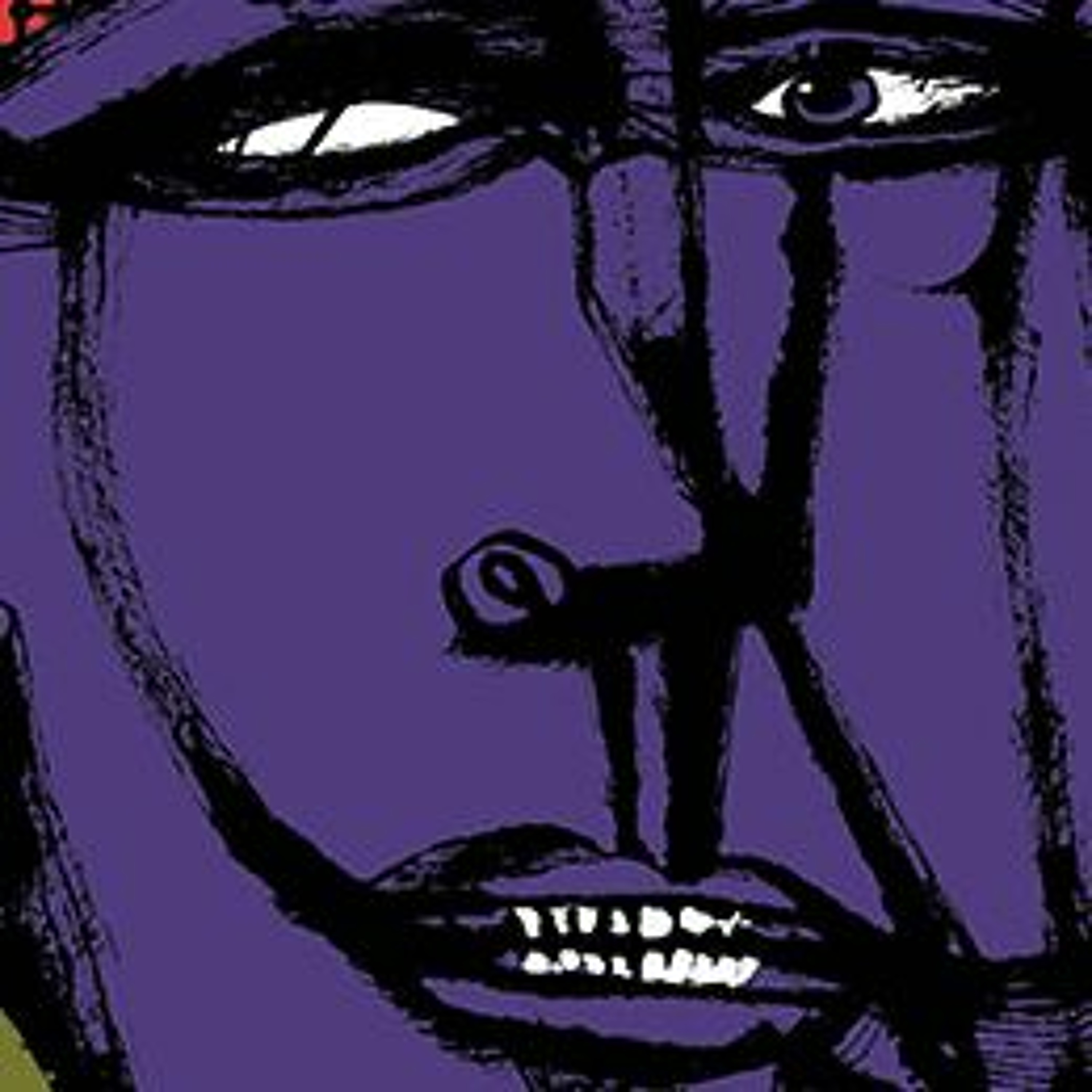 PAINWeek PodcastsProcedures or Medication Management?When to Refer to a Specialist
The art of treating chronic pain requires one to address both the sensory and emotional aspects of pain. Pain medicine is a relatively new field conceived out of unmet needs to help those who suffer from chronic pain. With the recent development of formal pain medicine training programs, this new specialty has promoted the application of a multidisciplinary approach to treating chronic pain conditions. Over the last decade, our treatment paradigm for chronic pain has drastically shifted from opioid based medications to nonopioid based treatments and interventions. This presentation will review the various interventional...2019-08-2735 min
PAINWeek PodcastsProcedures or Medication Management?When to Refer to a Specialist
The art of treating chronic pain requires one to address both the sensory and emotional aspects of pain. Pain medicine is a relatively new field conceived out of unmet needs to help those who suffer from chronic pain. With the recent development of formal pain medicine training programs, this new specialty has promoted the application of a multidisciplinary approach to treating chronic pain conditions. Over the last decade, our treatment paradigm for chronic pain has drastically shifted from opioid based medications to nonopioid based treatments and interventions. This presentation will review the various interventional...2019-08-2735 min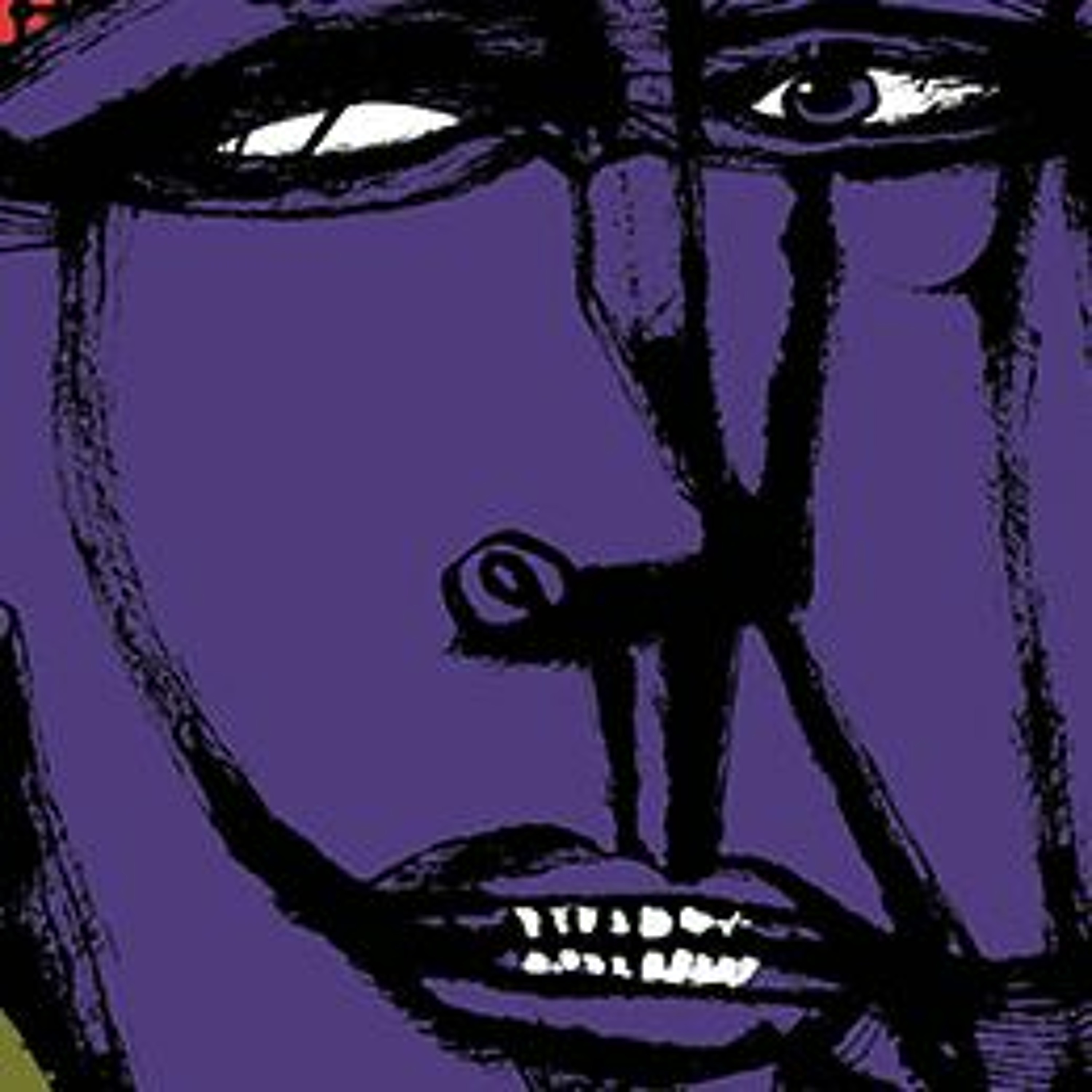 PAINWeek PodcastsInjections, Nerve Blocks, Pumps, and Spinal Cord StimulationThis presentation will highlight common procedures used for pain reduction, their evidence base, and a basic description of how each procedure is performed. We will primarily review epidural steroid injections, facet joint blocks and denervation, sacroiliac joint injections and denervation, myofascial pain, spinal cord stimulation, and intrathecal pumps. (Recorded at PAINWeek 2018)2019-08-271h 00
PAINWeek PodcastsInjections, Nerve Blocks, Pumps, and Spinal Cord StimulationThis presentation will highlight common procedures used for pain reduction, their evidence base, and a basic description of how each procedure is performed. We will primarily review epidural steroid injections, facet joint blocks and denervation, sacroiliac joint injections and denervation, myofascial pain, spinal cord stimulation, and intrathecal pumps. (Recorded at PAINWeek 2018)2019-08-271h 00 PAINWeek PodcastsPain Management at Ground ZeroWest Virginia continues to lead the nation, and world, in drug overdoses, which makes one ponder as to what is being done at the “ground zero” of the opioid epidemic to save and improve lives. Where else but where it’s “worst” should some of the possible solutions come from? In 2016, an interprofessional panel of experts in pain management—ranging from medicine, osteopathy, nursing, pharmacy, dentistry; public health; the state PDMP; and representatives from insurance providers—was developed with aims of doing just that. The West Virginia Safe & Effective Management of Pain (SEMP) Guidelines were developed to facilitate the shift of the best pr...2019-08-2749 min
PAINWeek PodcastsPain Management at Ground ZeroWest Virginia continues to lead the nation, and world, in drug overdoses, which makes one ponder as to what is being done at the “ground zero” of the opioid epidemic to save and improve lives. Where else but where it’s “worst” should some of the possible solutions come from? In 2016, an interprofessional panel of experts in pain management—ranging from medicine, osteopathy, nursing, pharmacy, dentistry; public health; the state PDMP; and representatives from insurance providers—was developed with aims of doing just that. The West Virginia Safe & Effective Management of Pain (SEMP) Guidelines were developed to facilitate the shift of the best pr...2019-08-2749 min PAINWeek PodcastsMatching Disease Mechanisms With InterventionsThe Yin and the Yang of Pain Research
The clinical ideal is to match known, objectively identified mechanisms of disease with the known mechanisms of an intervention (drug or nondrug). Of course, we are far from this ideal as our knowledge of disease mechanisms is very elementary in some cases, especially in pain, and our knowledge of drug mechanisms is rudimentary, and our knowledge of how nondrug interventions actually work is almost nil. In this course we will discuss recent progress in regards to identifying clinically significant mechanisms/pathophysiology, especially by more objective testing and biomarkers, as juxtaposed with our...2019-08-2734 min
PAINWeek PodcastsMatching Disease Mechanisms With InterventionsThe Yin and the Yang of Pain Research
The clinical ideal is to match known, objectively identified mechanisms of disease with the known mechanisms of an intervention (drug or nondrug). Of course, we are far from this ideal as our knowledge of disease mechanisms is very elementary in some cases, especially in pain, and our knowledge of drug mechanisms is rudimentary, and our knowledge of how nondrug interventions actually work is almost nil. In this course we will discuss recent progress in regards to identifying clinically significant mechanisms/pathophysiology, especially by more objective testing and biomarkers, as juxtaposed with our...2019-08-2734 min PAINWeek PodcastsExamining the Psychedelic Side of KetamineFull-Metal Jacket
Ketamine is abused as a club drug due to its potent hallucinogenic properties. What we know of the drug’s adverse events/side effects/toxicity in high dose and frequent use come from this cohort of abusers, with most of the data coming from Japan. We will examine the neurocognitive effects (euphoria, visual, and auditory hallucinations) that are desired by abusers, but correspond to “adverse events” (dysphoria, frightening hallucinations) in the clinical context. We will also examine the cultural framework of abuse and qualitative sociological impact of the drug used in the context of a club drug. Finally, we wil...2019-08-2744 min
PAINWeek PodcastsExamining the Psychedelic Side of KetamineFull-Metal Jacket
Ketamine is abused as a club drug due to its potent hallucinogenic properties. What we know of the drug’s adverse events/side effects/toxicity in high dose and frequent use come from this cohort of abusers, with most of the data coming from Japan. We will examine the neurocognitive effects (euphoria, visual, and auditory hallucinations) that are desired by abusers, but correspond to “adverse events” (dysphoria, frightening hallucinations) in the clinical context. We will also examine the cultural framework of abuse and qualitative sociological impact of the drug used in the context of a club drug. Finally, we wil...2019-08-2744 min PAINWeek PodcastsGraded Motor Imagery to Treat Complex Regional Pain SyndromeMirror, Mirror on the Wall
Complex regional pain syndrome (CRPS) is a painful condition localized to a limb or body region, typically in response to trauma or surgery. Although several contributing mechanisms of CRPS have been described, the exact pathophysiology of the condition is not completely known. Graded motor imagery (GMI) is a comprehensive program aimed at sequentially activating motor cortical networks of the disordered limb to improve neural reorganization. GMI includes phases of progressive sensory-motor restructuring beginning with laterality training, guided imagery, and ultimately leading to mirror therapy. In this lecture, leading mechanisms for the development of CRPS will...2019-08-2755 min
PAINWeek PodcastsGraded Motor Imagery to Treat Complex Regional Pain SyndromeMirror, Mirror on the Wall
Complex regional pain syndrome (CRPS) is a painful condition localized to a limb or body region, typically in response to trauma or surgery. Although several contributing mechanisms of CRPS have been described, the exact pathophysiology of the condition is not completely known. Graded motor imagery (GMI) is a comprehensive program aimed at sequentially activating motor cortical networks of the disordered limb to improve neural reorganization. GMI includes phases of progressive sensory-motor restructuring beginning with laterality training, guided imagery, and ultimately leading to mirror therapy. In this lecture, leading mechanisms for the development of CRPS will...2019-08-2755 min PAINWeek PodcastsMedical Cannabis: Focus on Pain ManagementThe endocannabinoid system (ECS) is recognized as an important modulator of many physiological processes. Recently, an increasing body of evidence has been accumulated to suggest the antioxidant, anti-inflammatory, neuroprotective, and antinociceptive roles of the ECS. In 1997, the Office of National Drug Control Policy commissioned the Institute of Medicine (IOM) to conduct a comprehensive study of the medical efficacy of cannabis therapeutics. The IOM concluded that cannabis is a safe and effective medicine, patients should have access, and the government should expand avenues for research and drug development. This course will discuss cannabis as it relates to effective pain management. (Recorded...2019-08-271h 10
PAINWeek PodcastsMedical Cannabis: Focus on Pain ManagementThe endocannabinoid system (ECS) is recognized as an important modulator of many physiological processes. Recently, an increasing body of evidence has been accumulated to suggest the antioxidant, anti-inflammatory, neuroprotective, and antinociceptive roles of the ECS. In 1997, the Office of National Drug Control Policy commissioned the Institute of Medicine (IOM) to conduct a comprehensive study of the medical efficacy of cannabis therapeutics. The IOM concluded that cannabis is a safe and effective medicine, patients should have access, and the government should expand avenues for research and drug development. This course will discuss cannabis as it relates to effective pain management. (Recorded...2019-08-271h 10 PAINWeek PodcastsCannabis for Painful Skin ConditionsAn Unexpected Valentine
Skin conditions can be painful too. We are fortunate to have CBD and other cannabinoids as well as THC for many skin conditions including acne, itch, eczema, psoriasis, and wounds of all sorts. The cannabinoids help not only with the signs and symptoms of the dermatologic problem, but also help alleviate any concurrent pain. Cannabis can be an excellent alternative to opioids for pain, and may help to reduce the opioid crisis. First, we will examine the difference between hemp and cannabis, chemically, medicinally, and legally. Next, we will do a brief overview of just what the...2019-08-2757 min
PAINWeek PodcastsCannabis for Painful Skin ConditionsAn Unexpected Valentine
Skin conditions can be painful too. We are fortunate to have CBD and other cannabinoids as well as THC for many skin conditions including acne, itch, eczema, psoriasis, and wounds of all sorts. The cannabinoids help not only with the signs and symptoms of the dermatologic problem, but also help alleviate any concurrent pain. Cannabis can be an excellent alternative to opioids for pain, and may help to reduce the opioid crisis. First, we will examine the difference between hemp and cannabis, chemically, medicinally, and legally. Next, we will do a brief overview of just what the...2019-08-2757 min PAINWeek PodcastsEvidence Based Treatments for Pain ManagementThe Psychology Toolbox
The opioid epidemic has caused many patients, clinicians, and payers to seek nonpharmacologic options to assist with managing pain. Psychology has a well-established role in the treatment of pain conditions but familiarity with the range of pain related interventions varies widely among clinicians. The Psychology Toolbox seeks to fill the knowledge gap by briefly explaining the role of psychology in pain treatment and reviewing a range of evidence based interventions to assist this burgeoning clinical population. Although cognitive behavioral therapy based interventions are the most frequently studied and applied paradigms, a number of other treatments also have...2019-08-2744 min
PAINWeek PodcastsEvidence Based Treatments for Pain ManagementThe Psychology Toolbox
The opioid epidemic has caused many patients, clinicians, and payers to seek nonpharmacologic options to assist with managing pain. Psychology has a well-established role in the treatment of pain conditions but familiarity with the range of pain related interventions varies widely among clinicians. The Psychology Toolbox seeks to fill the knowledge gap by briefly explaining the role of psychology in pain treatment and reviewing a range of evidence based interventions to assist this burgeoning clinical population. Although cognitive behavioral therapy based interventions are the most frequently studied and applied paradigms, a number of other treatments also have...2019-08-2744 min PAINWeek PodcastsSleep and Pain: Friend or Foe?Depending on the condition, over 75% of individuals who experience chronic pain also experience disrupted sleep due to both direct factors (pain itself) and indirect factors (decreased activity, increased muscle tension, heightened stress). Conversely, up to 50% of individuals who seek help for sleep problems also have chronic pain. Research has shown that nonpharmacologic treatments are highly effective for chronic pain and insomnia. Cognitive behavioral therapy (CBT), an empirically validated intervention, is among the most successful and widely used of these treatments. This presentation will review recent research on the bidirectional relationship between sleep and pain, as well as effective interventions for...2019-08-2745 min
PAINWeek PodcastsSleep and Pain: Friend or Foe?Depending on the condition, over 75% of individuals who experience chronic pain also experience disrupted sleep due to both direct factors (pain itself) and indirect factors (decreased activity, increased muscle tension, heightened stress). Conversely, up to 50% of individuals who seek help for sleep problems also have chronic pain. Research has shown that nonpharmacologic treatments are highly effective for chronic pain and insomnia. Cognitive behavioral therapy (CBT), an empirically validated intervention, is among the most successful and widely used of these treatments. This presentation will review recent research on the bidirectional relationship between sleep and pain, as well as effective interventions for...2019-08-2745 min PAINWeek PodcastsThe Relationship of Chronic Pain and PsychopathologyUnveiling the Mask
When tapering opioid therapy, frontline practitioners may at times be faced with chronic pain patients suffering from undiagnosed mental health disorders. In most cultures, the majority of mental health cases go unrecognized in primary care settings. About 60% of previously undetected cases could have been recognized if the patients had been evaluated for a mental health disorder. Research has shown that chronic pain is most often associated with depression, anxiety, and somatoform, personality, and substance use disorders, but less is known about the relationship with other conditions, such as schizophrenia spectrum/psychotic, sleep-wake, bipolar, neurocognitive, obsessive compulsive, and...2019-08-2745 min
PAINWeek PodcastsThe Relationship of Chronic Pain and PsychopathologyUnveiling the Mask
When tapering opioid therapy, frontline practitioners may at times be faced with chronic pain patients suffering from undiagnosed mental health disorders. In most cultures, the majority of mental health cases go unrecognized in primary care settings. About 60% of previously undetected cases could have been recognized if the patients had been evaluated for a mental health disorder. Research has shown that chronic pain is most often associated with depression, anxiety, and somatoform, personality, and substance use disorders, but less is known about the relationship with other conditions, such as schizophrenia spectrum/psychotic, sleep-wake, bipolar, neurocognitive, obsessive compulsive, and...2019-08-2745 min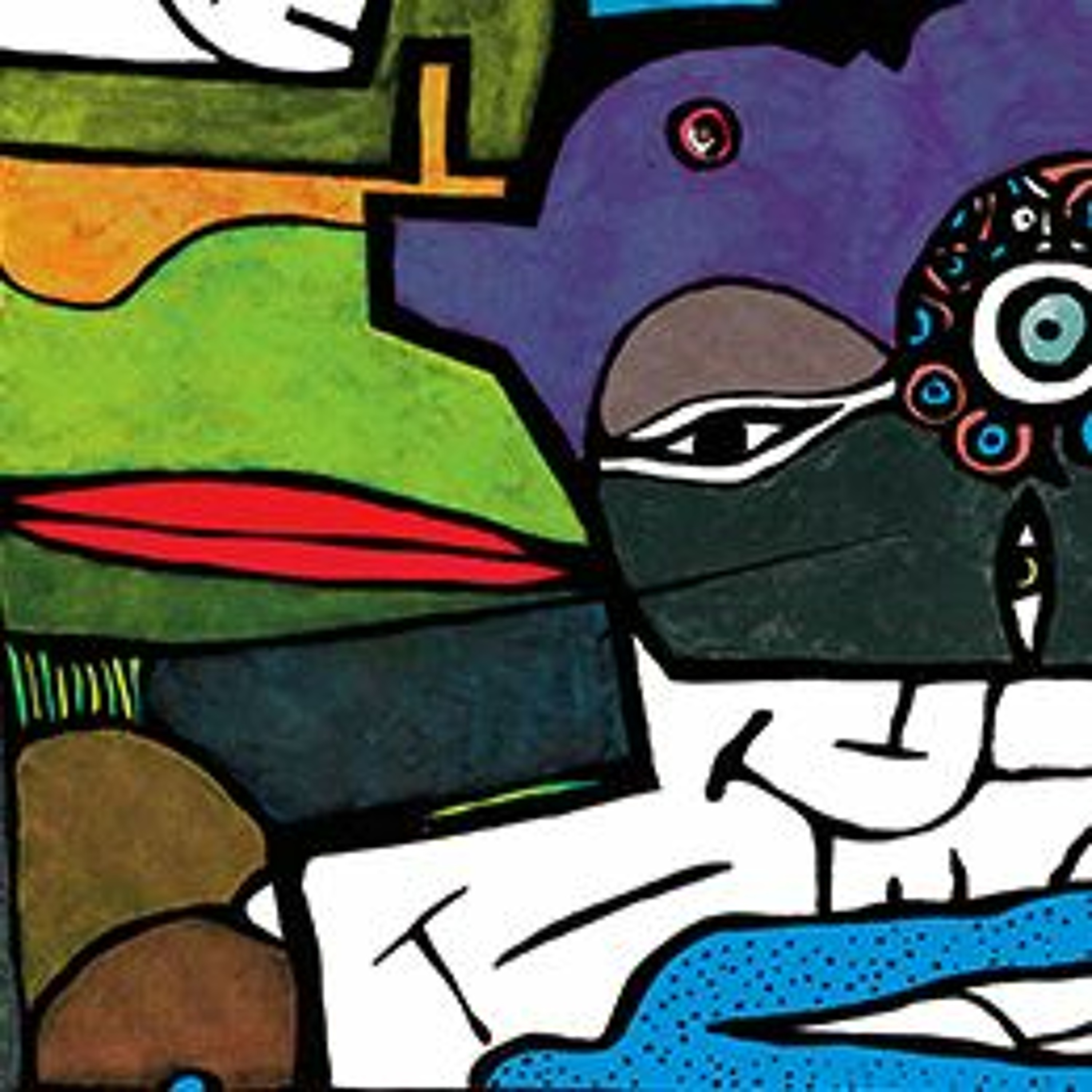 PAINWeek PodcastsThe Benefits of Exercise as a Treatment for Musculoskeletal PainExercise Your Demons
Nonpharmacological interventions are increasingly being prescribed for people with chronic musculoskeletal pain. Current evidence on the role of regular physical activity and exercise in the management of chronic musculoskeletal pain (eg, fibromyalgia, chronic low back pain, and osteoarthritis) will be discussed. We will review specific recommendations pertaining to therapeutic exercise including dose, progression, barriers to exercise adherence, and utilization of the biopsychosocial model of pain in the prescription of exercise. (Recorded at PAINWeek 2018)2019-08-2752 min
PAINWeek PodcastsThe Benefits of Exercise as a Treatment for Musculoskeletal PainExercise Your Demons
Nonpharmacological interventions are increasingly being prescribed for people with chronic musculoskeletal pain. Current evidence on the role of regular physical activity and exercise in the management of chronic musculoskeletal pain (eg, fibromyalgia, chronic low back pain, and osteoarthritis) will be discussed. We will review specific recommendations pertaining to therapeutic exercise including dose, progression, barriers to exercise adherence, and utilization of the biopsychosocial model of pain in the prescription of exercise. (Recorded at PAINWeek 2018)2019-08-2752 min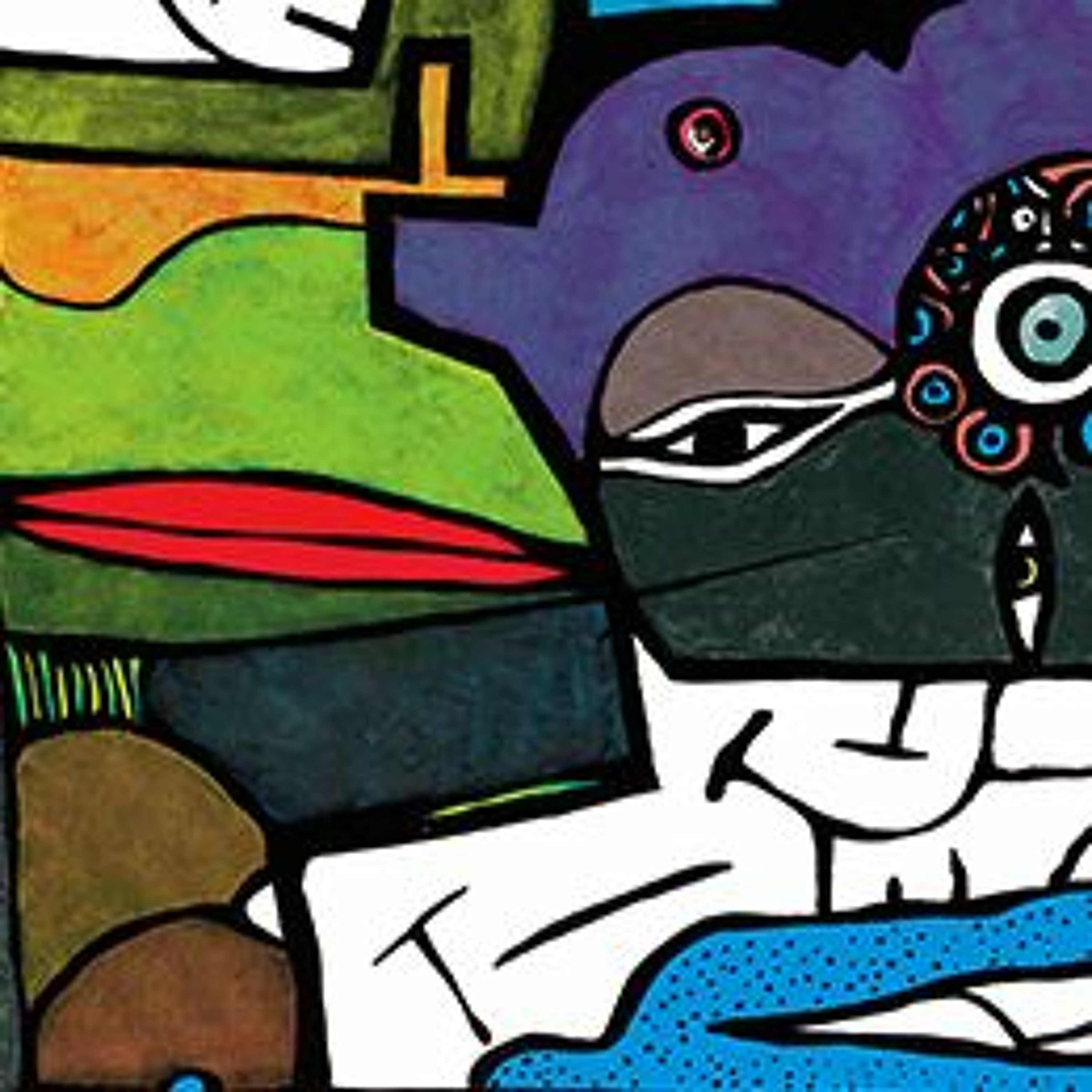 PAINWeek PodcastsWidespread Pain and FibromyalgiaHere a Pain There a Pain, Everywhere a Pain Pain
While we have increasing understanding of the mechanisms of musculoskeletal pain, this knowledge has translated into treatments that so far have left many patients and healthcare providers dissatisfied. This is particularly true for fibromyalgia syndrome (FM) and chronic widespread pain that afflicts up to 20% of the general population, mostly women. In this course, the epidemiology and clinical characteristics of FM, defined by widespread pain, tissue tenderness, and a host of somatic symptoms, will be briefly reviewed. In addition, new research over the last 10 years has identified a number of peripheral...2019-08-2752 min
PAINWeek PodcastsWidespread Pain and FibromyalgiaHere a Pain There a Pain, Everywhere a Pain Pain
While we have increasing understanding of the mechanisms of musculoskeletal pain, this knowledge has translated into treatments that so far have left many patients and healthcare providers dissatisfied. This is particularly true for fibromyalgia syndrome (FM) and chronic widespread pain that afflicts up to 20% of the general population, mostly women. In this course, the epidemiology and clinical characteristics of FM, defined by widespread pain, tissue tenderness, and a host of somatic symptoms, will be briefly reviewed. In addition, new research over the last 10 years has identified a number of peripheral...2019-08-2752 min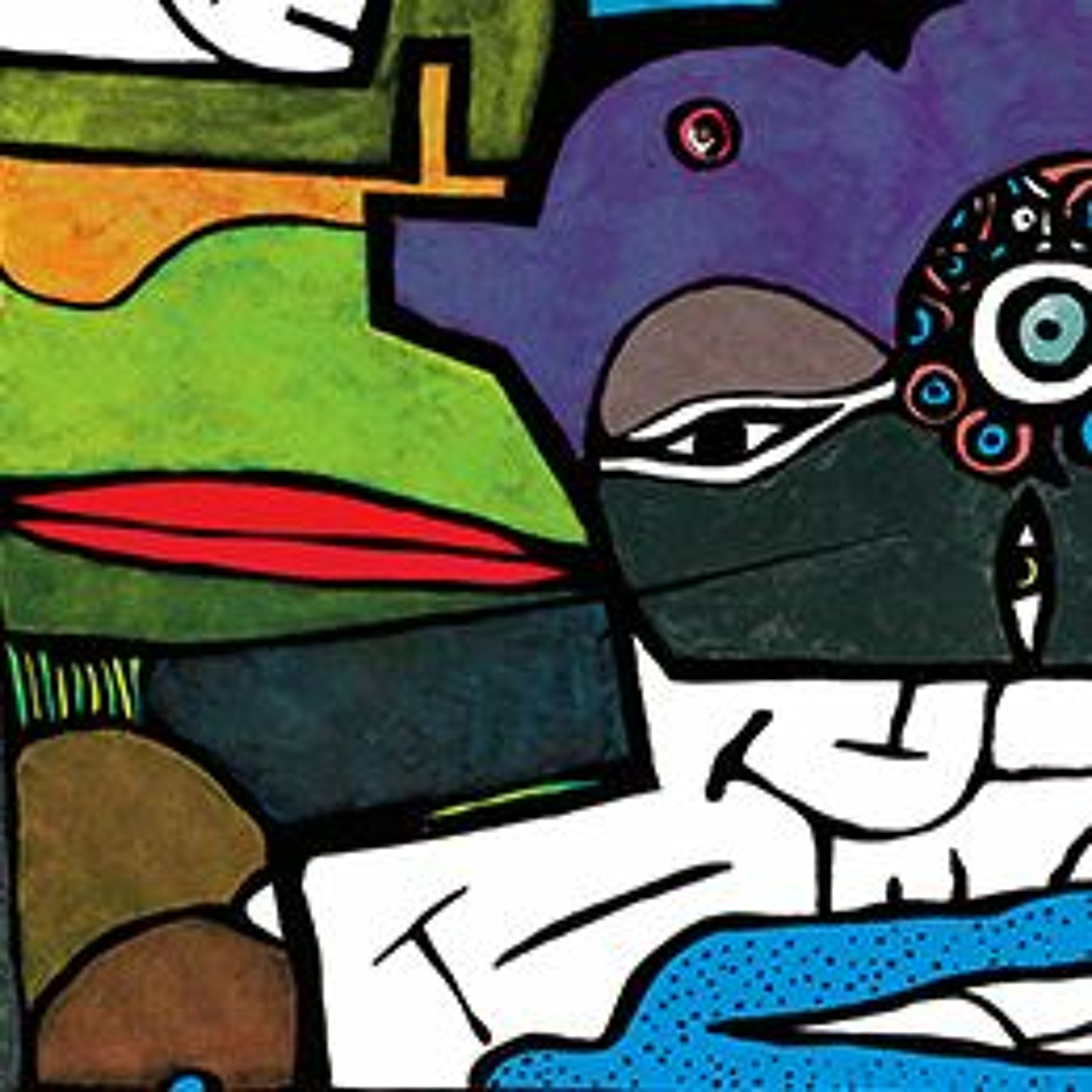 PAINWeek PodcastsAssessment and Management of Low Back PainOh My Aching Back
Chronic low back pain (cLBP) is a pervasive problem, consistently among the top 5 most common reasons for primary care visits and among the most prominent painful conditions. Although some patients with cLBP have clear pathoanatomic causes of pain, for many there is no clear association between pain and identifiable pathology of the spine or associated tissues. This medically unexplained pain is often termed “nonspecific” and happens to be the most common form of cLBP. Observers tend to react with uncertainty and confusion when confronted with a patient whose pain is not clearly medically understood. Previous research has...2019-08-2744 min
PAINWeek PodcastsAssessment and Management of Low Back PainOh My Aching Back
Chronic low back pain (cLBP) is a pervasive problem, consistently among the top 5 most common reasons for primary care visits and among the most prominent painful conditions. Although some patients with cLBP have clear pathoanatomic causes of pain, for many there is no clear association between pain and identifiable pathology of the spine or associated tissues. This medically unexplained pain is often termed “nonspecific” and happens to be the most common form of cLBP. Observers tend to react with uncertainty and confusion when confronted with a patient whose pain is not clearly medically understood. Previous research has...2019-08-2744 min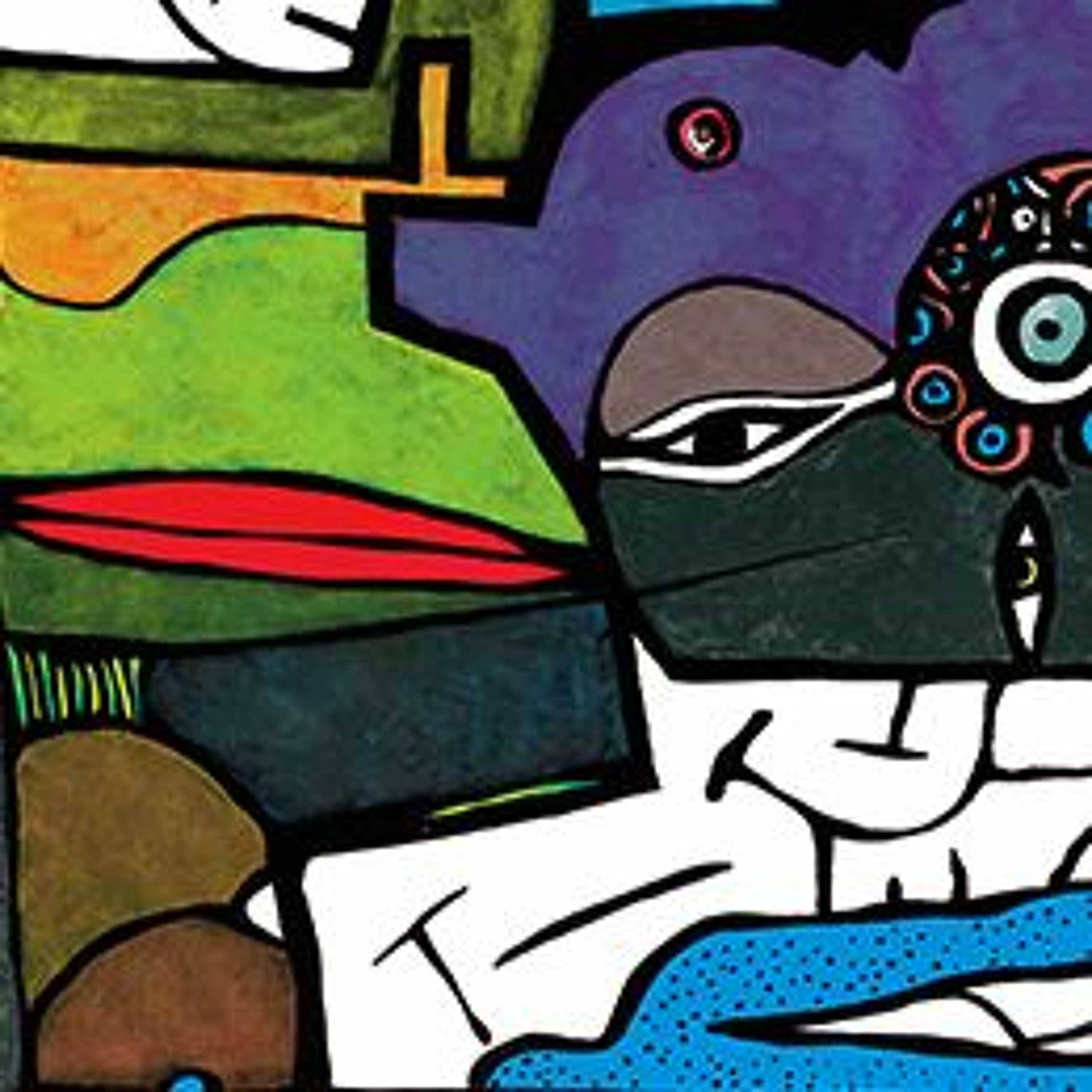 PAINWeek PodcastsPeripheral and Central Mechanisms in Knee OsteoarthritisThe Knee Bone’s Connected to the...
Musculoskeletal (MSK) pain conditions are the leading cause of disability worldwide, and this year’s American Pain Society track will explore the latest evidence addressing measurement, mechanisms, and management of MSK pain conditions. Among the most prevalent MSK pain conditions is knee osteoarthritis (OA), which is the leading cause of pain and disability among older adults. A brief overview of peripheral mechanisms and treatments, along with the epidemiology and clinical characteristics of knee OA, will be discussed in this course. Knee OA has historically been viewed as a regional pain condition driven by peri...2019-08-2747 min
PAINWeek PodcastsPeripheral and Central Mechanisms in Knee OsteoarthritisThe Knee Bone’s Connected to the...
Musculoskeletal (MSK) pain conditions are the leading cause of disability worldwide, and this year’s American Pain Society track will explore the latest evidence addressing measurement, mechanisms, and management of MSK pain conditions. Among the most prevalent MSK pain conditions is knee osteoarthritis (OA), which is the leading cause of pain and disability among older adults. A brief overview of peripheral mechanisms and treatments, along with the epidemiology and clinical characteristics of knee OA, will be discussed in this course. Knee OA has historically been viewed as a regional pain condition driven by peri...2019-08-2747 min PAINWeek PodcastsCase Studies in Aberrant Drug Taking BehaviorsMany healthcare professionals have experienced aberrant behaviors from patients when prescribing controlled substances. The formulation of a differential diagnosis of the behaviors and having a consistent plan of action is key. This presentation will draw upon real cases to highlight approaches that may be considered, as well as focus on some of the strengths and weaknesses of patient aberrant behavior monitoring tools. Through case studies and assessment tools, participants in this course will learn to recognize aberrant drug taking behaviors, and various approaches to patient interactions will be demonstrated. (Recorded at PAINWeek 2018)2019-08-2753 min
PAINWeek PodcastsCase Studies in Aberrant Drug Taking BehaviorsMany healthcare professionals have experienced aberrant behaviors from patients when prescribing controlled substances. The formulation of a differential diagnosis of the behaviors and having a consistent plan of action is key. This presentation will draw upon real cases to highlight approaches that may be considered, as well as focus on some of the strengths and weaknesses of patient aberrant behavior monitoring tools. Through case studies and assessment tools, participants in this course will learn to recognize aberrant drug taking behaviors, and various approaches to patient interactions will be demonstrated. (Recorded at PAINWeek 2018)2019-08-2753 min PAINWeek PodcastsPreventing Burnout: Caring for the Clinician and Promoting WellnessBurnout, a phenomenon closely linked with depression and characterized by emotional exhaustion, depersonalization, and reduced self-efficacy, has increased at a disproportionate rate in physicians compared to the general US working population. While interventions have been developed to address factors that contribute to burnout among practicing physicians, there is a strong need to focus on prevention for all clinicians involved in the delivery of healthcare services. This presentation will provide information about burnout statistics, factors that contribute to it, and ways it can be prevented. Pathways to developing a work-life balance and promoting self-wellness will also be reviewed, as will a...2019-08-2751 min
PAINWeek PodcastsPreventing Burnout: Caring for the Clinician and Promoting WellnessBurnout, a phenomenon closely linked with depression and characterized by emotional exhaustion, depersonalization, and reduced self-efficacy, has increased at a disproportionate rate in physicians compared to the general US working population. While interventions have been developed to address factors that contribute to burnout among practicing physicians, there is a strong need to focus on prevention for all clinicians involved in the delivery of healthcare services. This presentation will provide information about burnout statistics, factors that contribute to it, and ways it can be prevented. Pathways to developing a work-life balance and promoting self-wellness will also be reviewed, as will a...2019-08-2751 min PAINWeek PodcastsTaking the Insanity Out of Medical CannabinoidsReefer Madness Revisited
Medical and recreational marijuana are sources of great confusion to patients and clinicians alike. A culture of “neuromysticism” around medical marijuana has arisen, leaving patients and clinicians muddled regarding what constitutes “medical” marijuana. This is due in part to the poor quality of the available research on safety and efficacy, which is due, in turn, to the restrictive scheduling of the drug. This lecture will focus on what we know, and what we don’t know, about the efficacy and safety of medical cannabinoids. Specific recommendations regarding the safest and most effective use of medical marijuana as part of a...2019-08-271h 01
PAINWeek PodcastsTaking the Insanity Out of Medical CannabinoidsReefer Madness Revisited
Medical and recreational marijuana are sources of great confusion to patients and clinicians alike. A culture of “neuromysticism” around medical marijuana has arisen, leaving patients and clinicians muddled regarding what constitutes “medical” marijuana. This is due in part to the poor quality of the available research on safety and efficacy, which is due, in turn, to the restrictive scheduling of the drug. This lecture will focus on what we know, and what we don’t know, about the efficacy and safety of medical cannabinoids. Specific recommendations regarding the safest and most effective use of medical marijuana as part of a...2019-08-271h 01 PAINWeek PodcastsPain Pathways Made SimpleIn order to successfully clinically manage pain, it is essential to begin with an understanding of the underlying mechanisms responsible for its generation. A skillful approach based upon better knowledge concerning the anatomical structures, pathways, and events that result in pain is more likely to lead to effective clinical management of pain. This discussion will include an overview of medication classes typically considered for pain and the pathways they affect. (Recorded at PAINWeek 2018)2019-08-2756 min
PAINWeek PodcastsPain Pathways Made SimpleIn order to successfully clinically manage pain, it is essential to begin with an understanding of the underlying mechanisms responsible for its generation. A skillful approach based upon better knowledge concerning the anatomical structures, pathways, and events that result in pain is more likely to lead to effective clinical management of pain. This discussion will include an overview of medication classes typically considered for pain and the pathways they affect. (Recorded at PAINWeek 2018)2019-08-2756 min PAINWeek PodcastsMultidisciplinary Pain Management: Complex CasesThere are many reasons why healthcare providers choose not to manage pain, or unknowingly undertreat pain, including fear of addiction or overdose, litigation, and difficult personality types. Mostly practitioners undertreat because of a lack of knowledge, understanding, and confidence to manage such an elusive diagnosis. Have you ever asked yourself Which medication and why? Do I need an opioid agreement to prescribe hydrocodone? What about addiction? Which complementary treatment approaches are available to my patient and which ones does the evidence support? Is there anything else that I can try other than an opioid? What about behavioral management? How can...2019-08-271h 17
PAINWeek PodcastsMultidisciplinary Pain Management: Complex CasesThere are many reasons why healthcare providers choose not to manage pain, or unknowingly undertreat pain, including fear of addiction or overdose, litigation, and difficult personality types. Mostly practitioners undertreat because of a lack of knowledge, understanding, and confidence to manage such an elusive diagnosis. Have you ever asked yourself Which medication and why? Do I need an opioid agreement to prescribe hydrocodone? What about addiction? Which complementary treatment approaches are available to my patient and which ones does the evidence support? Is there anything else that I can try other than an opioid? What about behavioral management? How can...2019-08-271h 17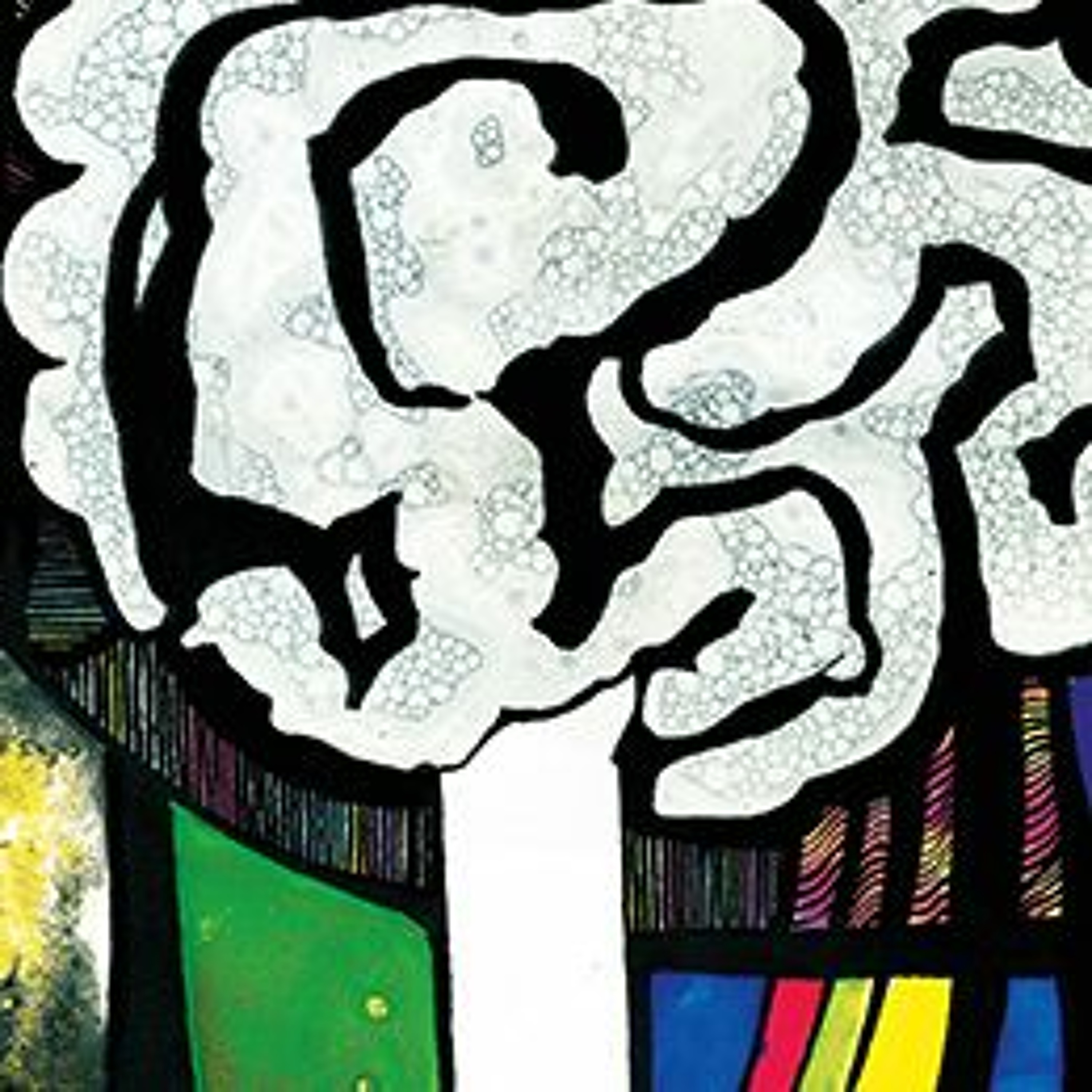 PAINWeek PodcastsThe Impact of Centralized Pain on Acute and Chronic Pain OutcomesIt is now recognized that the phenotypic features of centralized pain exist in many common pain conditions. The 2011 Survey Criteria for Fibromyalgia can be used as a surrogate of centralized pain to detect patients with fibromyalgia-like or centralized pain characteristics. Patients with higher fibromyalgia survey scores describe a more negative pain phenotype preoperatively, including more opioid use, higher pain scores, higher levels of anxiety and depression, and lower physical function. It is known that patients with fibromyalgia have decreased mu-opioid receptor binding availability and higher endogenous opioid levels. These data suggest that exogenous opioids may not be effective in patients...2019-08-2739 min
PAINWeek PodcastsThe Impact of Centralized Pain on Acute and Chronic Pain OutcomesIt is now recognized that the phenotypic features of centralized pain exist in many common pain conditions. The 2011 Survey Criteria for Fibromyalgia can be used as a surrogate of centralized pain to detect patients with fibromyalgia-like or centralized pain characteristics. Patients with higher fibromyalgia survey scores describe a more negative pain phenotype preoperatively, including more opioid use, higher pain scores, higher levels of anxiety and depression, and lower physical function. It is known that patients with fibromyalgia have decreased mu-opioid receptor binding availability and higher endogenous opioid levels. These data suggest that exogenous opioids may not be effective in patients...2019-08-2739 min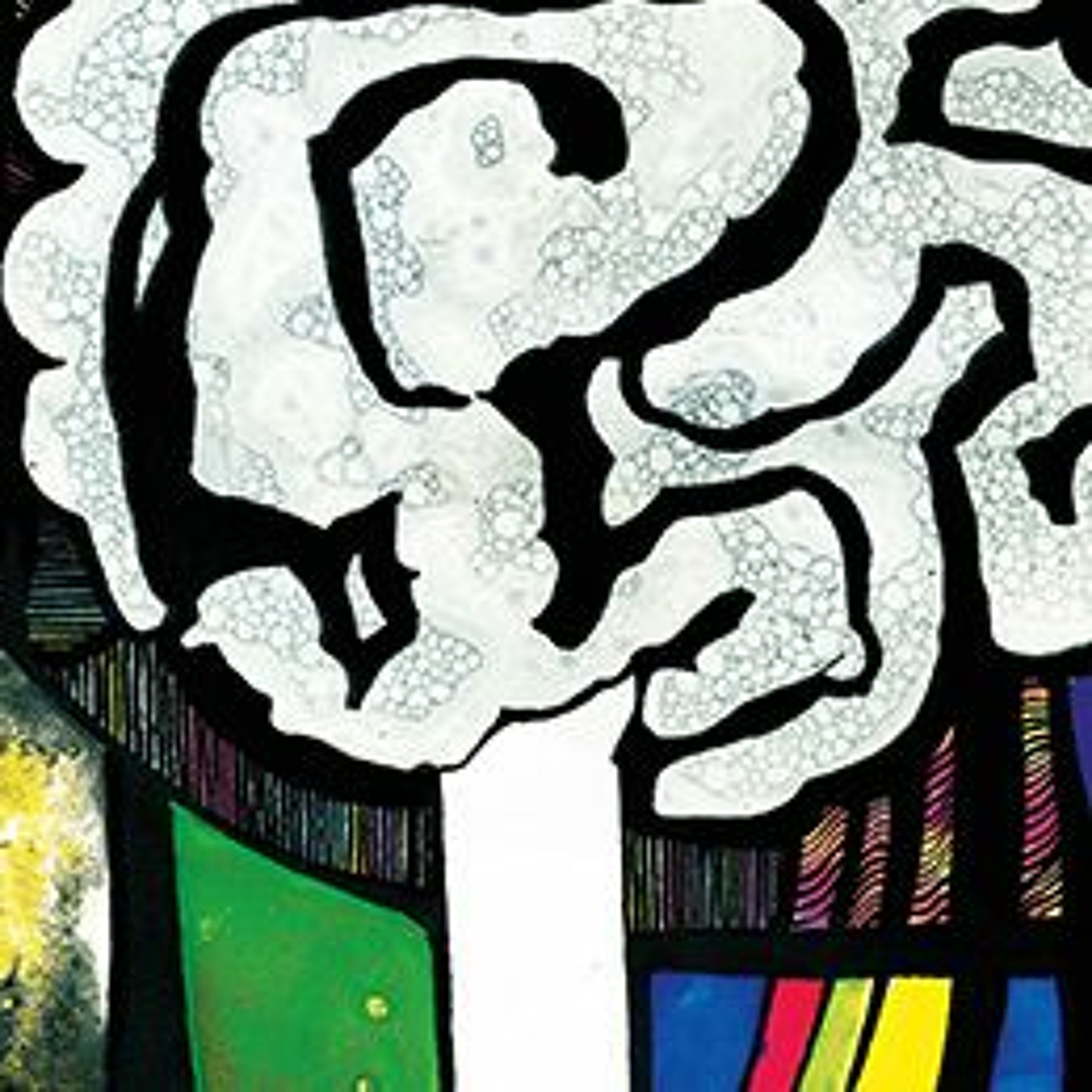 PAINWeek PodcastsRelax, All Antispasmodics Are the Same....Right?Considering the significant risks of surgery, initiatives to improve safety and outcomes would have a broad impact on public health. The number of surgical procedures worldwide has grown to over 232 million annually. Studies report that Americans undergo an average of 9.2 surgical procedures per lifetime: 3.4 inpatient, 2.6 outpatient, and 3.2 nonoperating room invasive procedures. The per capita rate of surgery continues to increase through age 75, peaking at 0.16 operations per person per year. Acute pain is a consequence of most surgical interventions. Certain procedures result in higher pain trajectories that, if not adequately addressed, can lead to poorer outcomes and increased costs. Clinical pathways...2019-08-2747 min
PAINWeek PodcastsRelax, All Antispasmodics Are the Same....Right?Considering the significant risks of surgery, initiatives to improve safety and outcomes would have a broad impact on public health. The number of surgical procedures worldwide has grown to over 232 million annually. Studies report that Americans undergo an average of 9.2 surgical procedures per lifetime: 3.4 inpatient, 2.6 outpatient, and 3.2 nonoperating room invasive procedures. The per capita rate of surgery continues to increase through age 75, peaking at 0.16 operations per person per year. Acute pain is a consequence of most surgical interventions. Certain procedures result in higher pain trajectories that, if not adequately addressed, can lead to poorer outcomes and increased costs. Clinical pathways...2019-08-2747 min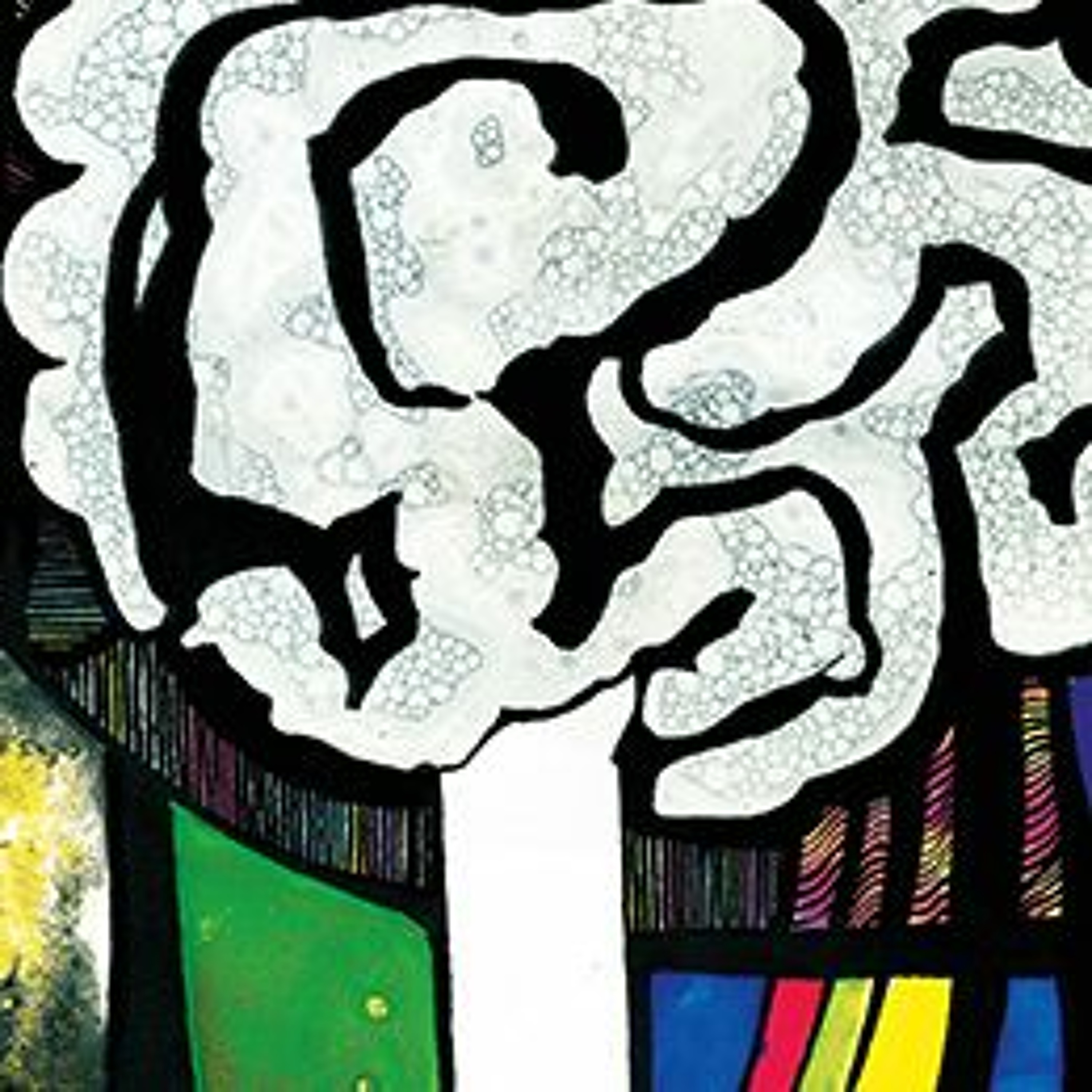 PAINWeek PodcastsOpioid Sparing : Managing Acute Postoperative PainConsidering the significant risks of surgery, initiatives to improve safety and outcomes would have a broad impact on public health. The number of surgical procedures worldwide has grown to over 232 million annually. Studies report that Americans undergo an average of 9.2 surgical procedures per lifetime: 3.4 inpatient, 2.6 outpatient, and 3.2 nonoperating room invasive procedures. The per capita rate of surgery continues to increase through age 75, peaking at 0.16 operations per person per year. Acute pain is a consequence of most surgical interventions. Certain procedures result in higher pain trajectories that, if not adequately addressed, can lead to poorer outcomes and increased costs. Clinical pathways...2019-08-221h 35
PAINWeek PodcastsOpioid Sparing : Managing Acute Postoperative PainConsidering the significant risks of surgery, initiatives to improve safety and outcomes would have a broad impact on public health. The number of surgical procedures worldwide has grown to over 232 million annually. Studies report that Americans undergo an average of 9.2 surgical procedures per lifetime: 3.4 inpatient, 2.6 outpatient, and 3.2 nonoperating room invasive procedures. The per capita rate of surgery continues to increase through age 75, peaking at 0.16 operations per person per year. Acute pain is a consequence of most surgical interventions. Certain procedures result in higher pain trajectories that, if not adequately addressed, can lead to poorer outcomes and increased costs. Clinical pathways...2019-08-221h 35 PAINWeek PodcastsThe Outer Limits: Analgesics of the FutureMedicine and science builds and grows on the foundations of those who came before. Although pain management discoveries have been at a relative snail’s pace, there have been recent advances in existing medications and analgesic devices, as well as exciting new molecules and formulations on the horizon. With progressive changes in technology come advances in medicine. Inasmuch, this lecture will discuss newer formulations of older molecules (NSAIDs, local anesthetics, opioids, gabapentinoids), touch on developments in the abuse deterrent opioid space, and introduce some exciting animal based, preclinical, and early phase molecules in development. Come hear a discussion of the fu...2019-08-1648 min
PAINWeek PodcastsThe Outer Limits: Analgesics of the FutureMedicine and science builds and grows on the foundations of those who came before. Although pain management discoveries have been at a relative snail’s pace, there have been recent advances in existing medications and analgesic devices, as well as exciting new molecules and formulations on the horizon. With progressive changes in technology come advances in medicine. Inasmuch, this lecture will discuss newer formulations of older molecules (NSAIDs, local anesthetics, opioids, gabapentinoids), touch on developments in the abuse deterrent opioid space, and introduce some exciting animal based, preclinical, and early phase molecules in development. Come hear a discussion of the fu...2019-08-1648 min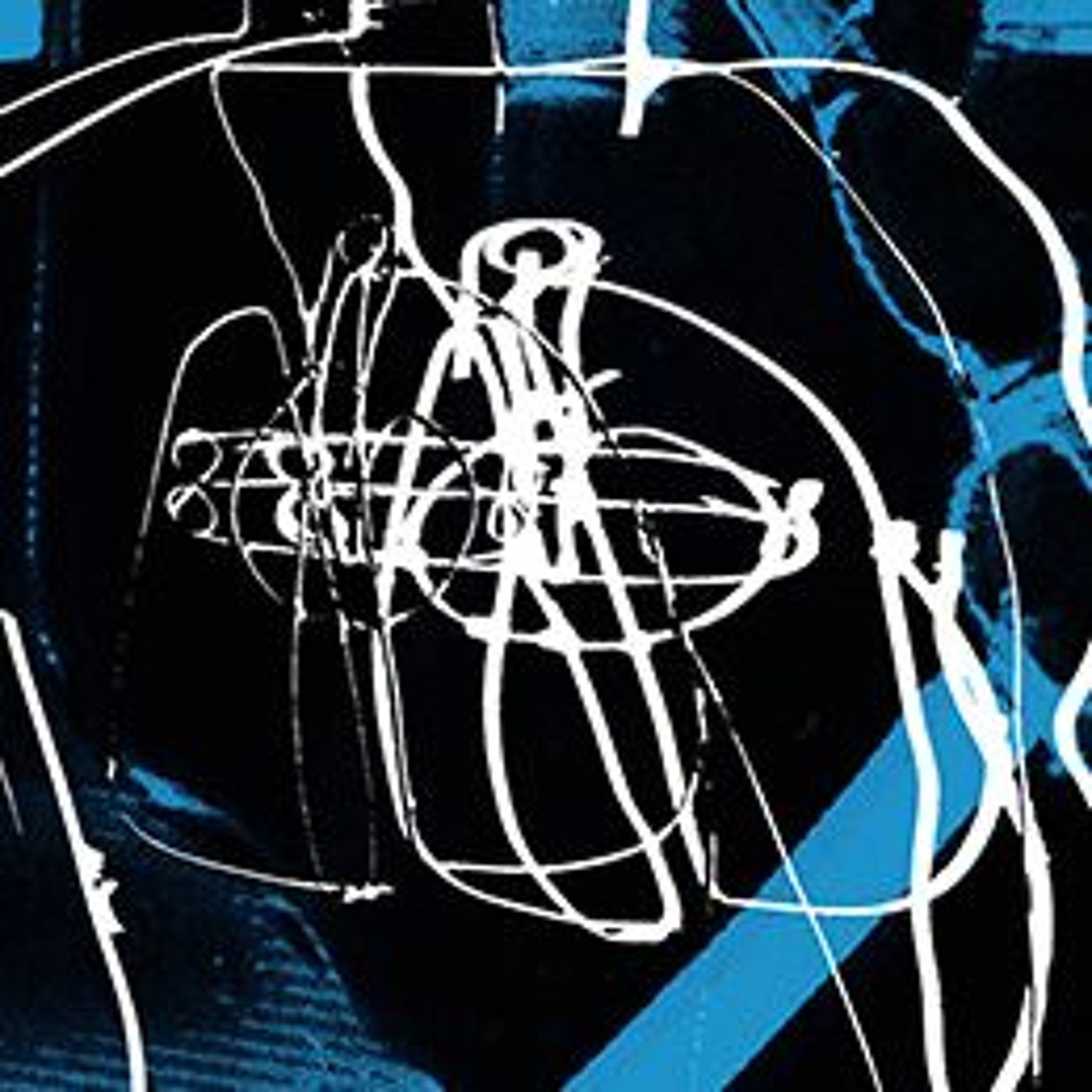 PAINWeek PodcastsWhat's All the "GABA" About? Pregabalin and Gabapentin AbuseThe gabapentinoids are a popular class of medications among prescribers for use in chronic pain and various other neurological conditions. In fact, prescription rates for both gabapentin and pregabalin have increased in the United States and other countries in recent years. However, these medications have a street value to a newer niche of users, including patients taking them at mega doses to enhance the effects of other psychotropic drugs, and others taking them to manage or mitigate opioid withdrawal symptoms and possibly even opioid cravings. While pregabalin is already classified as a controlled substance, gabapentin does not yet carry this...2019-08-0849 min
PAINWeek PodcastsWhat's All the "GABA" About? Pregabalin and Gabapentin AbuseThe gabapentinoids are a popular class of medications among prescribers for use in chronic pain and various other neurological conditions. In fact, prescription rates for both gabapentin and pregabalin have increased in the United States and other countries in recent years. However, these medications have a street value to a newer niche of users, including patients taking them at mega doses to enhance the effects of other psychotropic drugs, and others taking them to manage or mitigate opioid withdrawal symptoms and possibly even opioid cravings. While pregabalin is already classified as a controlled substance, gabapentin does not yet carry this...2019-08-0849 min PAINWeek PodcastsTeamwork Through Common LanguageA CPE Approach to Engaging Patients in a Multimodal Care Plan
To quote a contemporary leader in pain care, “Treating pain is a team sport.” Although our healthcare system is still disjointed, causing many clinicians to operate in what may feel like a lonely silo, we can support each other and bolster our patients’ confidence in their prognosis by communicating all elements of a care plan to patients that we have in common. By using terminology that de-threatens confusing aspects of a plan, encourages behavior change, and reinforces colleagues in other disciplines, we can all make a difference. This course is tau...2019-08-0150 min
PAINWeek PodcastsTeamwork Through Common LanguageA CPE Approach to Engaging Patients in a Multimodal Care Plan
To quote a contemporary leader in pain care, “Treating pain is a team sport.” Although our healthcare system is still disjointed, causing many clinicians to operate in what may feel like a lonely silo, we can support each other and bolster our patients’ confidence in their prognosis by communicating all elements of a care plan to patients that we have in common. By using terminology that de-threatens confusing aspects of a plan, encourages behavior change, and reinforces colleagues in other disciplines, we can all make a difference. This course is tau...2019-08-0150 min PAINWeek PodcastsFear and Loathing in the Bedroom: A Savage Journey Into Sexual PainWhen sexual pain strikes, the impact goes beyond pain during intercourse. Painful sex is associated with significant cognitive, emotional, and physical consequences that affect women even outside the bedroom. This common condition, affecting nearly 45% of older women and 34% of younger women, is linked to local (ie, pelvic) and widespread pain sensitivity, in addition to other areas of bodily pain. Sexual pain is also associated with significant intercourse related distress, including fear and anxiety which may be present before, during, or after vaginal penetration. Unfortunately, this topic remains taboo among patients and providers—patients offen suffer in silence for years before re...2019-07-2549 min
PAINWeek PodcastsFear and Loathing in the Bedroom: A Savage Journey Into Sexual PainWhen sexual pain strikes, the impact goes beyond pain during intercourse. Painful sex is associated with significant cognitive, emotional, and physical consequences that affect women even outside the bedroom. This common condition, affecting nearly 45% of older women and 34% of younger women, is linked to local (ie, pelvic) and widespread pain sensitivity, in addition to other areas of bodily pain. Sexual pain is also associated with significant intercourse related distress, including fear and anxiety which may be present before, during, or after vaginal penetration. Unfortunately, this topic remains taboo among patients and providers—patients offen suffer in silence for years before re...2019-07-2549 min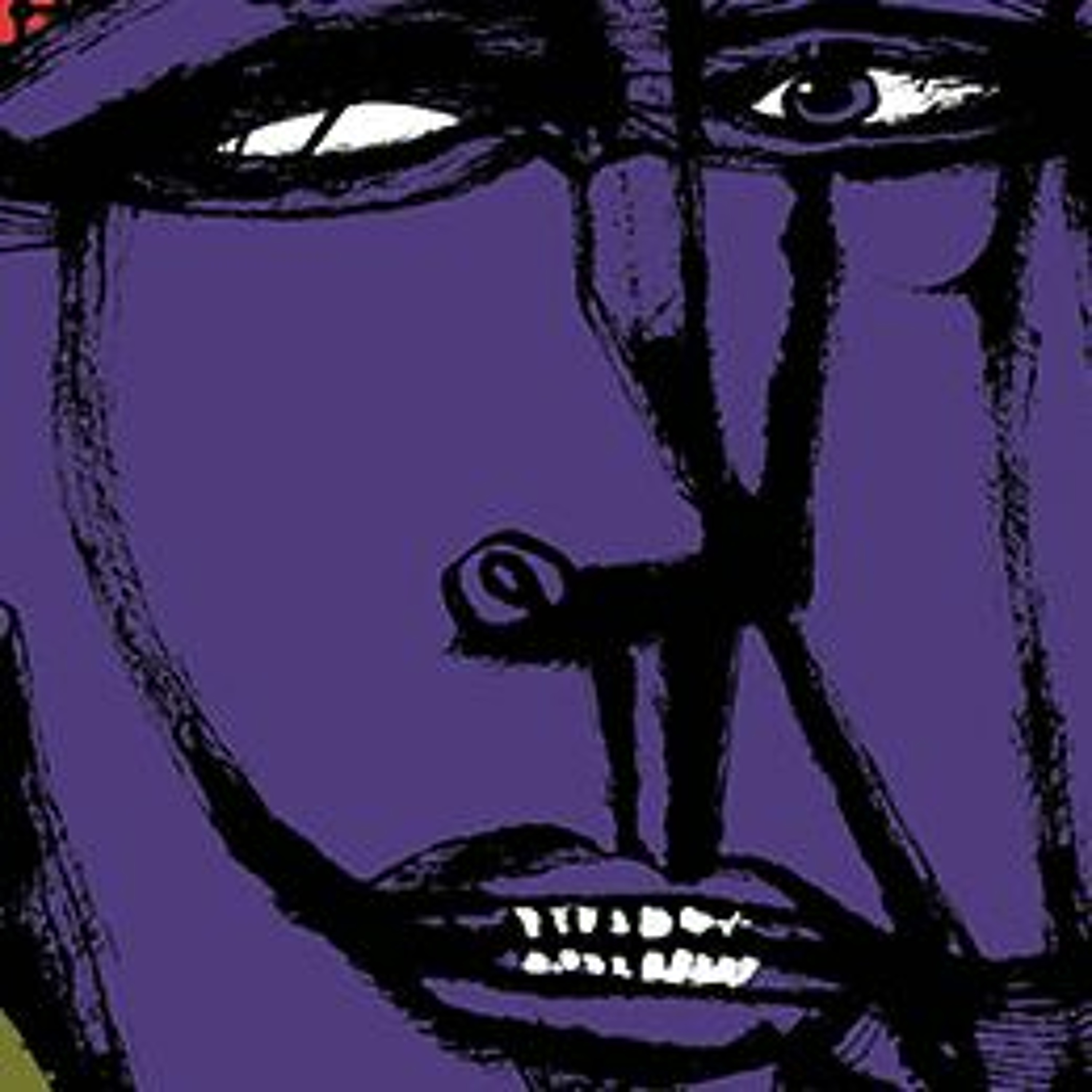 PAINWeek PodcastsStem Cells and Regenerative Medicine for Chronic PainHumans have been searching for the Fountain of Youth for millennia, from Ponce de León to Herodotus. Some people feel that regenerative medicine, a field that encompasses stem cells, growth factors, and other cell mediating proteins, is that magical fountain, while others, including some physicians, members of various regulatory committees, and some in the media, believe it is a fad. As with many emerging topics, there is curiosity and confusion. While the regenerative medicine field is relatively new to most people, there is a wide variety of treatments and technologies available. We will discuss the various stem cell and g...2019-07-181h 09
PAINWeek PodcastsStem Cells and Regenerative Medicine for Chronic PainHumans have been searching for the Fountain of Youth for millennia, from Ponce de León to Herodotus. Some people feel that regenerative medicine, a field that encompasses stem cells, growth factors, and other cell mediating proteins, is that magical fountain, while others, including some physicians, members of various regulatory committees, and some in the media, believe it is a fad. As with many emerging topics, there is curiosity and confusion. While the regenerative medicine field is relatively new to most people, there is a wide variety of treatments and technologies available. We will discuss the various stem cell and g...2019-07-181h 09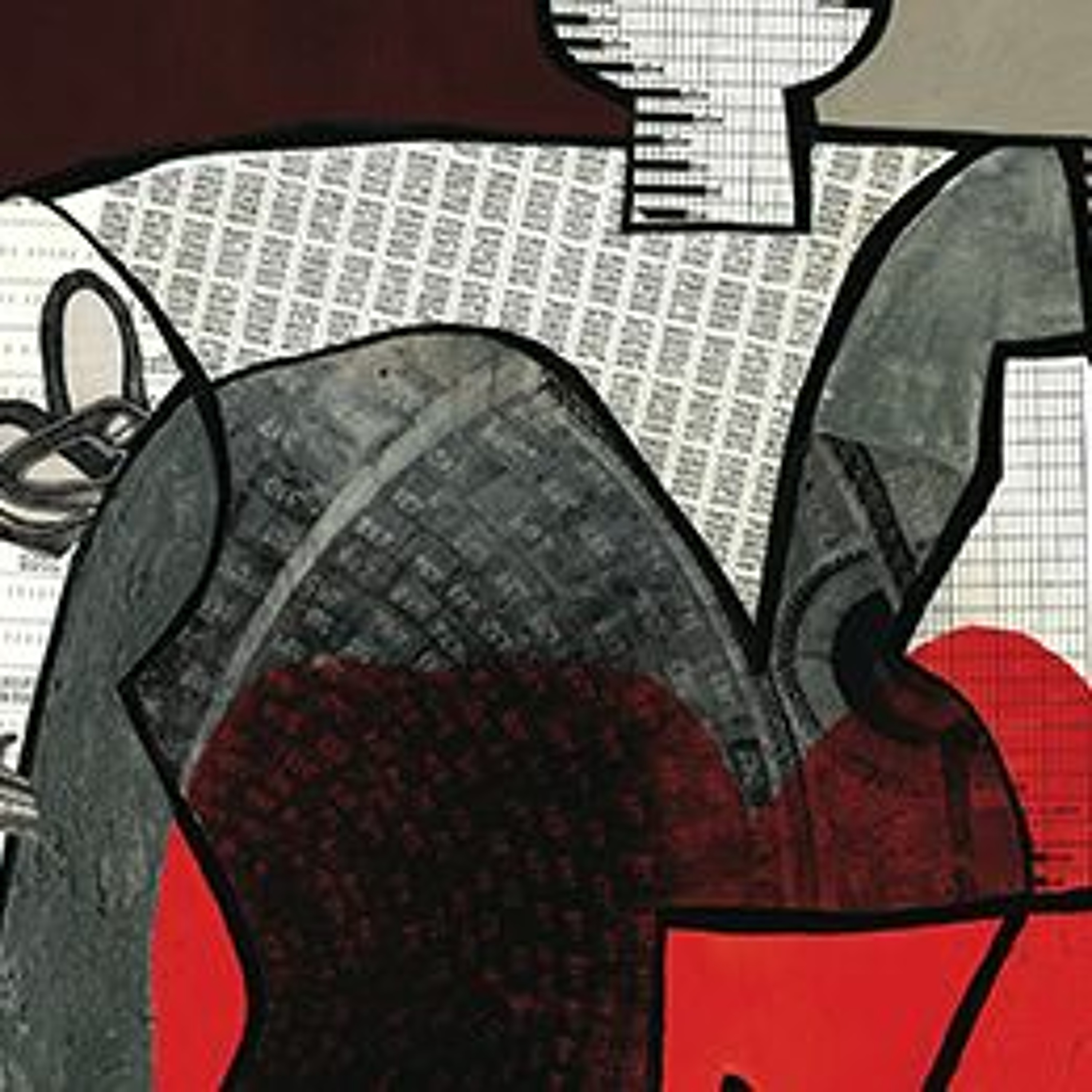 PAINWeek PodcastsHow Central is Central Poststroke Pain?Central poststroke pain (CPSP) is a neuropathic pain disorder frequently described as burning pain associated with allodynia and hyperalgesia over affected regions of the body. The underlying mechanisms are not well understood. It has been suggested that stroke associated loss of inhibitory neurons in the spinothalamic tract causes disinhibition of thalamic neurons, which generate ectopic nociceptive action potentials responsible for the pain experience. However, recent data suggests that pain is dependent on the peripheral afferent input and may be mediated by misinterpretation of sensory input. In this course, we review the pathophysiology, clinical presentation, and symptoms of CPSP. Recent findings...2019-07-111h 02
PAINWeek PodcastsHow Central is Central Poststroke Pain?Central poststroke pain (CPSP) is a neuropathic pain disorder frequently described as burning pain associated with allodynia and hyperalgesia over affected regions of the body. The underlying mechanisms are not well understood. It has been suggested that stroke associated loss of inhibitory neurons in the spinothalamic tract causes disinhibition of thalamic neurons, which generate ectopic nociceptive action potentials responsible for the pain experience. However, recent data suggests that pain is dependent on the peripheral afferent input and may be mediated by misinterpretation of sensory input. In this course, we review the pathophysiology, clinical presentation, and symptoms of CPSP. Recent findings...2019-07-111h 02 PAINWeek PodcastsThe Psychological Science of Pain Relief and Opioid ReductionIn this session the science of the intersection between psychological factors, pain, and relief will be reviewed. Nocebo and pain catastrophizing will be highlighted as therapeutic targets for pain control, opioid analgesia, and enhanced treatment response. Attendees will learn about cutting edge research that is leading to patient centered pain treatment, and precision pain care via targeted interventions. (Recorded at PAINWeek 2018)2019-07-021h 12
PAINWeek PodcastsThe Psychological Science of Pain Relief and Opioid ReductionIn this session the science of the intersection between psychological factors, pain, and relief will be reviewed. Nocebo and pain catastrophizing will be highlighted as therapeutic targets for pain control, opioid analgesia, and enhanced treatment response. Attendees will learn about cutting edge research that is leading to patient centered pain treatment, and precision pain care via targeted interventions. (Recorded at PAINWeek 2018)2019-07-021h 12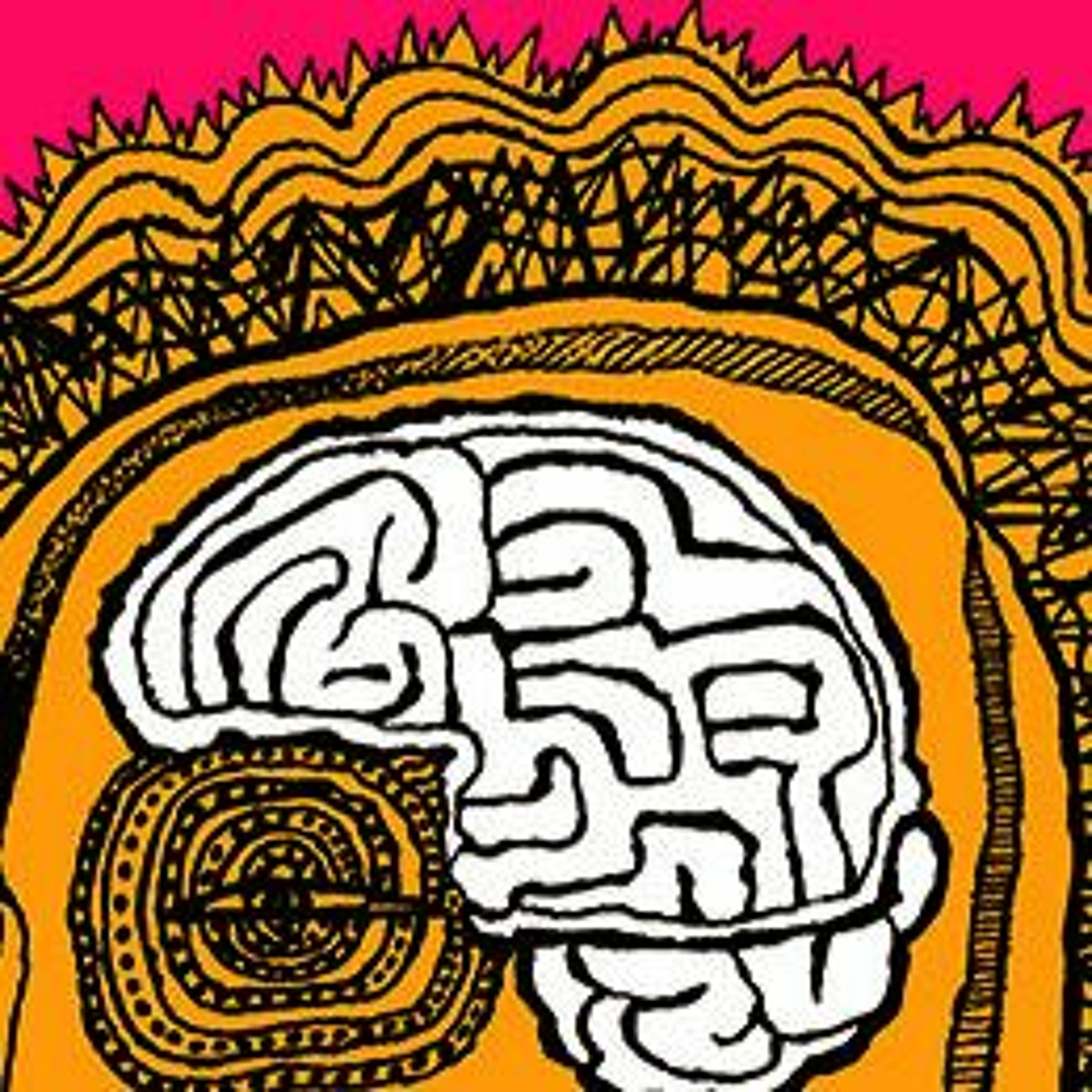 PAINWeek PodcastsAmerican Headache Society: Chronic Migraine Education Program (Part 2)Developed by the American Headache Society®, the Chronic Migraine Education Program (CMEP) includes new advances and addresses acute and preventive treatment options. In addition, the CMEP highlights epidemiologic data on the scope and distribution of migraine with an emphasis on diagnosing chronic migraine. Recent insights into the mechanisms of the complaint will set the stage for improving treatment outcomes for this most disabling of headache disorders. Part 2 will cover Pathophysiology of Chronic Migraine and Episodic Migraine; Acute Treatment Strategies; and Preventative Treatment Strategies. (Recorded at PAINWeek 2018)2019-06-271h 52
PAINWeek PodcastsAmerican Headache Society: Chronic Migraine Education Program (Part 2)Developed by the American Headache Society®, the Chronic Migraine Education Program (CMEP) includes new advances and addresses acute and preventive treatment options. In addition, the CMEP highlights epidemiologic data on the scope and distribution of migraine with an emphasis on diagnosing chronic migraine. Recent insights into the mechanisms of the complaint will set the stage for improving treatment outcomes for this most disabling of headache disorders. Part 2 will cover Pathophysiology of Chronic Migraine and Episodic Migraine; Acute Treatment Strategies; and Preventative Treatment Strategies. (Recorded at PAINWeek 2018)2019-06-271h 52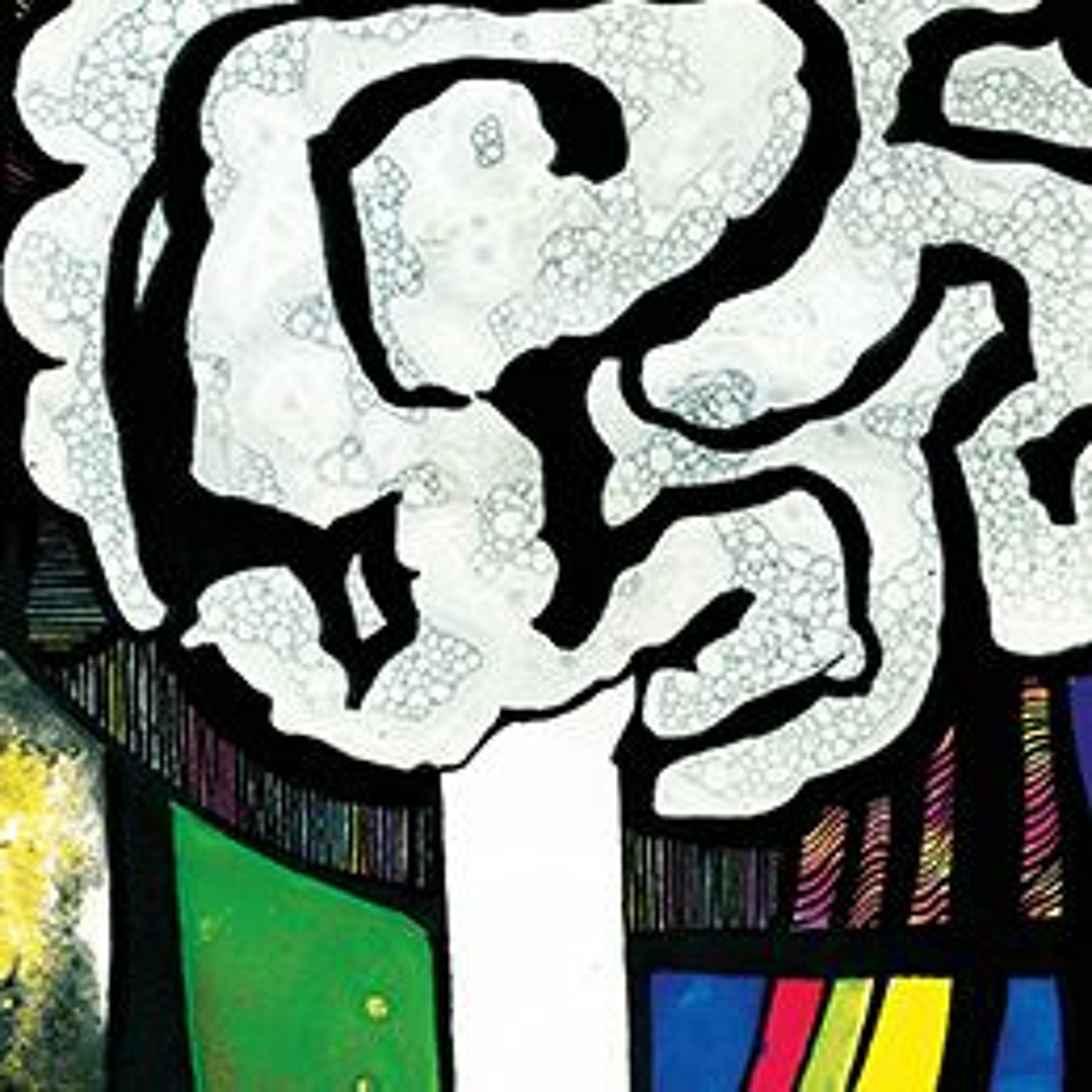 PAINWeek PodcastsEmerging Trends in Acute Pain ManagementThis course will review evidence based nonopioid medications and modalities for acute pain in the acute care and primary care setting. Among the tools to be discussed are intravenous lidocaine for renal colic, topical analgesics for muscular pain, trigger point injections for acute and chronic musculoskeletal pain, and sphenopalantine ganglion blocks for refractory migraine pain. Attendees will be presented the current evidence, indications, and contraindications for each medication and modality, and be provided with appropriate tips and tricks for billing and reimbursement of bedside procedures. In the midst of the nation’s opioid crisis, practitioners must equip themselves with any an...2019-06-1338 min
PAINWeek PodcastsEmerging Trends in Acute Pain ManagementThis course will review evidence based nonopioid medications and modalities for acute pain in the acute care and primary care setting. Among the tools to be discussed are intravenous lidocaine for renal colic, topical analgesics for muscular pain, trigger point injections for acute and chronic musculoskeletal pain, and sphenopalantine ganglion blocks for refractory migraine pain. Attendees will be presented the current evidence, indications, and contraindications for each medication and modality, and be provided with appropriate tips and tricks for billing and reimbursement of bedside procedures. In the midst of the nation’s opioid crisis, practitioners must equip themselves with any an...2019-06-1338 min PAINWeek PodcastsMultimodel Engagement & Improving Access to CareThe Emperor's New Clothes
In the Emperor’s tale, 2 weavers promise an emperor a new suit of clothes that, they say, is invisible to those who are incompetent or unfit for their positions. When the emperor parades before his subjects nude, no one dares to say anything for fear that they will be seen as such. This is a similar sentiment many providers have towards our current healthcare system. The causes of chronic pain are many, and the remedies are complicated and oftentimes not available. Providers may also fail to explore other modalities because “access” is a barrier to care. This t...2019-06-0657 min
PAINWeek PodcastsMultimodel Engagement & Improving Access to CareThe Emperor's New Clothes
In the Emperor’s tale, 2 weavers promise an emperor a new suit of clothes that, they say, is invisible to those who are incompetent or unfit for their positions. When the emperor parades before his subjects nude, no one dares to say anything for fear that they will be seen as such. This is a similar sentiment many providers have towards our current healthcare system. The causes of chronic pain are many, and the remedies are complicated and oftentimes not available. Providers may also fail to explore other modalities because “access” is a barrier to care. This t...2019-06-0657 min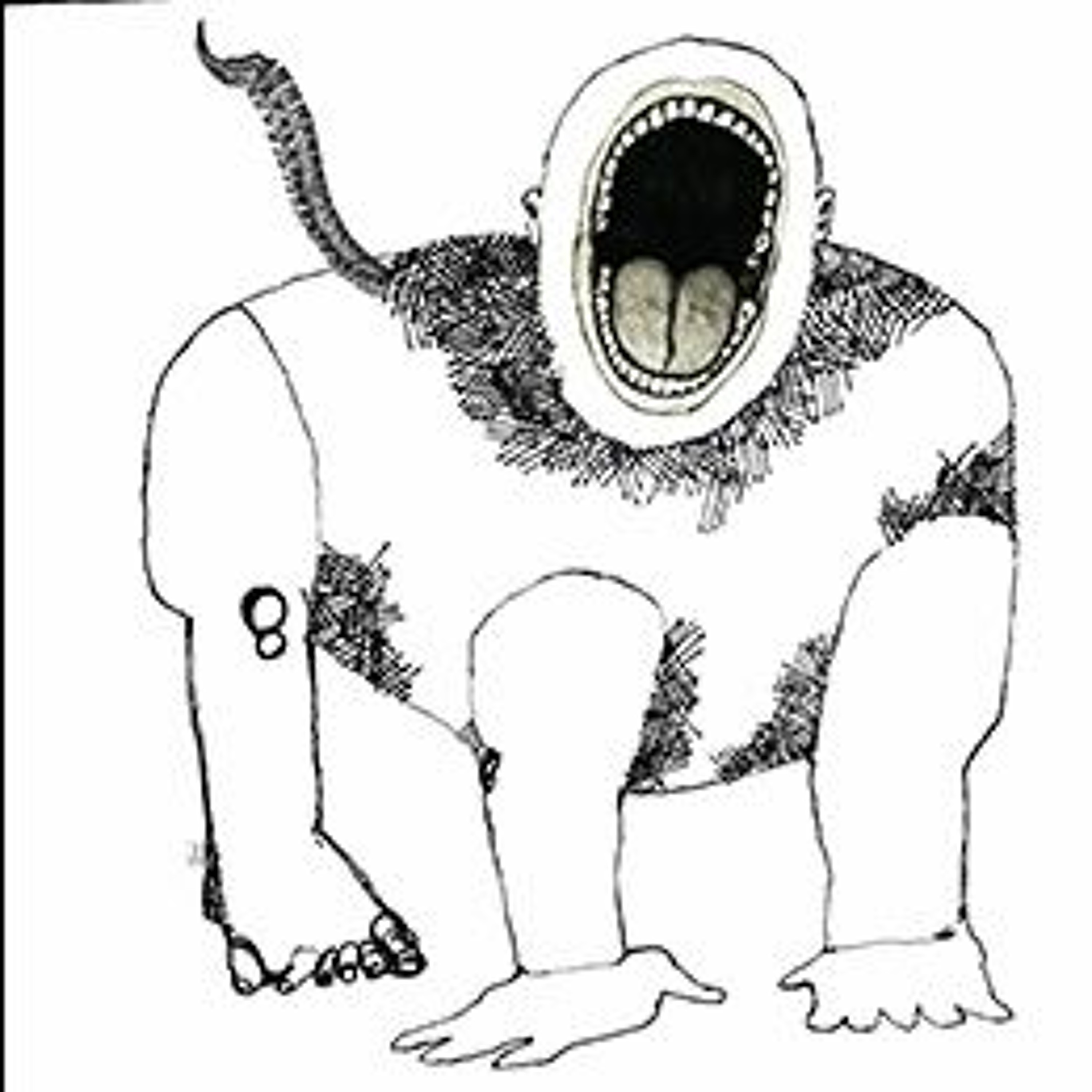 PAINWeek PodcastsDry Needling and Trigger Points: The Science Behind How Dry Needling Might WorkThe trigger point phenomena and dry needling as an approach to treat myofascial pain has gained much interest in recent years. However, the popularity of these topics has been rivaled by the controversy surrounding them within the medical and rehab community. Considering the rapid rise in continuing education courses marketed to clinicians, the media hype in the professional sports and chronic pain arenas, and the informed consumer seeking less invasive alternatives to surgery, having an in depth understanding of the current state of the literature on these topics is paramount. This course is designed to delve into the literature surrounding...2019-05-311h 02
PAINWeek PodcastsDry Needling and Trigger Points: The Science Behind How Dry Needling Might WorkThe trigger point phenomena and dry needling as an approach to treat myofascial pain has gained much interest in recent years. However, the popularity of these topics has been rivaled by the controversy surrounding them within the medical and rehab community. Considering the rapid rise in continuing education courses marketed to clinicians, the media hype in the professional sports and chronic pain arenas, and the informed consumer seeking less invasive alternatives to surgery, having an in depth understanding of the current state of the literature on these topics is paramount. This course is designed to delve into the literature surrounding...2019-05-311h 02 PAINWeek PodcastsPlan Before You Leap! Instructional Design for CliniciansEducation is a powerful weapon in the management of pain. But an educational intervention must be carefully planned to be effective. The purpose of this presentation is to prepare clinicians to plan and develop education ranging from the curbside consult to an entire course. Participants will learn about the ABCDs of learning objectives, how to select learning activities to achieve the desired outcomes, and appropriate formative and summative assessments to demonstrate these achievements. Investing your time in this presentation will pay dividends for years to come! (Recorded at PAINWeek 2018)2019-05-2348 min
PAINWeek PodcastsPlan Before You Leap! Instructional Design for CliniciansEducation is a powerful weapon in the management of pain. But an educational intervention must be carefully planned to be effective. The purpose of this presentation is to prepare clinicians to plan and develop education ranging from the curbside consult to an entire course. Participants will learn about the ABCDs of learning objectives, how to select learning activities to achieve the desired outcomes, and appropriate formative and summative assessments to demonstrate these achievements. Investing your time in this presentation will pay dividends for years to come! (Recorded at PAINWeek 2018)2019-05-2348 min PAINWeek PodcastsBig News in Small Fiber NeuropathiesDuring the past 10 years, small fiber neuropathy has become increasingly associated with a seemingly expanding number of medical conditions. This course will review the condition in general as well as the most recent advances in our understanding of its pathophysiology and how we can treat patients diagnosed with small fiber neuropathy. (Recorded at PAINWeek 2018)2019-05-1553 min
PAINWeek PodcastsBig News in Small Fiber NeuropathiesDuring the past 10 years, small fiber neuropathy has become increasingly associated with a seemingly expanding number of medical conditions. This course will review the condition in general as well as the most recent advances in our understanding of its pathophysiology and how we can treat patients diagnosed with small fiber neuropathy. (Recorded at PAINWeek 2018)2019-05-1553 min PAINWeek PodcastsPregnancy Related Pain: Sciatica My Ass!This session will describe the impact and prevalence of pelvic girdle pain (PGP) in pregnancy and the postpartum period. Anatomic, biomechanical, and hormonal influences in the etiology of pain will be explored. The most common diagnoses in pain presentation will be highlighted, debunking the common notion that pain in pregnancy is normal, and the erroneous assumption that sciatica/sciatic neuropathy is usually the primary cause. Attendees will gain an understanding of the diagnostic and evidenced based practical treatment options for pregnancy related PGP. Overall, the course aims to describe the impact and prevalence of PGP in pregnancy and postpartum; present...2019-05-0947 min
PAINWeek PodcastsPregnancy Related Pain: Sciatica My Ass!This session will describe the impact and prevalence of pelvic girdle pain (PGP) in pregnancy and the postpartum period. Anatomic, biomechanical, and hormonal influences in the etiology of pain will be explored. The most common diagnoses in pain presentation will be highlighted, debunking the common notion that pain in pregnancy is normal, and the erroneous assumption that sciatica/sciatic neuropathy is usually the primary cause. Attendees will gain an understanding of the diagnostic and evidenced based practical treatment options for pregnancy related PGP. Overall, the course aims to describe the impact and prevalence of PGP in pregnancy and postpartum; present...2019-05-0947 min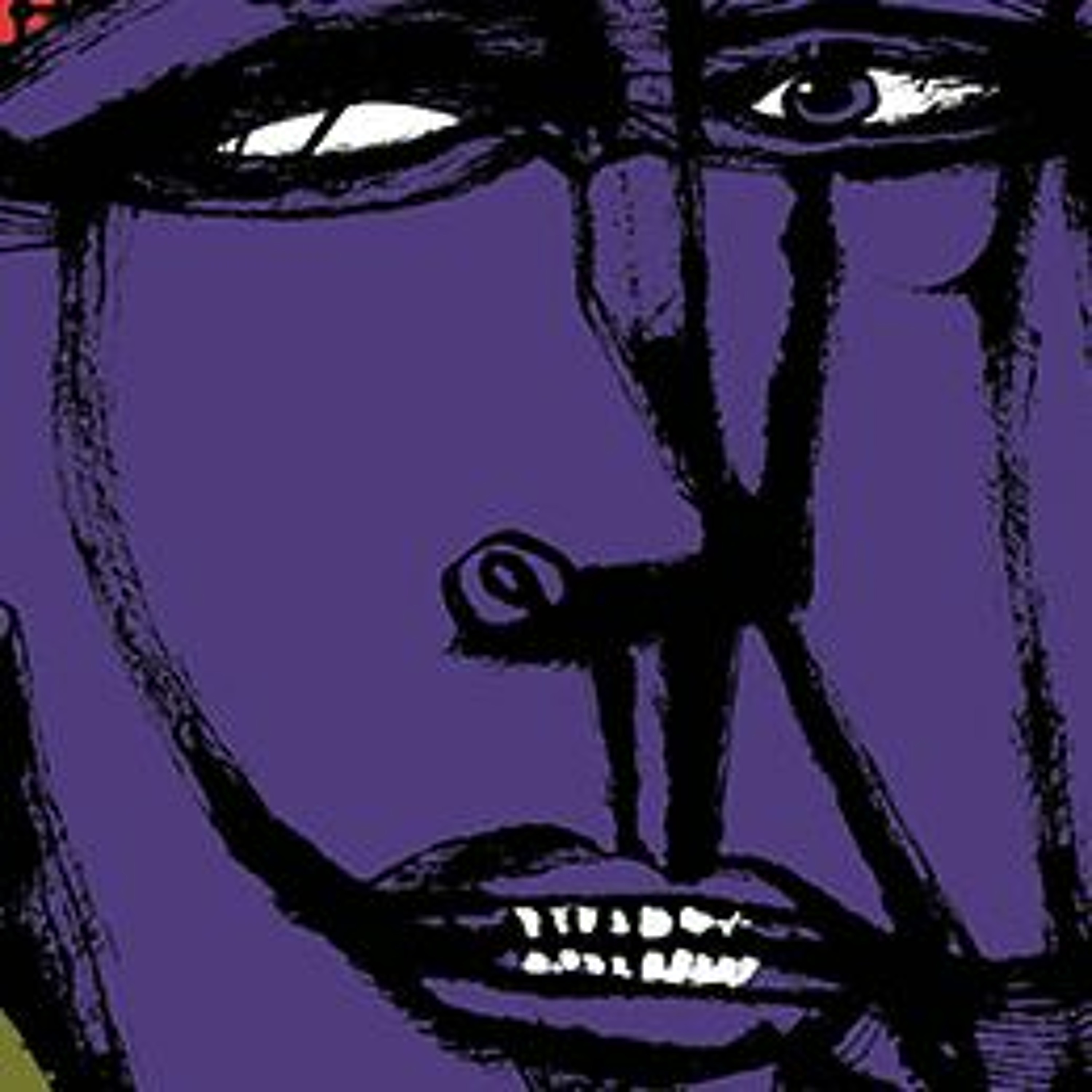 PAINWeek PodcastsCentral Sensitization and KetamineBy now, we should all be aware of the prevalence of chronic pain. Astonishingly though, few people are aware of the central pathophysiology of why people develop chronic pain. Central sensitization is one of the key processes in which chronic pain persists. In this presentation, we will explore central sensitization, what it is, what it means, and what can be done to reduce it. We will also discuss ketamine, which has emerged as one of the most useful compounds currently available to mitigate central sensitization. This staple lecture at PAINWeek is a must for anyone who wants to learn about...2019-05-021h 28
PAINWeek PodcastsCentral Sensitization and KetamineBy now, we should all be aware of the prevalence of chronic pain. Astonishingly though, few people are aware of the central pathophysiology of why people develop chronic pain. Central sensitization is one of the key processes in which chronic pain persists. In this presentation, we will explore central sensitization, what it is, what it means, and what can be done to reduce it. We will also discuss ketamine, which has emerged as one of the most useful compounds currently available to mitigate central sensitization. This staple lecture at PAINWeek is a must for anyone who wants to learn about...2019-05-021h 28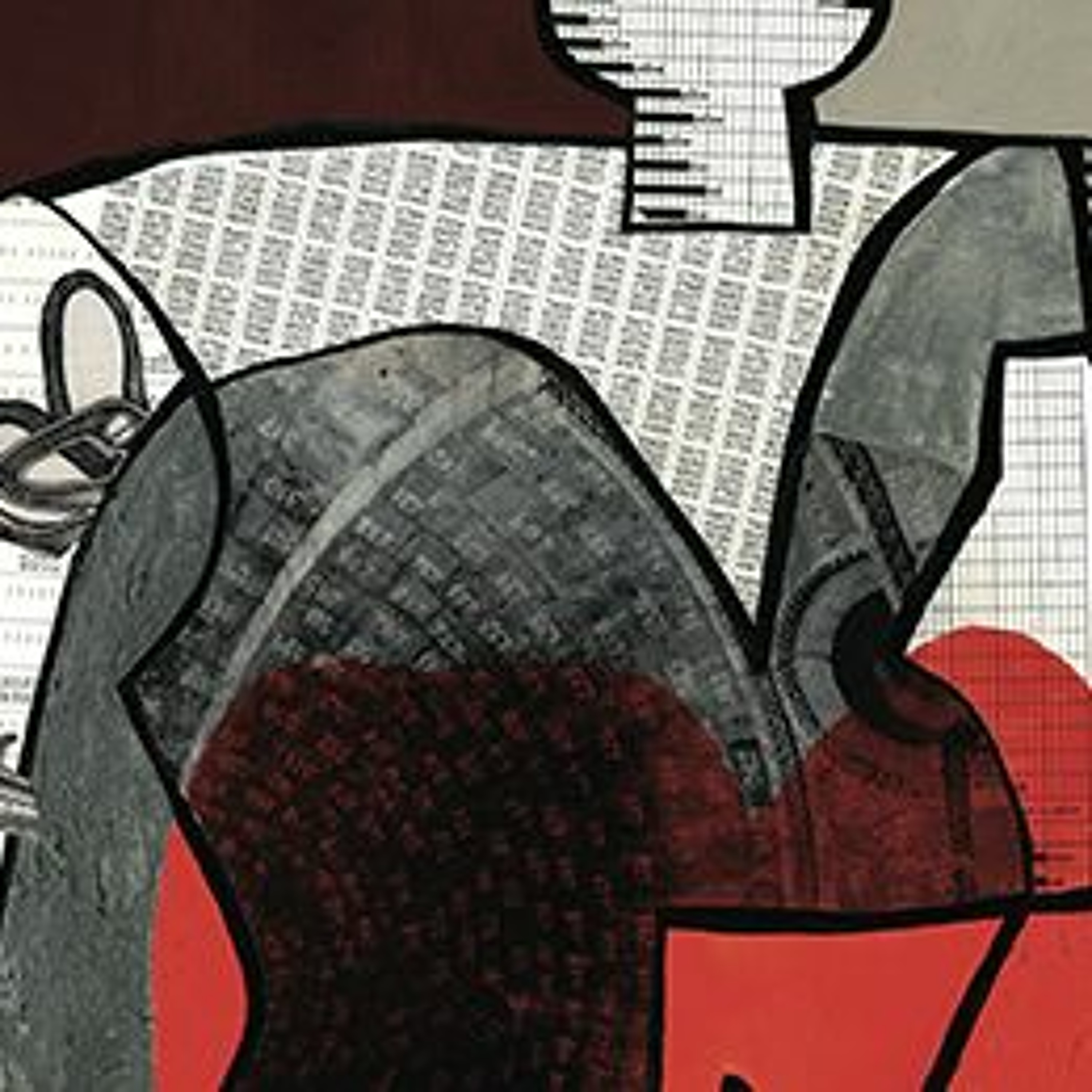 PAINWeek PodcastsNeck and Upper Extremity Pain SyndromesThere are many potential underlying causes for neck and upper extremity pain. All too often, only the most common conditions, such as a disk herniation centrally or carpal tunnel syndrome, are explored. The purpose of this course is to review other common problems such as radiculitis, and not so common such as rib arthropathy pain syndromes that can affect the neck and upper extremities. Attention will be given to clinical pearls for recognizing when patients present with such problems, as well as treatments that may prove helpful for both differentially diagnosing and treating various neck and upper extremity pain syndromes...2019-04-2656 min
PAINWeek PodcastsNeck and Upper Extremity Pain SyndromesThere are many potential underlying causes for neck and upper extremity pain. All too often, only the most common conditions, such as a disk herniation centrally or carpal tunnel syndrome, are explored. The purpose of this course is to review other common problems such as radiculitis, and not so common such as rib arthropathy pain syndromes that can affect the neck and upper extremities. Attention will be given to clinical pearls for recognizing when patients present with such problems, as well as treatments that may prove helpful for both differentially diagnosing and treating various neck and upper extremity pain syndromes...2019-04-2656 min PAINWeek PodcastsValues Based Interdisciplinary Pain ManagementThe Carrot and the Stick
Current practice in the outpatient setting tends to utilize pain psychology and movement based interventions such as exercise, physical therapy, or yoga as adjuncts to care, and are often delivered separately to the patient. Healthcare providers are aware of the benefits of psychological therapies and physical therapies for patients with chronic pain; however, there is often a gap in understanding how to implement psychological therapies or movement interventions. In this session we describe empirically validated psychological flexibility interventions and functionally based exercise program outcomes. Outpatient programs that include psychological and movement interventions within the framework...2019-04-1839 min
PAINWeek PodcastsValues Based Interdisciplinary Pain ManagementThe Carrot and the Stick
Current practice in the outpatient setting tends to utilize pain psychology and movement based interventions such as exercise, physical therapy, or yoga as adjuncts to care, and are often delivered separately to the patient. Healthcare providers are aware of the benefits of psychological therapies and physical therapies for patients with chronic pain; however, there is often a gap in understanding how to implement psychological therapies or movement interventions. In this session we describe empirically validated psychological flexibility interventions and functionally based exercise program outcomes. Outpatient programs that include psychological and movement interventions within the framework...2019-04-1839 min PAINWeek PodcastsPracticing Multidisciplinary Pain Management in the Community SettingIncreasingly widespread acceptance of the biopsychosocial model in chronic pain management, along with the relatively modest performance of monotherapies in clinical trials, has led to increased research into the effectiveness of multidisciplinary care. The greatest challenges to practicing multidisciplinary pain management in the community setting include cost, access, provider education, and patient acceptance. This presentation will explore the importance of multidisciplinary pain management, provide easy access to resources, and empower the community provider to practice comprehensive pain management for improved outcomes with some of their most challenging of patients. (Recorded at PAINWeek 2018)2019-04-1158 min
PAINWeek PodcastsPracticing Multidisciplinary Pain Management in the Community SettingIncreasingly widespread acceptance of the biopsychosocial model in chronic pain management, along with the relatively modest performance of monotherapies in clinical trials, has led to increased research into the effectiveness of multidisciplinary care. The greatest challenges to practicing multidisciplinary pain management in the community setting include cost, access, provider education, and patient acceptance. This presentation will explore the importance of multidisciplinary pain management, provide easy access to resources, and empower the community provider to practice comprehensive pain management for improved outcomes with some of their most challenging of patients. (Recorded at PAINWeek 2018)2019-04-1158 min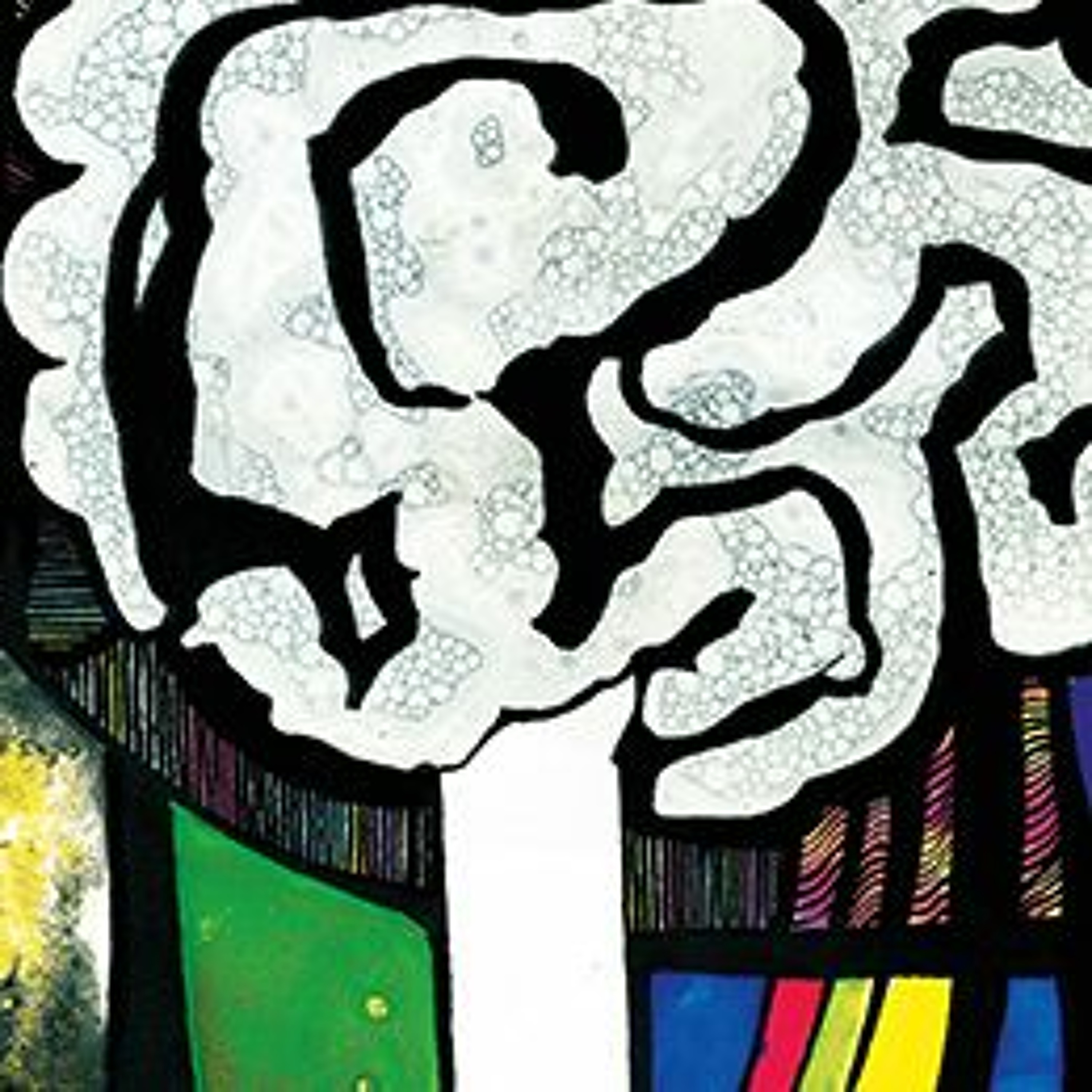 PAINWeek PodcastsThe Role of Acute Care in the Opioid EpidemicMichigan OPEN—the Opioid Prescribing Engagement Network—was founded to develop a preventive approach to the opioid epidemic in the state through a focus on reducing acute care prescribing (surgery, dentistry, emergency medicine, and trauma). Addressing opioid prescribing during the acute care period among those patients not using opioids has the greatest potential to reduce the number of new chronic opioid users and minimize unintended distribution of prescription opioids into communities. Through a partnership with statewide, physician-led networks, Michigan OPEN is collecting data and identifying and disseminating best practices in acute care opioid prescribing to providers around the state. This sess...2019-04-041h 00
PAINWeek PodcastsThe Role of Acute Care in the Opioid EpidemicMichigan OPEN—the Opioid Prescribing Engagement Network—was founded to develop a preventive approach to the opioid epidemic in the state through a focus on reducing acute care prescribing (surgery, dentistry, emergency medicine, and trauma). Addressing opioid prescribing during the acute care period among those patients not using opioids has the greatest potential to reduce the number of new chronic opioid users and minimize unintended distribution of prescription opioids into communities. Through a partnership with statewide, physician-led networks, Michigan OPEN is collecting data and identifying and disseminating best practices in acute care opioid prescribing to providers around the state. This sess...2019-04-041h 00 PAINWeek PodcastsBrain Based Biomarkers for PainObjective Measures of Pain or a Journey Down the Rabbit Hole?
Using functional magnetic resonance imaging (fMRI) techniques, we have been able to open windows to the brain, to noninvasively study its structure and function. Pain processing within the central nervous system (CNS), brain and spinal cord, and how it is disrupted in chronic pain has been increasingly characterized using neuroimaging. However, to date, fMRI has provided minimal direct clinical application for pain. We believe that will soon change. Furthermore, the use of more sophisticated analysis techniques is providing us with greater mechanistic understanding of the role of the brain...2019-03-2749 min
PAINWeek PodcastsBrain Based Biomarkers for PainObjective Measures of Pain or a Journey Down the Rabbit Hole?
Using functional magnetic resonance imaging (fMRI) techniques, we have been able to open windows to the brain, to noninvasively study its structure and function. Pain processing within the central nervous system (CNS), brain and spinal cord, and how it is disrupted in chronic pain has been increasingly characterized using neuroimaging. However, to date, fMRI has provided minimal direct clinical application for pain. We believe that will soon change. Furthermore, the use of more sophisticated analysis techniques is providing us with greater mechanistic understanding of the role of the brain...2019-03-2749 min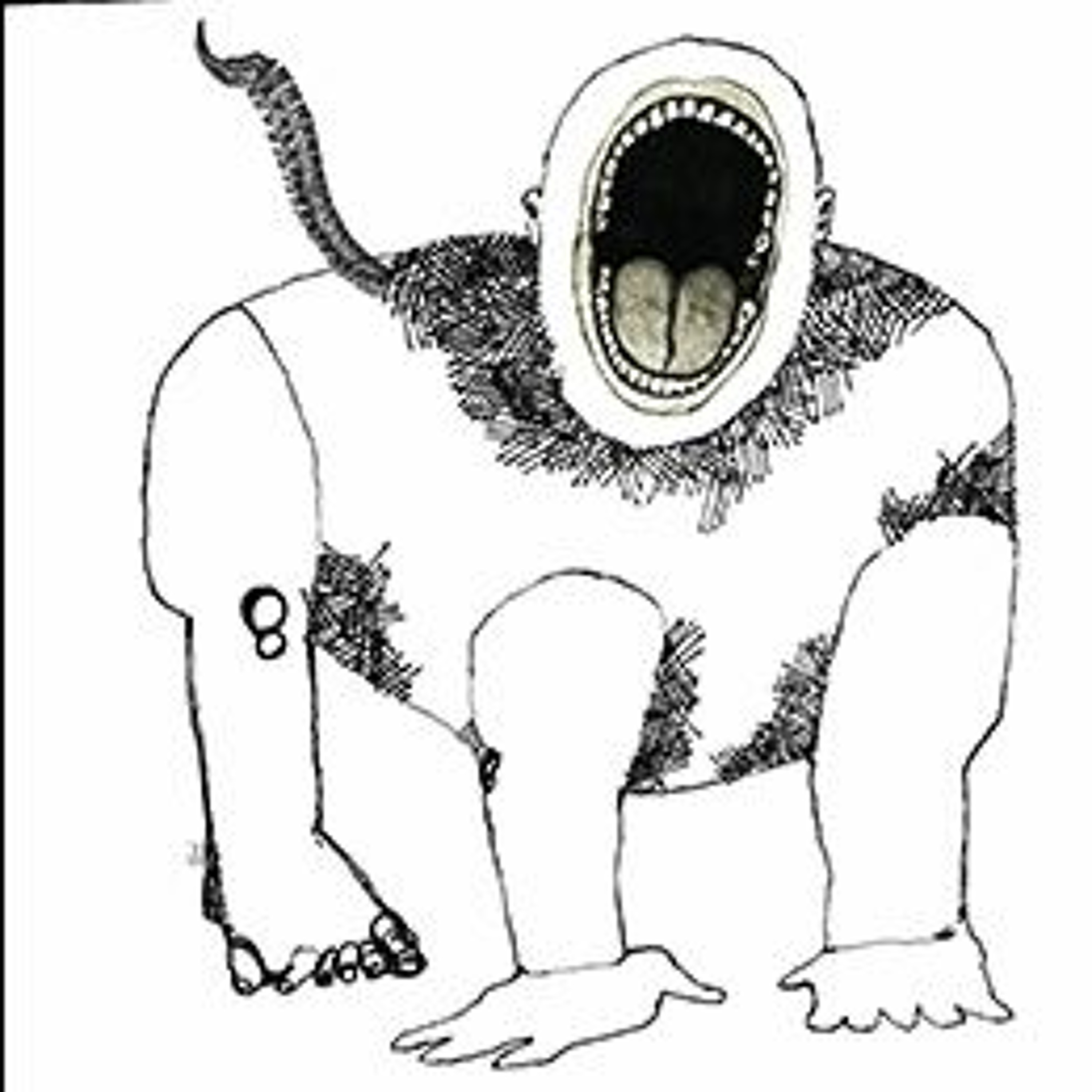 PAINWeek PodcastsChange the Narrative for Improved Outcomes - Words Matter in Pain CareClinicians have a responsibility to educate and reassure patients who live with pain so they can overcome barriers, such as fear of movement, and re-engage in healthy behaviors. Despite the progressive embrace of a biopsychosocial framework in pain care, most patients conceptualize their persisting pain symptoms as an isolated biomechanical/structural problem. Words such as degeneration, wear and tear, unstable, and impingement have an emotive impact, and can negatively affect a patient’s self-efficacy, which sabotages individual functional outcomes. Clinicians have a significant influence over the beliefs of their patients, and words used in clinical interactions can deeply shape health be...2019-03-2154 min
PAINWeek PodcastsChange the Narrative for Improved Outcomes - Words Matter in Pain CareClinicians have a responsibility to educate and reassure patients who live with pain so they can overcome barriers, such as fear of movement, and re-engage in healthy behaviors. Despite the progressive embrace of a biopsychosocial framework in pain care, most patients conceptualize their persisting pain symptoms as an isolated biomechanical/structural problem. Words such as degeneration, wear and tear, unstable, and impingement have an emotive impact, and can negatively affect a patient’s self-efficacy, which sabotages individual functional outcomes. Clinicians have a significant influence over the beliefs of their patients, and words used in clinical interactions can deeply shape health be...2019-03-2154 min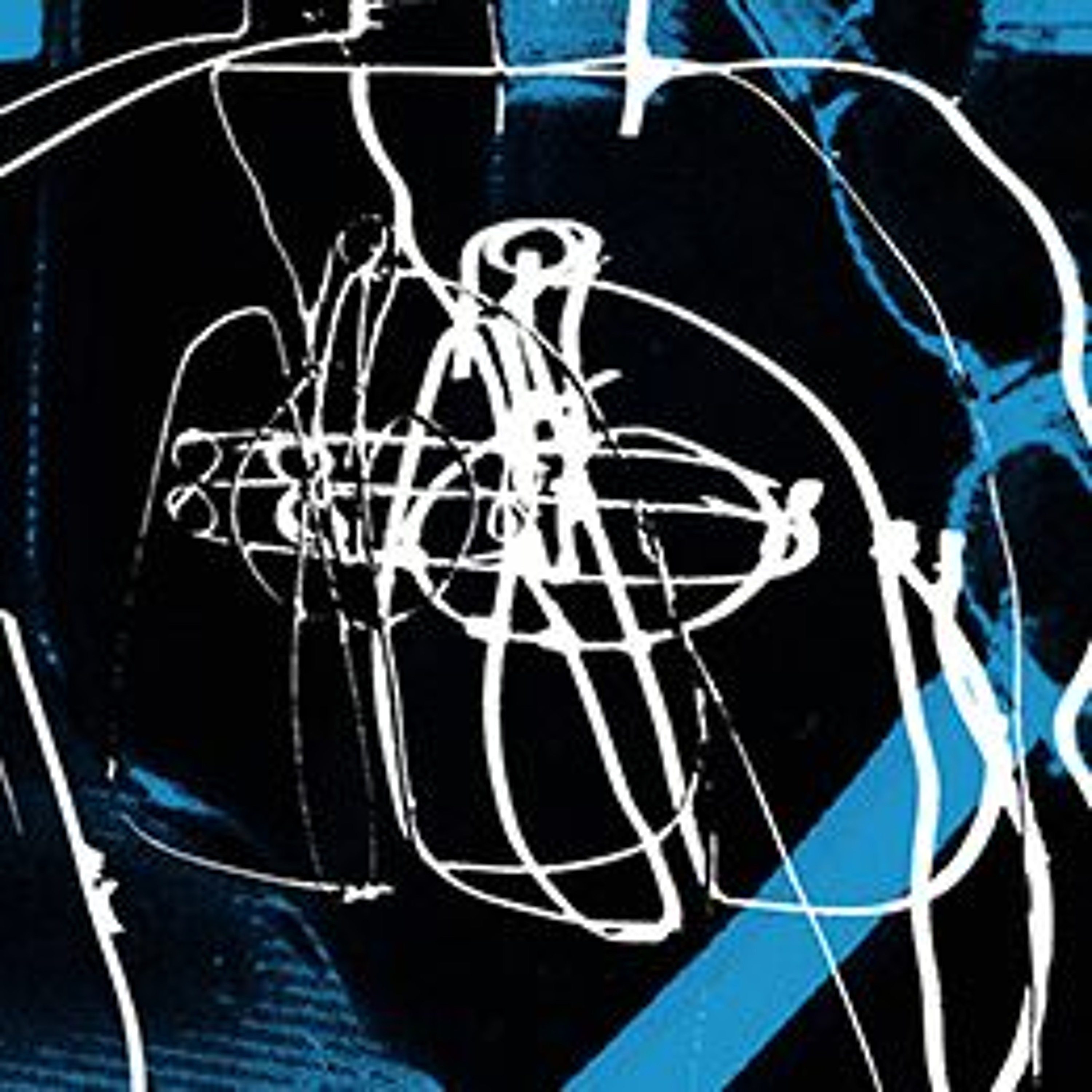 PAINWeek PodcastsWalking the Line: Opioid Dose De-escalationThe shift away from opioid use in medication management for chronic pain has changed the dynamic of opioid prescribing in many ways. Now, more than ever, prescribers are under the microscope regarding selection of opioids and doses as well as clinical documentation and appropriate action based on findings during the patient visit. Risks of opioids outweighing the benefits due to lack of effect, adverse effects, or aberrant behavior are just some of the possible justifications when considering opioid tapering. There are other instances when there is outright dangerous or illegal behavior that justifies discontinuation of opioids. This lecture will review...2019-03-1450 min
PAINWeek PodcastsWalking the Line: Opioid Dose De-escalationThe shift away from opioid use in medication management for chronic pain has changed the dynamic of opioid prescribing in many ways. Now, more than ever, prescribers are under the microscope regarding selection of opioids and doses as well as clinical documentation and appropriate action based on findings during the patient visit. Risks of opioids outweighing the benefits due to lack of effect, adverse effects, or aberrant behavior are just some of the possible justifications when considering opioid tapering. There are other instances when there is outright dangerous or illegal behavior that justifies discontinuation of opioids. This lecture will review...2019-03-1450 min PAINWeek PodcastsPain Terminology: Knowing the Difference Makes a Difference!The Pain Educators Forum presents this course because there are so many different levels of practitioner experience with pain management. Specifically, inspiration came from someone who, after attending one of our courses, had a burning question for our faculty: “What do sodium channels have to do with pain?” Yikes!!! After attending this humorous, informative course you will definitely know the difference between paresthesia and dysesthesia, allodynia and hyperalgesia, and how sodium channels confer excitability on neurons in nociceptive pathways. In sum, after this course, you’d be a fierce and worthy contestant on Jeopardy! (Recorded at PAINWeek 2018)2019-03-0749 min
PAINWeek PodcastsPain Terminology: Knowing the Difference Makes a Difference!The Pain Educators Forum presents this course because there are so many different levels of practitioner experience with pain management. Specifically, inspiration came from someone who, after attending one of our courses, had a burning question for our faculty: “What do sodium channels have to do with pain?” Yikes!!! After attending this humorous, informative course you will definitely know the difference between paresthesia and dysesthesia, allodynia and hyperalgesia, and how sodium channels confer excitability on neurons in nociceptive pathways. In sum, after this course, you’d be a fierce and worthy contestant on Jeopardy! (Recorded at PAINWeek 2018)2019-03-0749 min PAINWeek PodcastsInitial Evaluation and Management of Common Neuro-Musculoskeletal Painful ConditionsMusculoskeletal pain complaints are among the most common problems encountered by any clinician in an ambulatory care practice, yet many clinicians lack basic training and knowledge about the proper evaluation of these conditions. This course will discuss concepts of the evaluation, including the appropriate and directed history and exam findings that should be evaluated. A great deal of emphasis will be placed on the importance of the clinical evaluation as opposed to ancillary testing such as imaging tests. There will be special attention paid to the importance of knowing the limitations and pitfalls of imaging tests in the evaluation of...2019-02-2854 min
PAINWeek PodcastsInitial Evaluation and Management of Common Neuro-Musculoskeletal Painful ConditionsMusculoskeletal pain complaints are among the most common problems encountered by any clinician in an ambulatory care practice, yet many clinicians lack basic training and knowledge about the proper evaluation of these conditions. This course will discuss concepts of the evaluation, including the appropriate and directed history and exam findings that should be evaluated. A great deal of emphasis will be placed on the importance of the clinical evaluation as opposed to ancillary testing such as imaging tests. There will be special attention paid to the importance of knowing the limitations and pitfalls of imaging tests in the evaluation of...2019-02-2854 min PAINWeek PodcastsTrusted But Not Busted: Staying Compliant in a Litigious EnvironmentTo provide high-quality care for individuals with pain, a healthcare practitioner should have current knowledge of clinical standards, analyze each patient’s medical needs, and create an individualized treatment plan. Providing such care to patients who often present with complex histories, unique needs, and comorbid conditions can be more of an art than a science, as practitioners must base decisions on their formal education and training, medical literature, and practical experience. Given the ever-changing regulatory environment and increasing scrutiny by public and private payers alike, practitioners must also be keenly aware of the laws, regulations, payer standards, and enforcement trends af...2019-02-2255 min
PAINWeek PodcastsTrusted But Not Busted: Staying Compliant in a Litigious EnvironmentTo provide high-quality care for individuals with pain, a healthcare practitioner should have current knowledge of clinical standards, analyze each patient’s medical needs, and create an individualized treatment plan. Providing such care to patients who often present with complex histories, unique needs, and comorbid conditions can be more of an art than a science, as practitioners must base decisions on their formal education and training, medical literature, and practical experience. Given the ever-changing regulatory environment and increasing scrutiny by public and private payers alike, practitioners must also be keenly aware of the laws, regulations, payer standards, and enforcement trends af...2019-02-2255 min PAINWeek PodcastsDiagnosis and Pathophysiology of Minor Traumatic Brain Injury and Posttraumatic HeadacheWhen Stars Collide
This course will cover the pathophysiology and the diagnosis of minor traumatic brain injury, including the major factors which, together, make the diagnosis and treatment difficult and time dependent. We will also look at the concept of posttraumatic headache. After describing the phenotypic posttraumatic headache types, including the most common 3 headache types or phenotypes, we will explore treatments not including pain medication. Also to be discussed: the similarities and differences between posttraumatic headache in the US population vs that in our veteran population (where and how a headache exists), and who may have posttraumatic headache secondary to...2019-02-141h 15
PAINWeek PodcastsDiagnosis and Pathophysiology of Minor Traumatic Brain Injury and Posttraumatic HeadacheWhen Stars Collide
This course will cover the pathophysiology and the diagnosis of minor traumatic brain injury, including the major factors which, together, make the diagnosis and treatment difficult and time dependent. We will also look at the concept of posttraumatic headache. After describing the phenotypic posttraumatic headache types, including the most common 3 headache types or phenotypes, we will explore treatments not including pain medication. Also to be discussed: the similarities and differences between posttraumatic headache in the US population vs that in our veteran population (where and how a headache exists), and who may have posttraumatic headache secondary to...2019-02-141h 15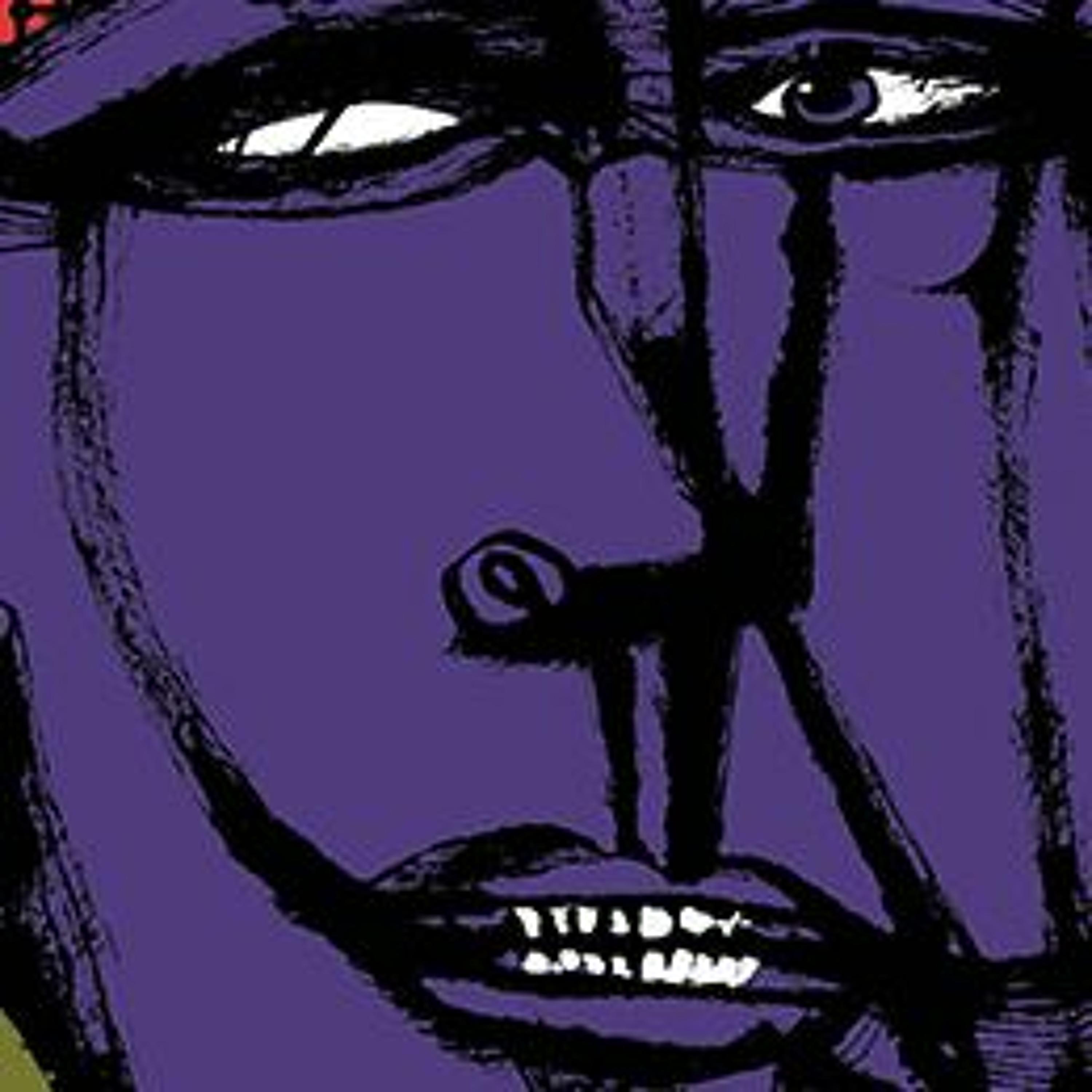 PAINWeek PodcastsElectroceuticals: The Future of Interventional Pain Management?Since the Roman Empire, electricity has been used in the field of medicine for treating pain. In the era of modern medicine, the field of neuromodulation has entered its renaissance with the introduction of novel wave forms such as HF10, burst closed loop, and noninvasive vagal nerve stimulation. This ripple effect has provided chronic pain patients with additional treatment options and challenged our current understanding of neurostimulation. Simultaneously, our society is faced with a healthcare crisis—the prescription opioid epidemic. This presentation, for all healthcare professionals in the field of pain medicine, will review the current status of the electroceutical in...2019-01-3151 min
PAINWeek PodcastsElectroceuticals: The Future of Interventional Pain Management?Since the Roman Empire, electricity has been used in the field of medicine for treating pain. In the era of modern medicine, the field of neuromodulation has entered its renaissance with the introduction of novel wave forms such as HF10, burst closed loop, and noninvasive vagal nerve stimulation. This ripple effect has provided chronic pain patients with additional treatment options and challenged our current understanding of neurostimulation. Simultaneously, our society is faced with a healthcare crisis—the prescription opioid epidemic. This presentation, for all healthcare professionals in the field of pain medicine, will review the current status of the electroceutical in...2019-01-3151 min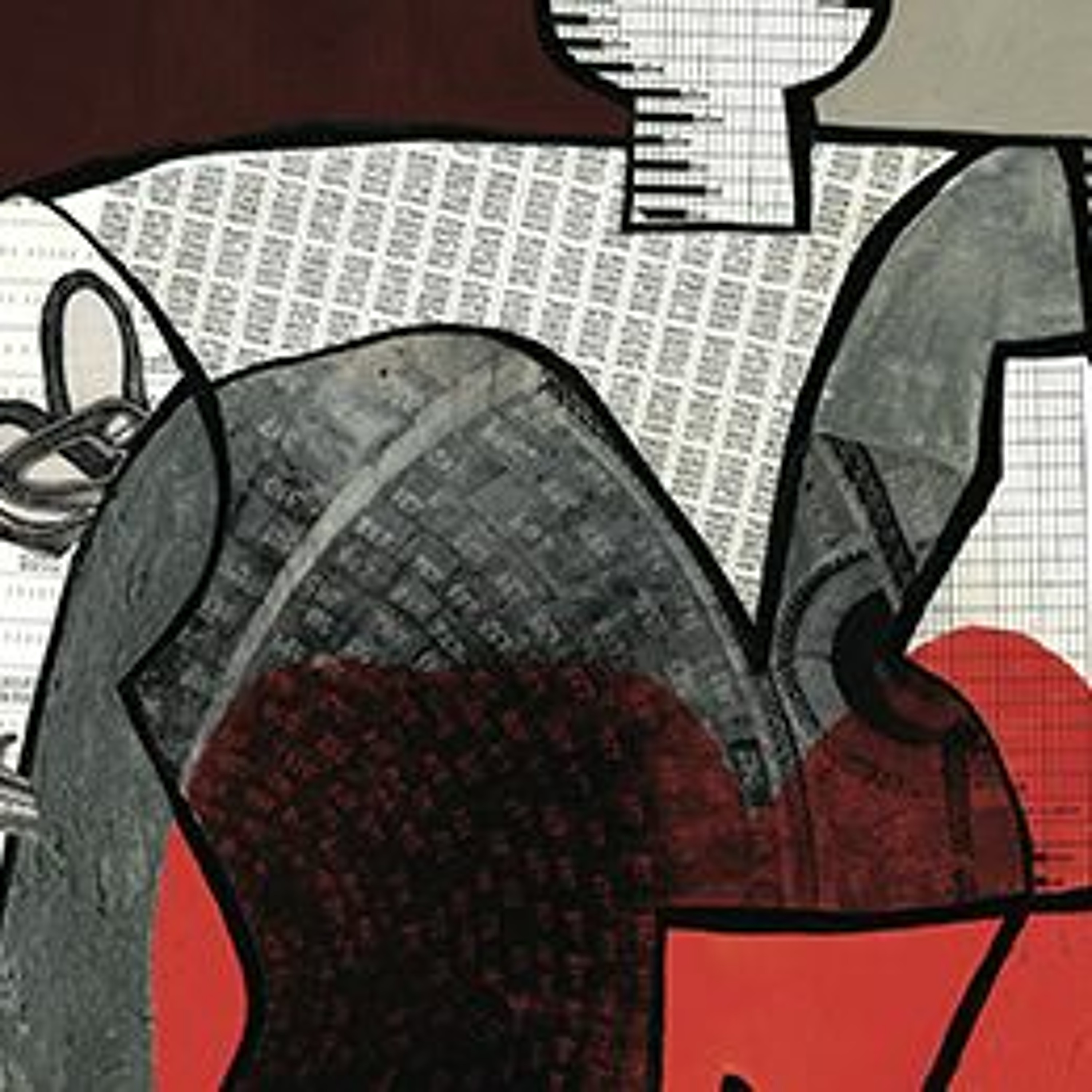 PAINWeek PodcastsThe Weight of the World: Evaluation and Management of Sacroiliac Joint DysfunctionThis presentation will discuss the basic concepts of the evaluation of patients with various degrees of sacroiliac joint dysfunction, including presenting symptoms and pain referral patterns. Basic exam findings and special tests and their respective predictive values will be demonstrated. The sensitivity and specificity of guided sacroiliac joint injections will also be discussed as part of zooming into the diagnosis of this musculoskeletal entity. Various therapeutic approaches will be illustrated, including specific physical therapy protocols, physical modalities, manipulation techniques, and interventional therapeutic procedures. The importance of guided injections will be reviewed, along with the literature for various approaches such as...2019-01-2551 min
PAINWeek PodcastsThe Weight of the World: Evaluation and Management of Sacroiliac Joint DysfunctionThis presentation will discuss the basic concepts of the evaluation of patients with various degrees of sacroiliac joint dysfunction, including presenting symptoms and pain referral patterns. Basic exam findings and special tests and their respective predictive values will be demonstrated. The sensitivity and specificity of guided sacroiliac joint injections will also be discussed as part of zooming into the diagnosis of this musculoskeletal entity. Various therapeutic approaches will be illustrated, including specific physical therapy protocols, physical modalities, manipulation techniques, and interventional therapeutic procedures. The importance of guided injections will be reviewed, along with the literature for various approaches such as...2019-01-2551 min PAINWeek PodcastsBeing Held Hostage? Use Psychological Strategies for Resolving Difficult Patient BehaviorsMany frontline practitioners often describe feeling like they are “held hostage” by their chronic pain patients. A lot can be learned from reviewing hostage negotiation techniques used in real-life crisis situations. These negotiation strategies typically yield a 95% success rate, which is a remarkable statistic for any form of intervention strategy. Hostage negotiation is all about psychology. These skills are critical for any “negotiator” faced with high-tension conflicts that occur during shared medical decision making. The goal of such negotiations is to work with people in crisis towards a peaceful resolution that previously seemed impossible. It entails influencing a behavioral change in someo...2019-01-1741 min
PAINWeek PodcastsBeing Held Hostage? Use Psychological Strategies for Resolving Difficult Patient BehaviorsMany frontline practitioners often describe feeling like they are “held hostage” by their chronic pain patients. A lot can be learned from reviewing hostage negotiation techniques used in real-life crisis situations. These negotiation strategies typically yield a 95% success rate, which is a remarkable statistic for any form of intervention strategy. Hostage negotiation is all about psychology. These skills are critical for any “negotiator” faced with high-tension conflicts that occur during shared medical decision making. The goal of such negotiations is to work with people in crisis towards a peaceful resolution that previously seemed impossible. It entails influencing a behavioral change in someo...2019-01-1741 min PAINWeek PodcastsBack Pain: It's All About the DiagnosisThe prevalence of back pain continues in spite of the many treatments available, without any single treatment being a panacea. In routine clinical practice there has been a tendency of clinical examinations to become more cursory, largely influenced by increasing demands of time and arguably an overreliance upon technology. It has been suggested that the failure to adequately differentially diagnose the cause of back pain can account for clinical failures in treatment. The purpose of this discussion is to assist clinicians in the development of a more specific problem focused examination to enhance the differential diagnosis of specific pain generators...2019-01-112h 22
PAINWeek PodcastsBack Pain: It's All About the DiagnosisThe prevalence of back pain continues in spite of the many treatments available, without any single treatment being a panacea. In routine clinical practice there has been a tendency of clinical examinations to become more cursory, largely influenced by increasing demands of time and arguably an overreliance upon technology. It has been suggested that the failure to adequately differentially diagnose the cause of back pain can account for clinical failures in treatment. The purpose of this discussion is to assist clinicians in the development of a more specific problem focused examination to enhance the differential diagnosis of specific pain generators...2019-01-112h 22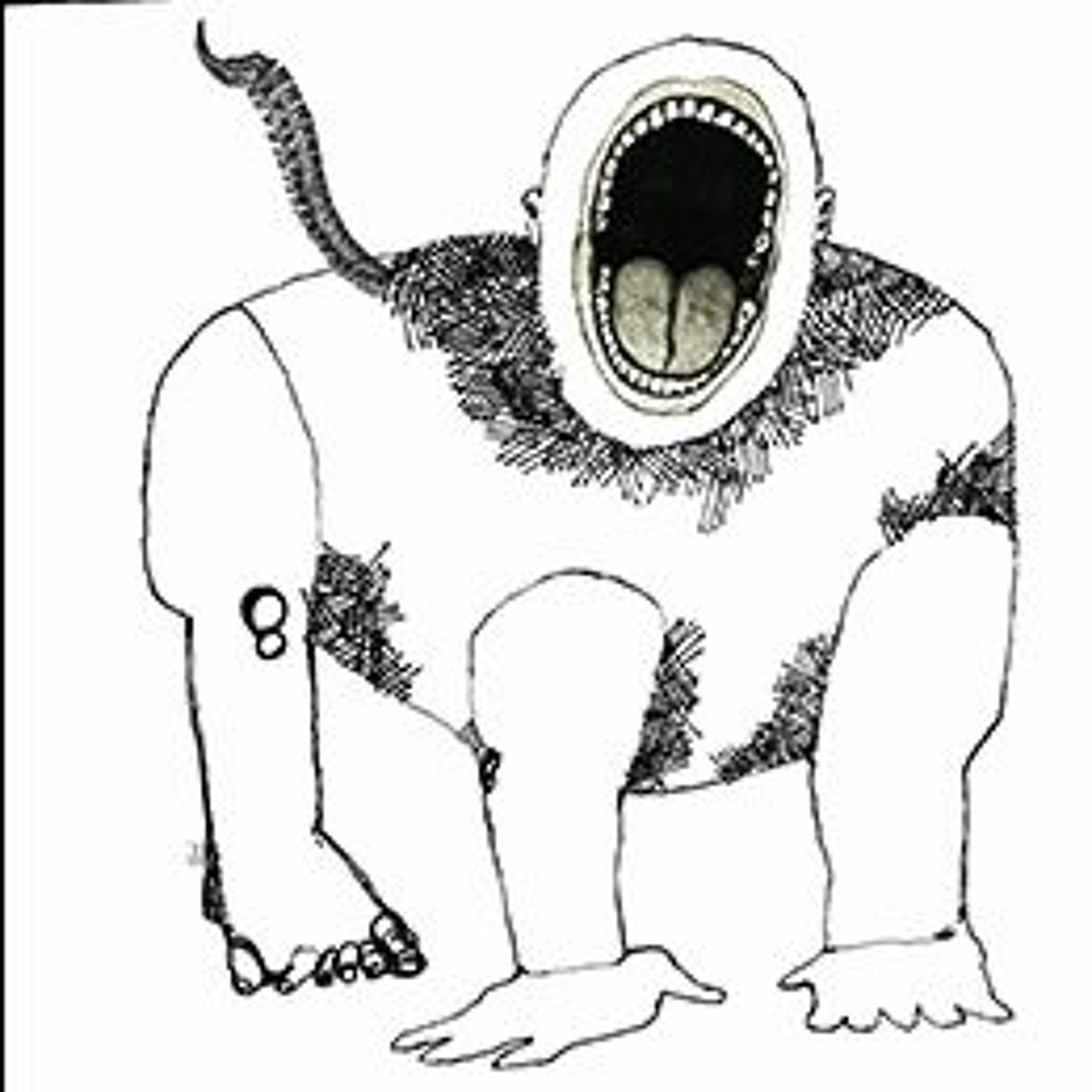 PAINWeek PodcastsAddressing Altered Sensory Perception: A Missing Piece to the Pain PuzzleAltered sensory acuity occurs at spinal and supraspinal levels via sensitization and chronicity. Cortical changes including imprecision of the somatosensory homunculus have been evidenced with fMRI and identified in a wide variety of musculoskeletal and neuropathic pain. However, these changes can occur in acute instances of pain as well. Literature is demonstrating that addressing these sensory disturbances can decrease pain and improve mobility. This course will provide an overview of how pain facilitates plastic changes at spinal and supraspinal levels, a literature review identifying pain conditions that demonstrate sensory acuity disturbances, and show how to incorporate multisensory discrimination treatment into...2019-01-0354 min
PAINWeek PodcastsAddressing Altered Sensory Perception: A Missing Piece to the Pain PuzzleAltered sensory acuity occurs at spinal and supraspinal levels via sensitization and chronicity. Cortical changes including imprecision of the somatosensory homunculus have been evidenced with fMRI and identified in a wide variety of musculoskeletal and neuropathic pain. However, these changes can occur in acute instances of pain as well. Literature is demonstrating that addressing these sensory disturbances can decrease pain and improve mobility. This course will provide an overview of how pain facilitates plastic changes at spinal and supraspinal levels, a literature review identifying pain conditions that demonstrate sensory acuity disturbances, and show how to incorporate multisensory discrimination treatment into...2019-01-0354 min PAINWeek PodcastsUnraveling the Mysteries of Misplaced Cells and Cyclical Pain in EndometriosisA Spy in the House of Love:
Although endometriosis is the most common condition identified among women with dysmenorrhea and chronic pelvic pain, its evaluation and management presents many challenges to practicing clinicians. This lecture will provide participants with a practical and state-of-the art approach to the care of endometriosis patients that reviews the clinical evaluation, appropriate multidisciplinary diagnostic workup, and innovations in medical and surgical treatment options. We will emphasize diagnostic and treatment strategies for the primary care clinician, and when to refer to a gynecologic surgeon or other specialist. At the conclusion of this activity, the participant will...2018-12-071h 01
PAINWeek PodcastsUnraveling the Mysteries of Misplaced Cells and Cyclical Pain in EndometriosisA Spy in the House of Love:
Although endometriosis is the most common condition identified among women with dysmenorrhea and chronic pelvic pain, its evaluation and management presents many challenges to practicing clinicians. This lecture will provide participants with a practical and state-of-the art approach to the care of endometriosis patients that reviews the clinical evaluation, appropriate multidisciplinary diagnostic workup, and innovations in medical and surgical treatment options. We will emphasize diagnostic and treatment strategies for the primary care clinician, and when to refer to a gynecologic surgeon or other specialist. At the conclusion of this activity, the participant will...2018-12-071h 01 PAINWeek PodcastsMeasure for Measure: Prescribing Guidelines, Rules, and RegulationsWashington was one of the first states to legislate prescribing rules for the treatment of chronic pain, a unique model which relied on the use of a dosage trigger and the necessity to calculate morphine equivalency. Following Washington’s lead, other states and the Centers for Disease Control and Prevention (CDC) have created their own guidelines and rules that not only vary widely but are often in conflict with each other. This presentation will discuss the recent history of prescribing guidelines, their diffusion across the United States, and their potential impact on medical practice and the treatment of pain. (Recorded at...2018-11-3041 min
PAINWeek PodcastsMeasure for Measure: Prescribing Guidelines, Rules, and RegulationsWashington was one of the first states to legislate prescribing rules for the treatment of chronic pain, a unique model which relied on the use of a dosage trigger and the necessity to calculate morphine equivalency. Following Washington’s lead, other states and the Centers for Disease Control and Prevention (CDC) have created their own guidelines and rules that not only vary widely but are often in conflict with each other. This presentation will discuss the recent history of prescribing guidelines, their diffusion across the United States, and their potential impact on medical practice and the treatment of pain. (Recorded at...2018-11-3041 min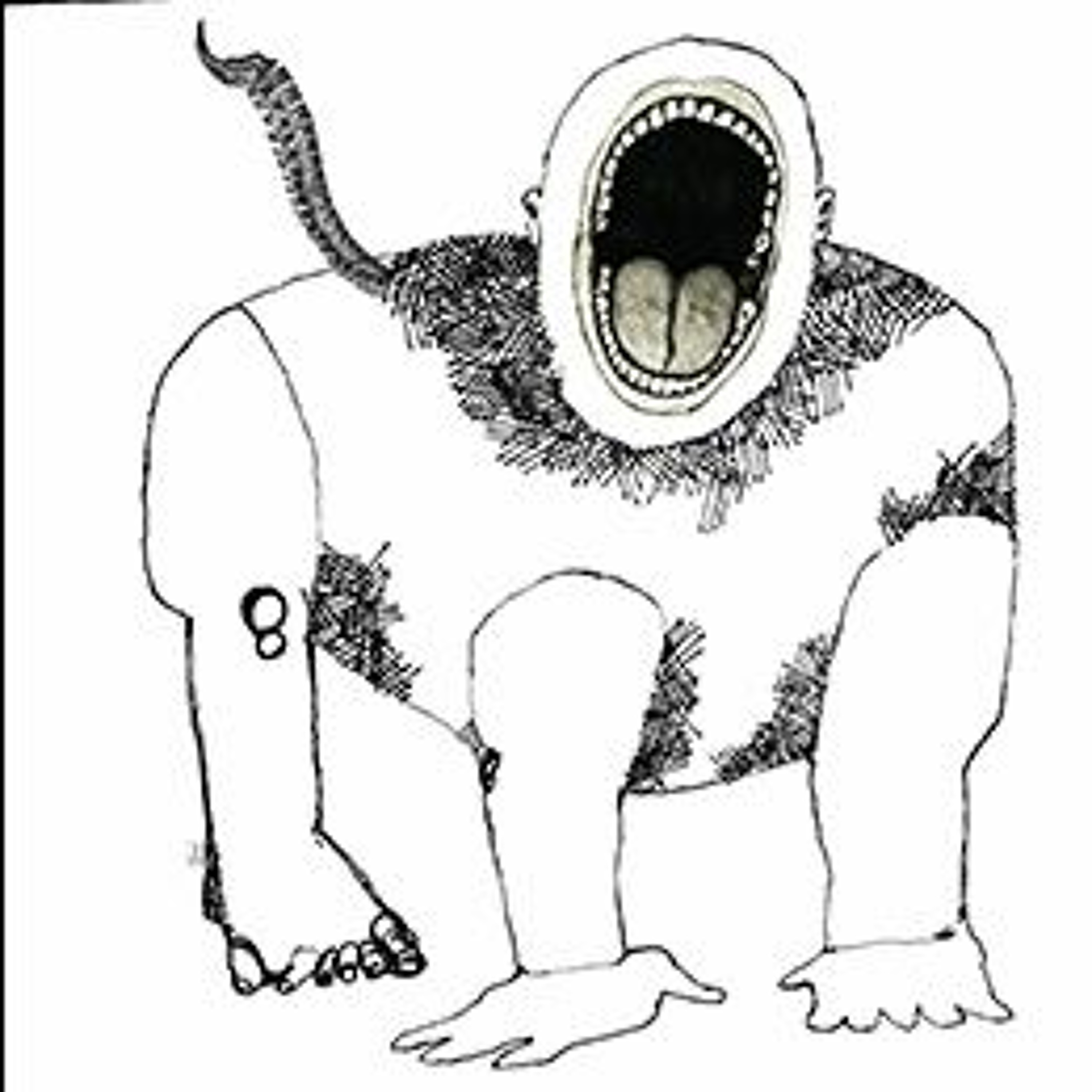 PAINWeek PodcastsRestoring Hope: The Treatment of Pelvic Pain Across the Gender SpectrumPelvic pain is a global problem affecting people across the gender spectrum through a limitation of quality of life, a loss of pleasure, and often a loss of hope for recovery. This session will outline the interdisciplinary options for taking advantage of current pain science as a framework to identify persons with pelvic pain and design treatment programs to restore optimal function. Evidence for manual therapy, psychosocial interventions, and motivational interviewing are used to describe a treatment model that promotes self-efficacy and can be used in a variety of settings. (Recorded at PAINWeek 2017)2018-10-2655 min
PAINWeek PodcastsRestoring Hope: The Treatment of Pelvic Pain Across the Gender SpectrumPelvic pain is a global problem affecting people across the gender spectrum through a limitation of quality of life, a loss of pleasure, and often a loss of hope for recovery. This session will outline the interdisciplinary options for taking advantage of current pain science as a framework to identify persons with pelvic pain and design treatment programs to restore optimal function. Evidence for manual therapy, psychosocial interventions, and motivational interviewing are used to describe a treatment model that promotes self-efficacy and can be used in a variety of settings. (Recorded at PAINWeek 2017)2018-10-2655 min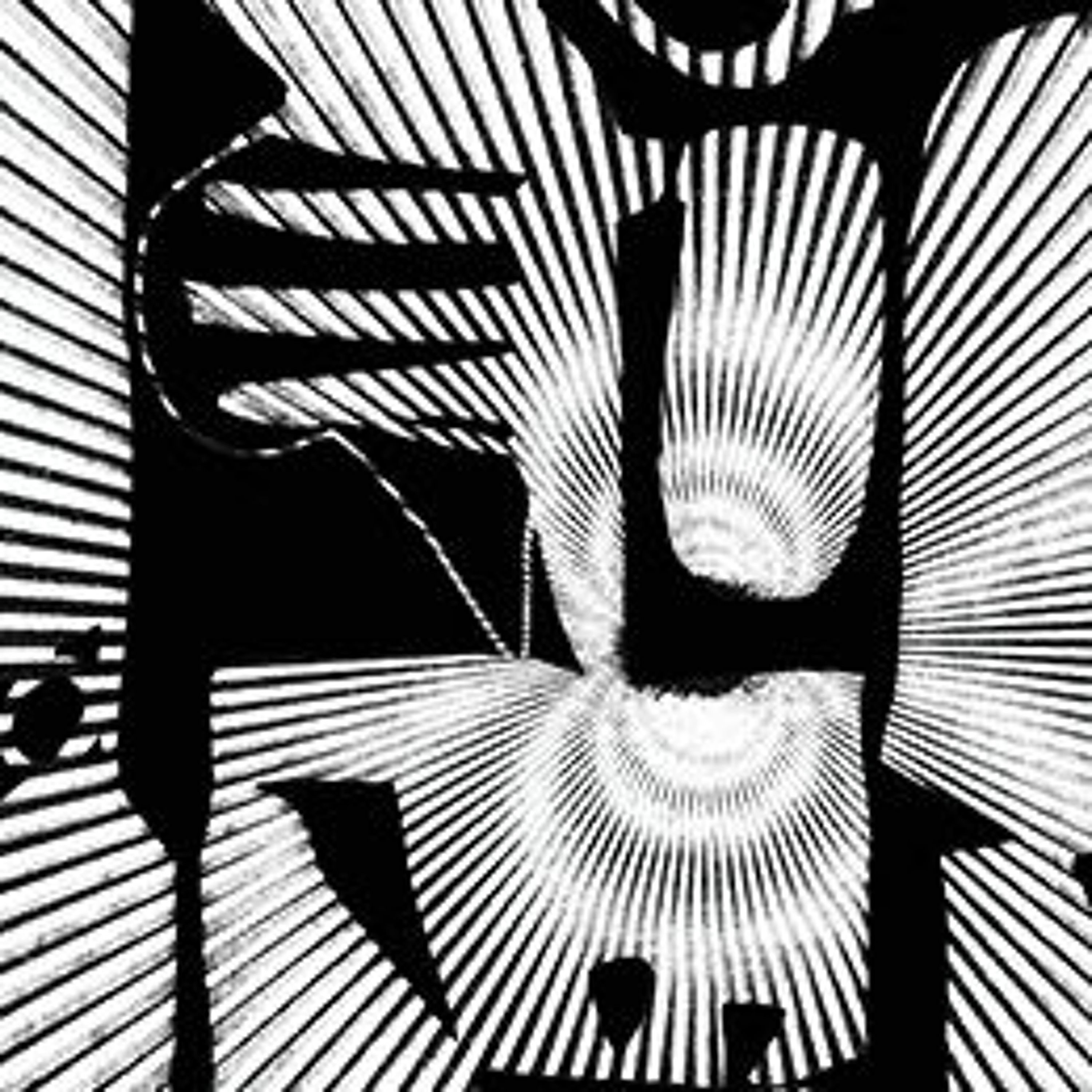 PAINWeek PodcastsPharmacogenetics: To Test or Not to Test?Pharmacogenetics provides an opportunity for individualized drug selection and dosing. The question remains whether or not the cost of testing and phenotype identification provides optimal outcomes for the patient and opportunities for providers to more precisely target therapy. Lab companies have spent considerable time and money marketing genetic testing and the relevant clinical utility. This session will highlight the controversial nature of pharmacogenetic testing through a healthy debate of PROs and CONs. The audience will learn about updates on current evidence and practice contrasted with practical limitations. The debate is sure to be entertaining and informative, leaving the audience with...2018-10-1732 min
PAINWeek PodcastsPharmacogenetics: To Test or Not to Test?Pharmacogenetics provides an opportunity for individualized drug selection and dosing. The question remains whether or not the cost of testing and phenotype identification provides optimal outcomes for the patient and opportunities for providers to more precisely target therapy. Lab companies have spent considerable time and money marketing genetic testing and the relevant clinical utility. This session will highlight the controversial nature of pharmacogenetic testing through a healthy debate of PROs and CONs. The audience will learn about updates on current evidence and practice contrasted with practical limitations. The debate is sure to be entertaining and informative, leaving the audience with...2018-10-1732 min PAINWeek PodcastsPharmasKnowGenetics vs Pharmacogenetics UnveiledPharmacogenetics is an emerging field and is defined as the variability in drug response due to genetics. Genetic differences can be divided into pharmacokinetic (what the body does to the drug) and pharmacodynamic (what the drug does to the body) biomarkers. Pharmacokinetic biomarkers include cytochrome P450 enzymes, drug transporters, and more. Examples of pharmacodynamic biomarkers important to pain therapeutics include opioid mu receptor 1 (OPRM 1), catechol-o-methyltransferase (COMT), and methylenetetrahydrofolate reductase (MTHFR). Ultimately, polymorphic variations in these biomarkers may lead to alterations in effectiveness, safety, and tolerability of medications. In this comprehensive interactive forum, led by Dr. Jeffrey Fudin, the next generation...2018-10-1249 min
PAINWeek PodcastsPharmasKnowGenetics vs Pharmacogenetics UnveiledPharmacogenetics is an emerging field and is defined as the variability in drug response due to genetics. Genetic differences can be divided into pharmacokinetic (what the body does to the drug) and pharmacodynamic (what the drug does to the body) biomarkers. Pharmacokinetic biomarkers include cytochrome P450 enzymes, drug transporters, and more. Examples of pharmacodynamic biomarkers important to pain therapeutics include opioid mu receptor 1 (OPRM 1), catechol-o-methyltransferase (COMT), and methylenetetrahydrofolate reductase (MTHFR). Ultimately, polymorphic variations in these biomarkers may lead to alterations in effectiveness, safety, and tolerability of medications. In this comprehensive interactive forum, led by Dr. Jeffrey Fudin, the next generation...2018-10-1249 min PAINWeek PodcastsChronic Pain AssessmentEffective clinical interviewing and pain assessment are critical to the appropriate diagnosis and management of pain. In this presentation, the clinician attendee learns how to apply principles of effective communication and also ascertain how to evaluate available assessment tools. (Recorded at PAINWeek 2017)2018-10-0545 min
PAINWeek PodcastsChronic Pain AssessmentEffective clinical interviewing and pain assessment are critical to the appropriate diagnosis and management of pain. In this presentation, the clinician attendee learns how to apply principles of effective communication and also ascertain how to evaluate available assessment tools. (Recorded at PAINWeek 2017)2018-10-0545 min PAINWeek PodcastsSpeed Dating With the Pharmacy Ladies: Pain Management and Palliative CareComplex medication decisions are an integral part of treating patients with pain and palliative care. Pharmacists have a unique perspective on using these medications creatively and effectively. This session will flirt with tips and tricks on using medications appropriately for patients with chronic pain and those facing advanced diseases. Whether debriding a medication profile, aggressively treating symptoms, or strategizing a dosage formulation, it can be hard to commit to medication decisions. Two pharmacists will “speed date” their way through medication tips designed to impart highly important and little known medication facts that are important in pain management and palliative care prac...2018-09-2701 min
PAINWeek PodcastsSpeed Dating With the Pharmacy Ladies: Pain Management and Palliative CareComplex medication decisions are an integral part of treating patients with pain and palliative care. Pharmacists have a unique perspective on using these medications creatively and effectively. This session will flirt with tips and tricks on using medications appropriately for patients with chronic pain and those facing advanced diseases. Whether debriding a medication profile, aggressively treating symptoms, or strategizing a dosage formulation, it can be hard to commit to medication decisions. Two pharmacists will “speed date” their way through medication tips designed to impart highly important and little known medication facts that are important in pain management and palliative care prac...2018-09-2701 min PAINWeek PodcastsHow Many Lawyers Does It Take to Keep a Practitioner Out of Trouble?To provide high quality care for individuals with pain, a healthcare practitioner should have current knowledge of clinical standards, analyze each patient’s medical needs, and create an individualized treatment plan. Similarly, to provide high quality legal counsel to pain care practitioners, an attorney should have current knowledge of the law, analyze each factual situation, and recommend a compliance plan specific to the circumstances. Healthcare and legal professionals alike practice more of an art than a science, making decisions based on their formal education and training, case studies, literature, and practical experience. In this presentation, 3 legal professionals will share their ap...2018-09-2053 min
PAINWeek PodcastsHow Many Lawyers Does It Take to Keep a Practitioner Out of Trouble?To provide high quality care for individuals with pain, a healthcare practitioner should have current knowledge of clinical standards, analyze each patient’s medical needs, and create an individualized treatment plan. Similarly, to provide high quality legal counsel to pain care practitioners, an attorney should have current knowledge of the law, analyze each factual situation, and recommend a compliance plan specific to the circumstances. Healthcare and legal professionals alike practice more of an art than a science, making decisions based on their formal education and training, case studies, literature, and practical experience. In this presentation, 3 legal professionals will share their ap...2018-09-2053 min PAINWeek PodcastsNeurogenic Thoracic Outlet SyndromePain represents a foremost feature of neurogenic thoracic outlet syndrome (NTOS). Symptoms include ipsilateral upper extremity pain, sensory loss, shoulder and neck discomfort, arm paresis or edema, headache, and even sympathetic nervous system impairment. The presentation will cover an evidence based review of the classification, etiology, clinical presentation, diagnostic measures, and surgical treatment of NTOS with a focus on nonoperative therapies such as physical modalities, pharmacological therapies, and more contemporary minimally invasive, cervicothoracic intramuscular treatments with botulinum toxin. (Recorded at PAINWeek 2017)2018-09-1349 min
PAINWeek PodcastsNeurogenic Thoracic Outlet SyndromePain represents a foremost feature of neurogenic thoracic outlet syndrome (NTOS). Symptoms include ipsilateral upper extremity pain, sensory loss, shoulder and neck discomfort, arm paresis or edema, headache, and even sympathetic nervous system impairment. The presentation will cover an evidence based review of the classification, etiology, clinical presentation, diagnostic measures, and surgical treatment of NTOS with a focus on nonoperative therapies such as physical modalities, pharmacological therapies, and more contemporary minimally invasive, cervicothoracic intramuscular treatments with botulinum toxin. (Recorded at PAINWeek 2017)2018-09-1349 min PAINWeek PodcastsWhen Pain Is Not Sexy: Evaluation and Management of Sexual Pain in FemalesIt is estimated that up to 21% of women worldwide experience significant pain during intercourse at some point in their lifetime. Research shows that most women suffer in silence for years before they obtain proper care. Pain during intercourse, or dyspareunia, can be classified into superficial dyspareunia (pain with entry affecting the vulvar vestibule or vaginal introitus) or deep dyspareunia (internal pain with vaginal penetration). Superficial dyspareunia can be associated with vaginal dermatosis, atrophic vaginitis, vulvovaginitis, and vulvodynia, whereas deep dyspareunia is commonly caused by endometriosis, adhesions, fibroids, and cervicitis. Dyspareunia can occur before, during, or following intercourse and can be...2018-08-2953 min
PAINWeek PodcastsWhen Pain Is Not Sexy: Evaluation and Management of Sexual Pain in FemalesIt is estimated that up to 21% of women worldwide experience significant pain during intercourse at some point in their lifetime. Research shows that most women suffer in silence for years before they obtain proper care. Pain during intercourse, or dyspareunia, can be classified into superficial dyspareunia (pain with entry affecting the vulvar vestibule or vaginal introitus) or deep dyspareunia (internal pain with vaginal penetration). Superficial dyspareunia can be associated with vaginal dermatosis, atrophic vaginitis, vulvovaginitis, and vulvodynia, whereas deep dyspareunia is commonly caused by endometriosis, adhesions, fibroids, and cervicitis. Dyspareunia can occur before, during, or following intercourse and can be...2018-08-2953 min PAINWeek PodcastsRegenerative Medicine for Chronic Pain: Who, What, and When?Humans have been searching for the Fountain of Youth for millennia. Some people feel that regenerative medicine is that magical fountain while others believe it is a fad. As with many emerging topics, there is curiosity and confusion. While the regenerative medicine field is relatively new to most people, there is already a wide variety of treatments and technologies available including, but not limited to, stem cells. We will discuss the various options of regenerative medicine and conditions that have been treated with them. (Recorded at PAINWeek 2017)2018-08-291h 02
PAINWeek PodcastsRegenerative Medicine for Chronic Pain: Who, What, and When?Humans have been searching for the Fountain of Youth for millennia. Some people feel that regenerative medicine is that magical fountain while others believe it is a fad. As with many emerging topics, there is curiosity and confusion. While the regenerative medicine field is relatively new to most people, there is already a wide variety of treatments and technologies available including, but not limited to, stem cells. We will discuss the various options of regenerative medicine and conditions that have been treated with them. (Recorded at PAINWeek 2017)2018-08-291h 02 PAINWeek PodcastsItsa Schmerz! Treatment of Preemptive and Perioperative Pain after Spine SurgeryNew paradigms of patient care postsurgery (such as spinal surgery) utilizing both pre- and postoperative multimodal approaches to analgesia, nonopioid medications specifically, will be discussed. Included in the course will be presurgical and immediate postoperative medications, and both acute and chronic/persistent postoperative pain. And yes, we will mention opiates! We will cover preventative analgesia, concepts for perioperative pain control, regional or local anesthetics, the analgesic selection process, monitoring special populations, and discharge pain treatment plans. (Recorded at PAINWeek 2017)2018-08-221h 06
PAINWeek PodcastsItsa Schmerz! Treatment of Preemptive and Perioperative Pain after Spine SurgeryNew paradigms of patient care postsurgery (such as spinal surgery) utilizing both pre- and postoperative multimodal approaches to analgesia, nonopioid medications specifically, will be discussed. Included in the course will be presurgical and immediate postoperative medications, and both acute and chronic/persistent postoperative pain. And yes, we will mention opiates! We will cover preventative analgesia, concepts for perioperative pain control, regional or local anesthetics, the analgesic selection process, monitoring special populations, and discharge pain treatment plans. (Recorded at PAINWeek 2017)2018-08-221h 06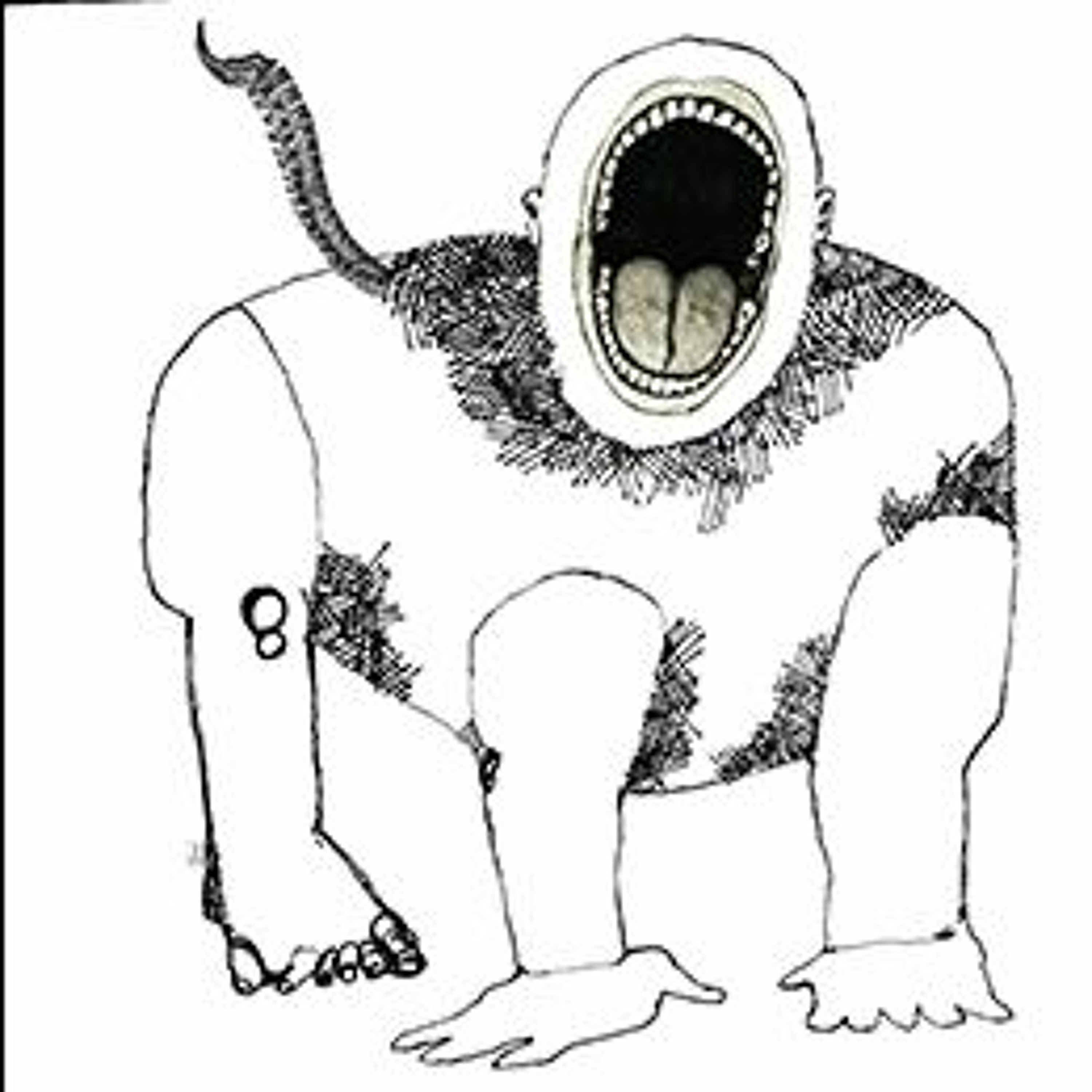 PAINWeek PodcastsExercise Prescription for Patients With Chronic PainPatients with chronic pain are less active than average, exposing them to increasing risks of comorbid conditions, resulting in decreasing functional status for ADLs and low activity ability. This cycle results in low tolerance for physical activities; decreased participation in school, workforce, or in job retraining programs; increased care costs; and a poorer prognosis for recovery and return to a healthy and independent lifestyle. Clinicians of all backgrounds can profit from understanding the benefits of exercise as a treatment and prevention approach for their patients, as well as learning practical strategies for implementing exercise therapy in the clinic and improving...2018-08-1643 min
PAINWeek PodcastsExercise Prescription for Patients With Chronic PainPatients with chronic pain are less active than average, exposing them to increasing risks of comorbid conditions, resulting in decreasing functional status for ADLs and low activity ability. This cycle results in low tolerance for physical activities; decreased participation in school, workforce, or in job retraining programs; increased care costs; and a poorer prognosis for recovery and return to a healthy and independent lifestyle. Clinicians of all backgrounds can profit from understanding the benefits of exercise as a treatment and prevention approach for their patients, as well as learning practical strategies for implementing exercise therapy in the clinic and improving...2018-08-1643 min PAINWeek PodcastsIncorporating Motivational Interviewing Into Challenging ConversationsMotivational interviewing is a patient centered, collaborative style of communication that represents one tool to help clinicians overcome the challenges of conversations surrounding opioid tapers. MI can help strengthen motivation and interest in health behavior change. With regard to initiating an opioid taper, MI may elicit reasons for committing to an opioid taper, confirm beliefs in the ability to successfully complete a taper, and increase commitment to a treatment plan. Additionally, MI may increase provider comfort and skill in guiding conversations that have potential to cause conflict and undermine patient-provider rapport. Although training and education about the use of MI...2018-08-091h 34
PAINWeek PodcastsIncorporating Motivational Interviewing Into Challenging ConversationsMotivational interviewing is a patient centered, collaborative style of communication that represents one tool to help clinicians overcome the challenges of conversations surrounding opioid tapers. MI can help strengthen motivation and interest in health behavior change. With regard to initiating an opioid taper, MI may elicit reasons for committing to an opioid taper, confirm beliefs in the ability to successfully complete a taper, and increase commitment to a treatment plan. Additionally, MI may increase provider comfort and skill in guiding conversations that have potential to cause conflict and undermine patient-provider rapport. Although training and education about the use of MI...2018-08-091h 34 PAINWeek PodcastsNew Drugs in Pain Management and Palliative CareThis is a MUST session for all practitioners who wish to remain cutting edge and prepared for questions from patients and other practitioners concerning new medications. Up to 100 new drugs and dosage formulations are approved every year by the Food and Drug Administration. Some of these are new molecular entities, while others are new formulations, new indications, generic drug approvals, or labeling revisions. Participants in this fast paced session will learn about new medications approved in 2015/2016 and their usefulness in treating pain and symptoms associated with advanced illness. Specifically, participants will learn the indication, any off-label uses, adverse effects, major...2018-08-0252 min
PAINWeek PodcastsNew Drugs in Pain Management and Palliative CareThis is a MUST session for all practitioners who wish to remain cutting edge and prepared for questions from patients and other practitioners concerning new medications. Up to 100 new drugs and dosage formulations are approved every year by the Food and Drug Administration. Some of these are new molecular entities, while others are new formulations, new indications, generic drug approvals, or labeling revisions. Participants in this fast paced session will learn about new medications approved in 2015/2016 and their usefulness in treating pain and symptoms associated with advanced illness. Specifically, participants will learn the indication, any off-label uses, adverse effects, major...2018-08-0252 min